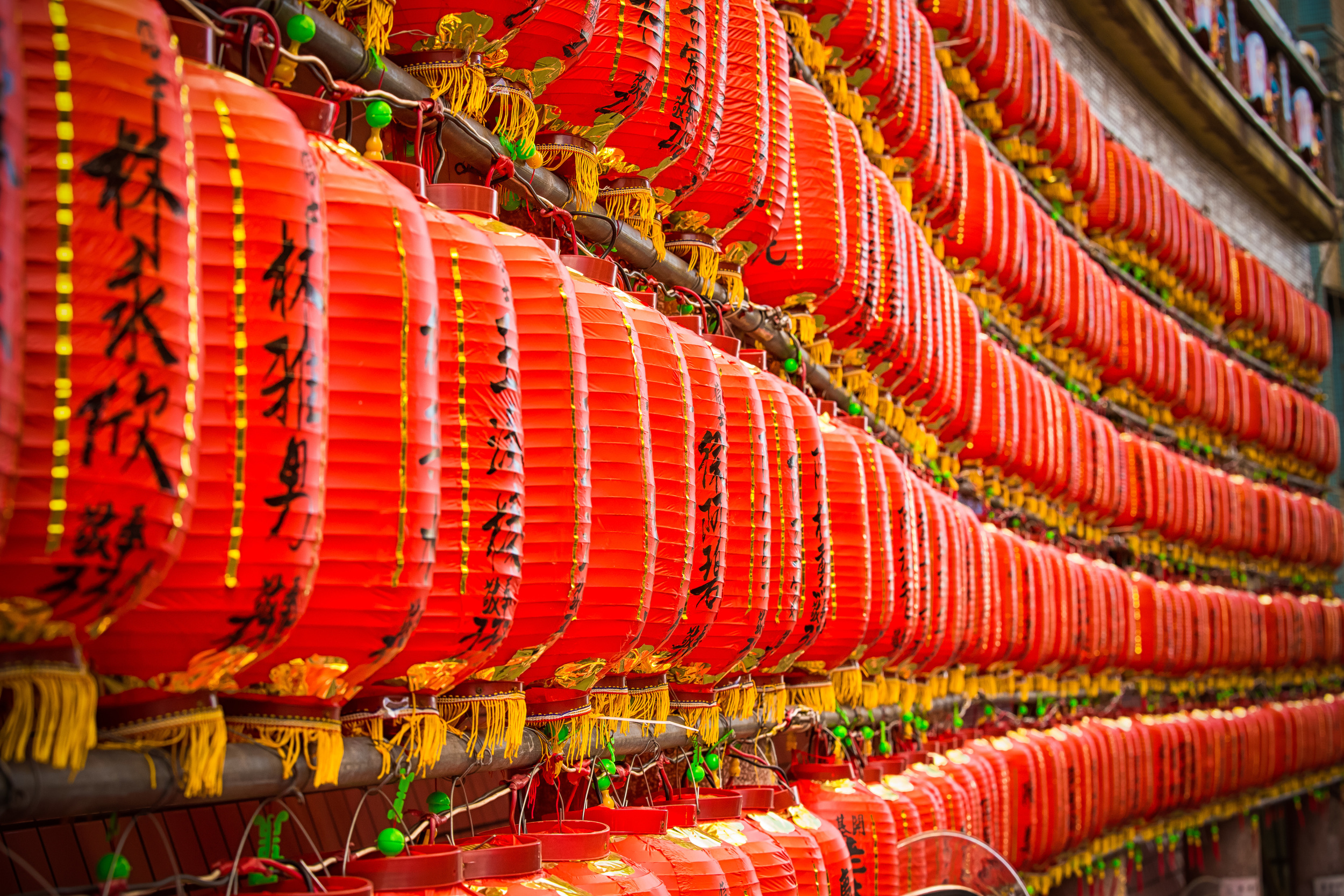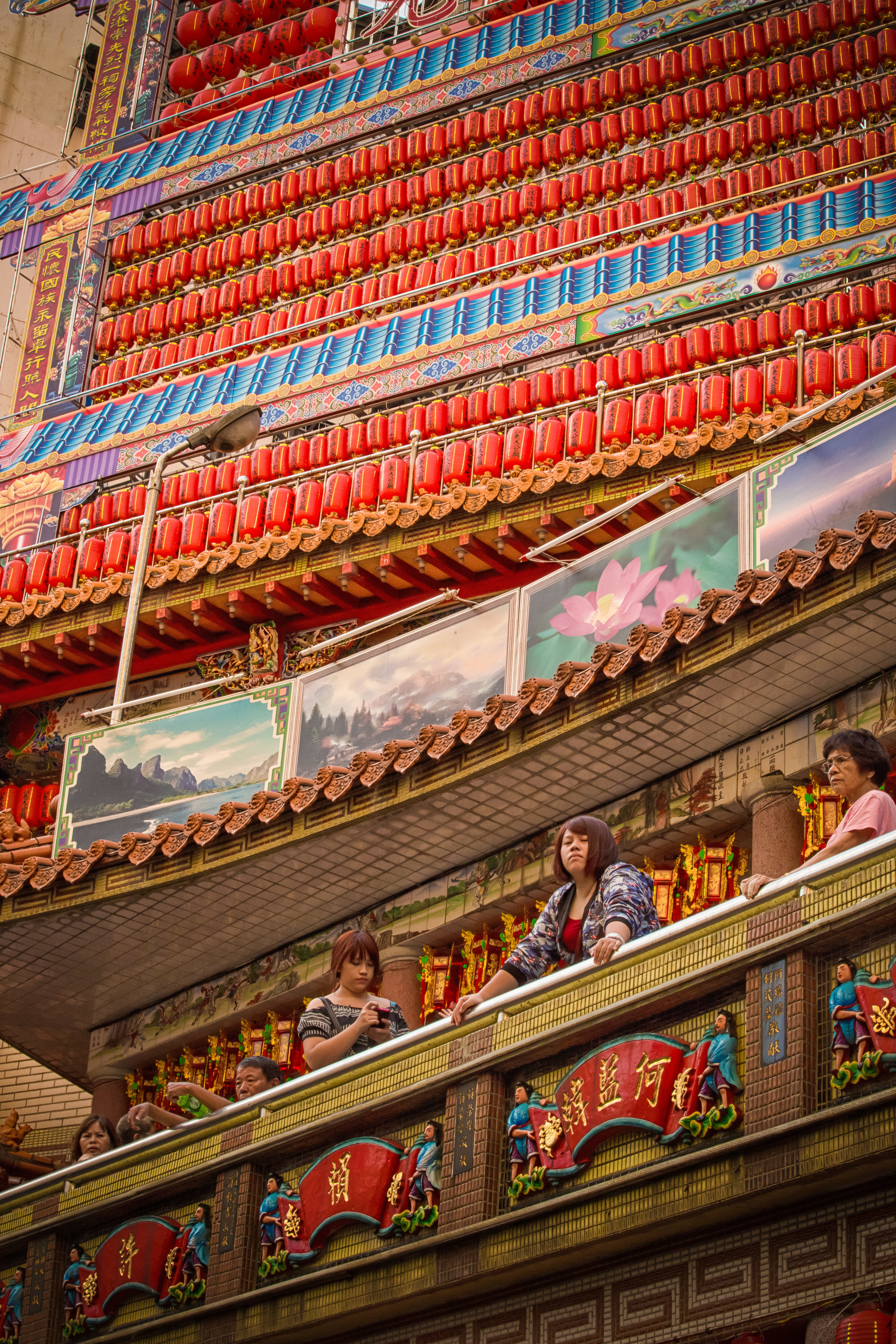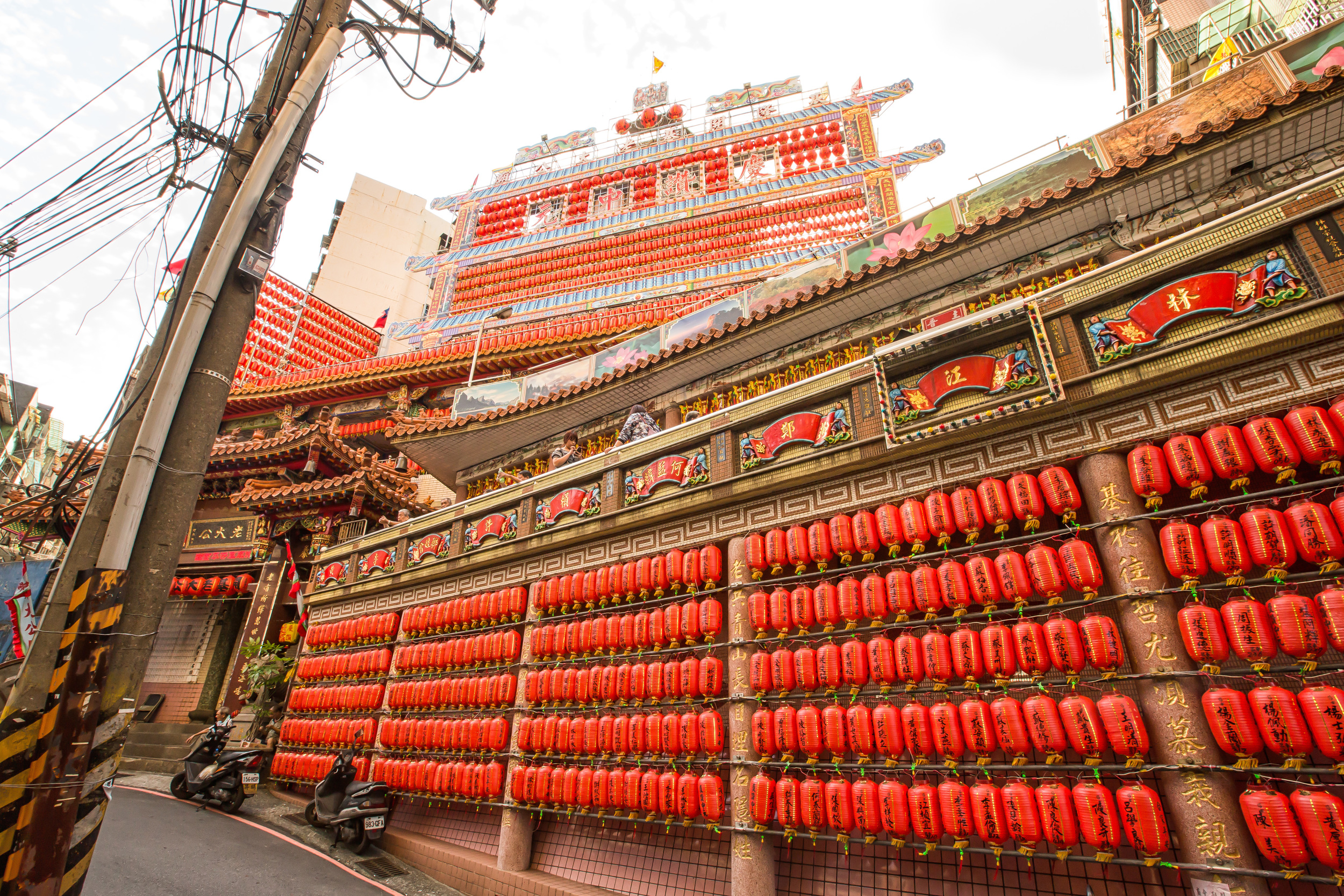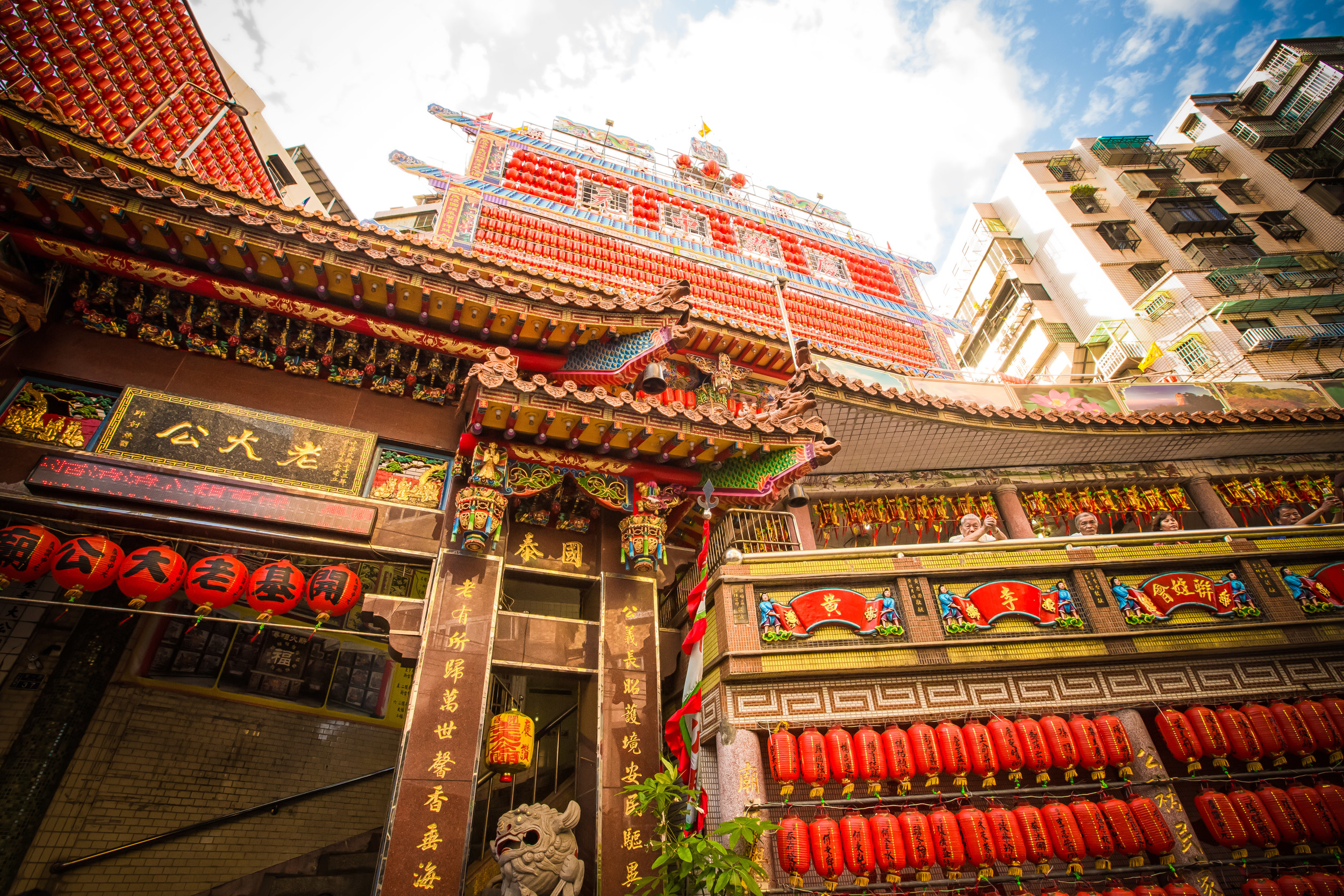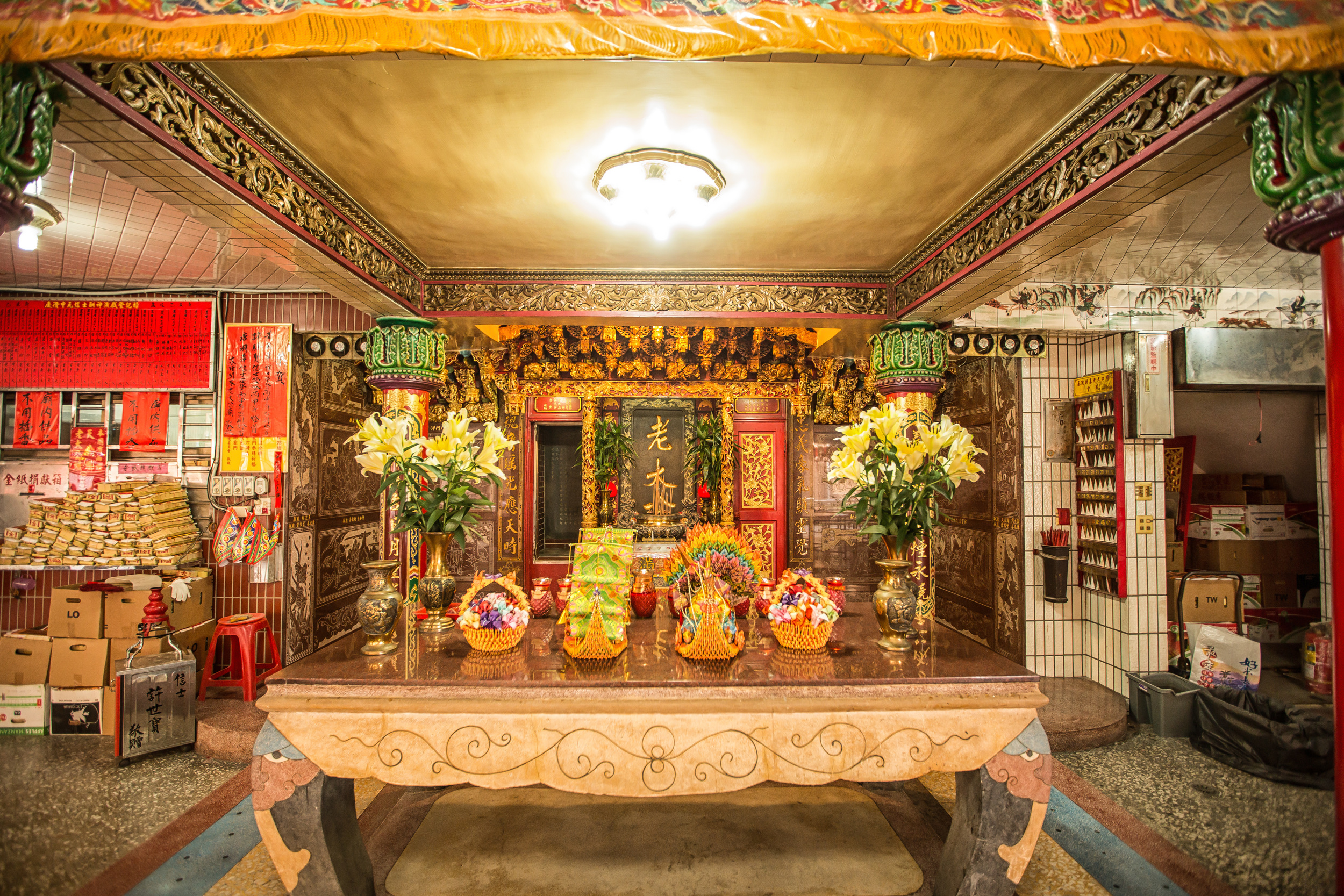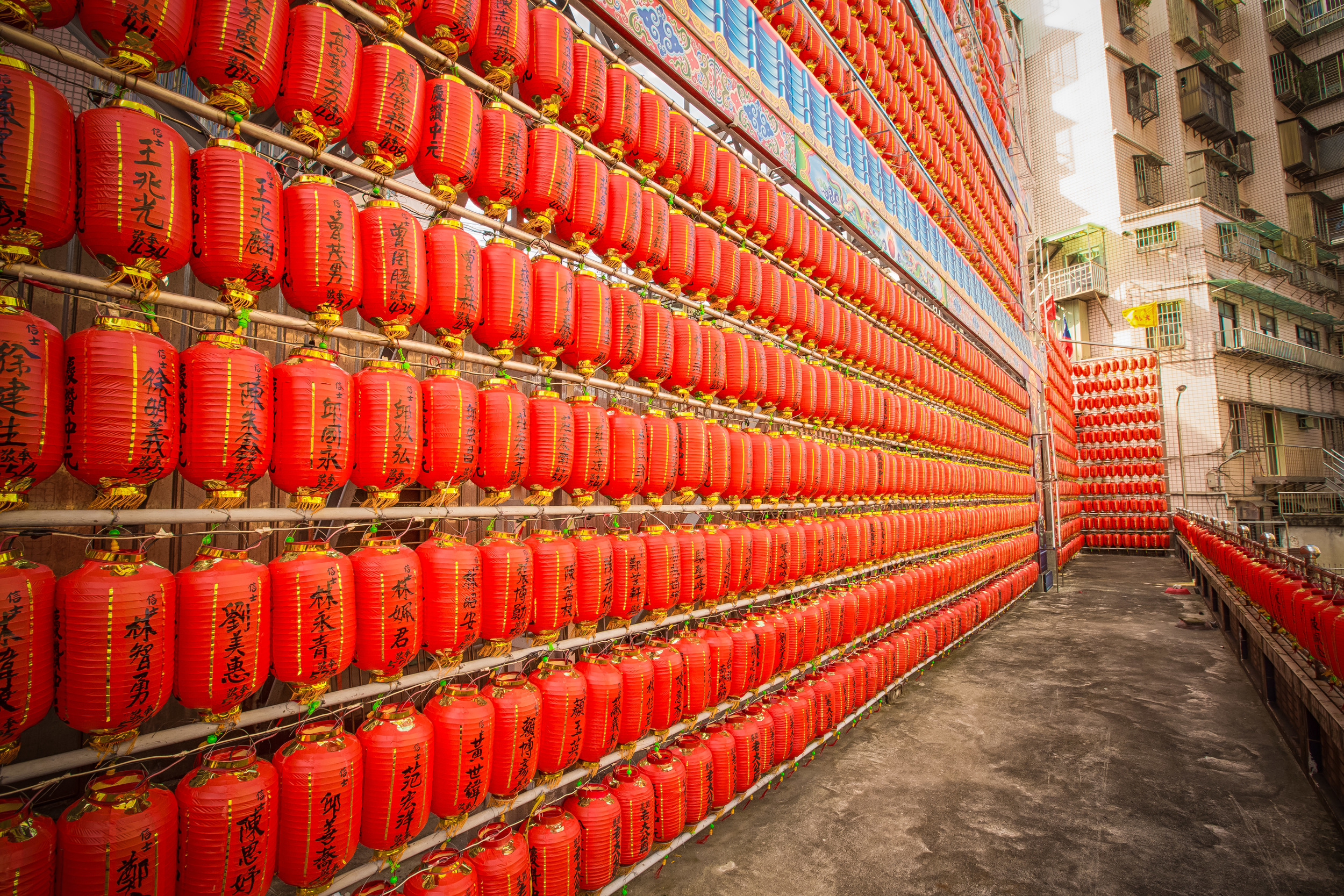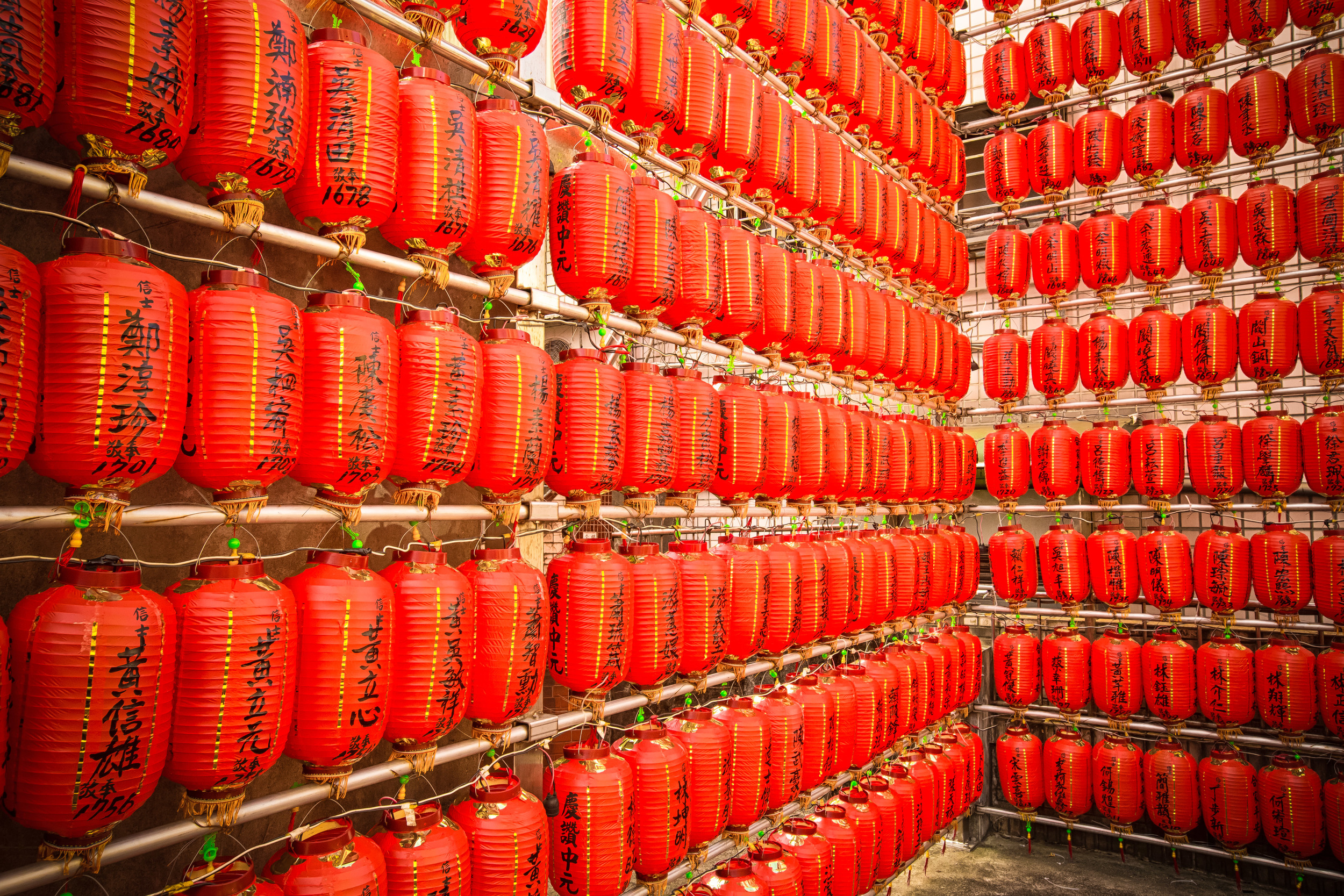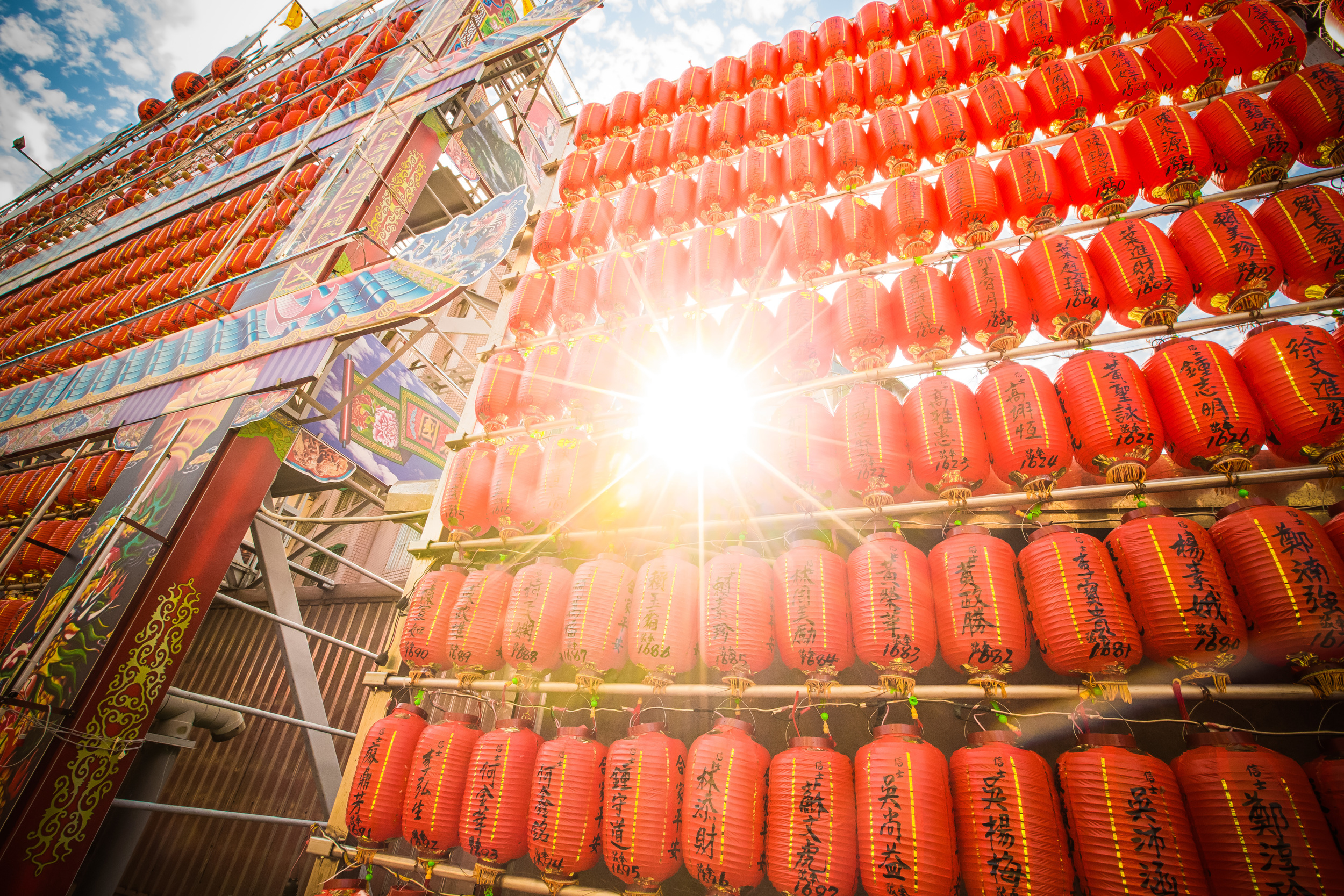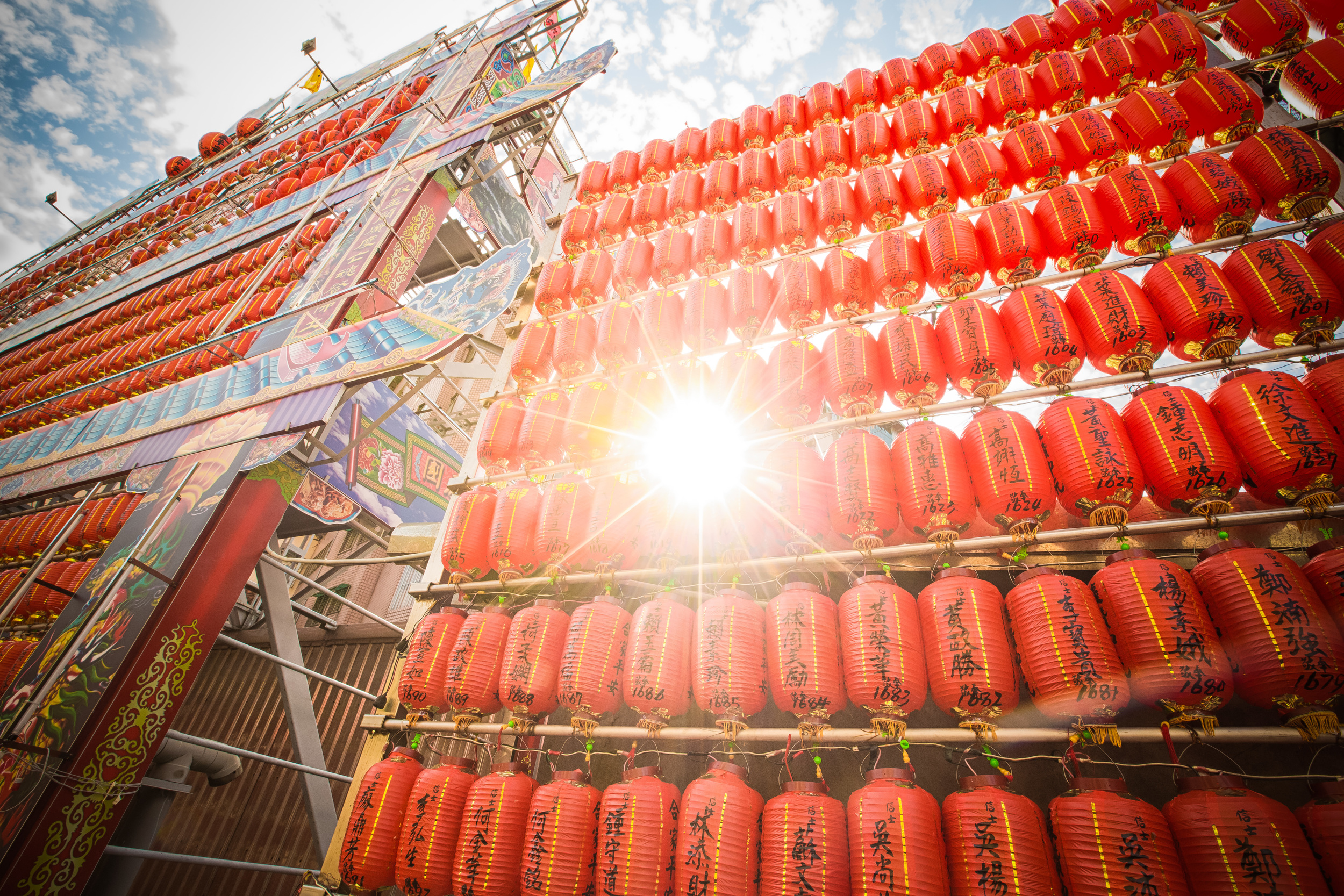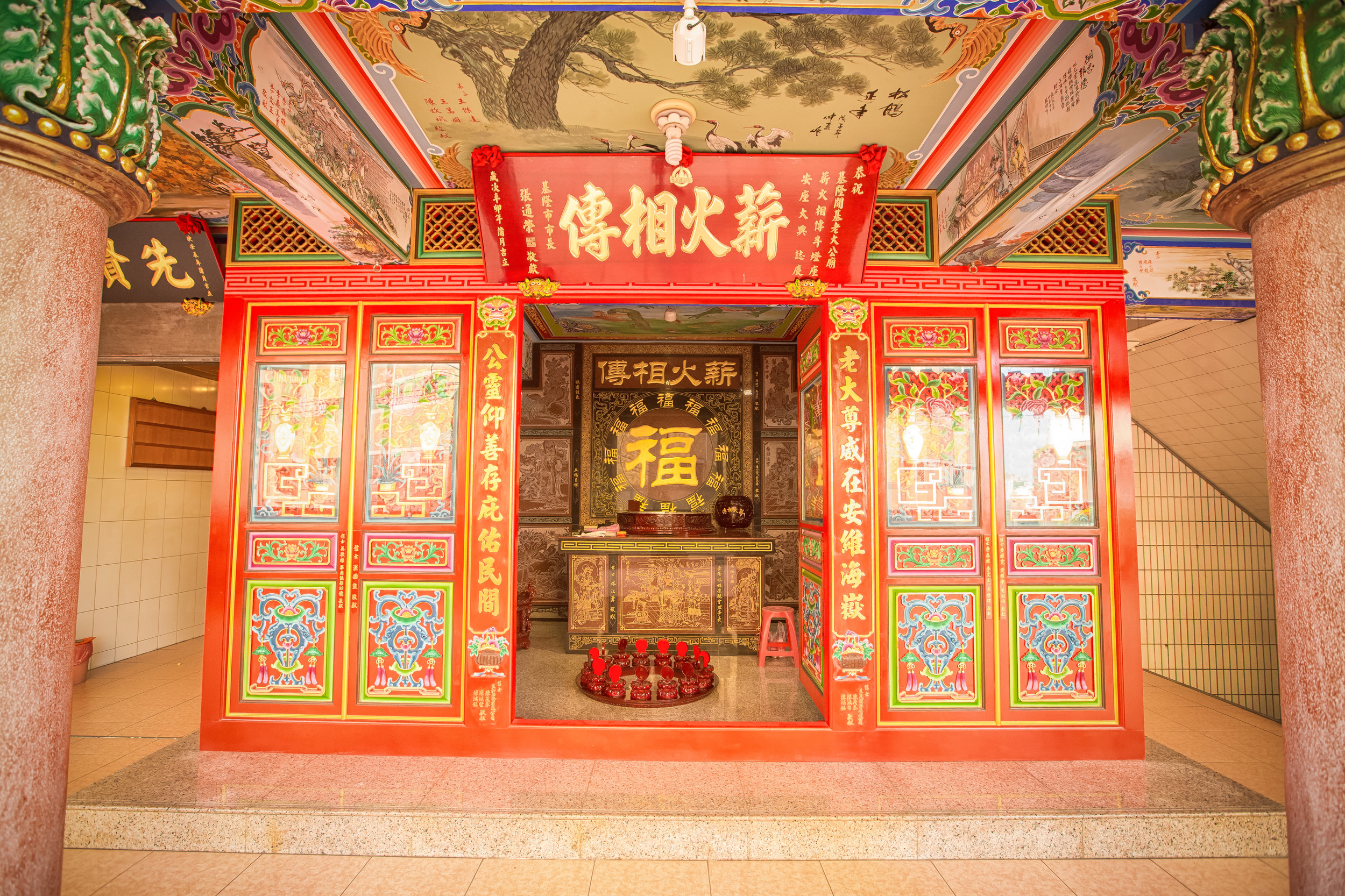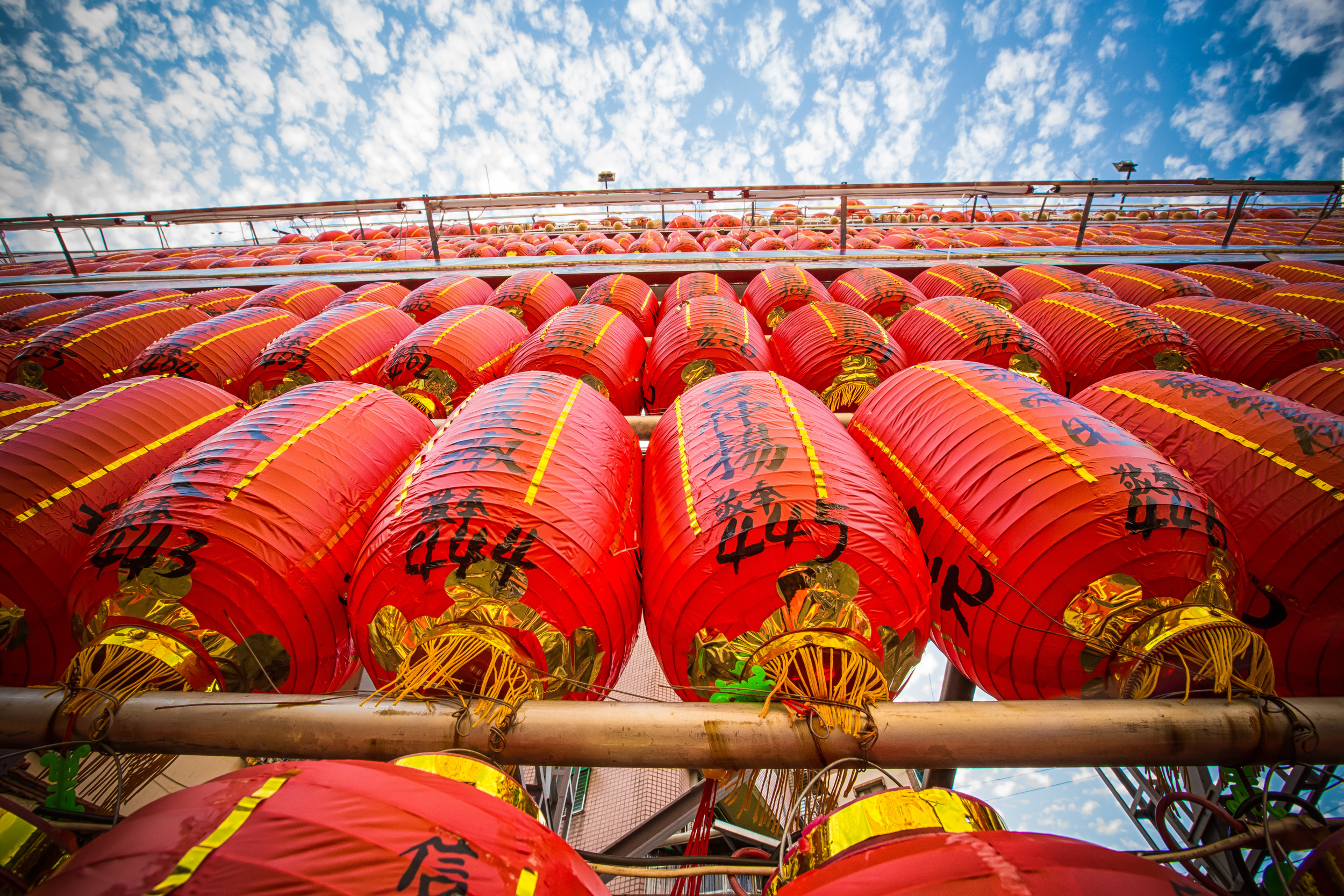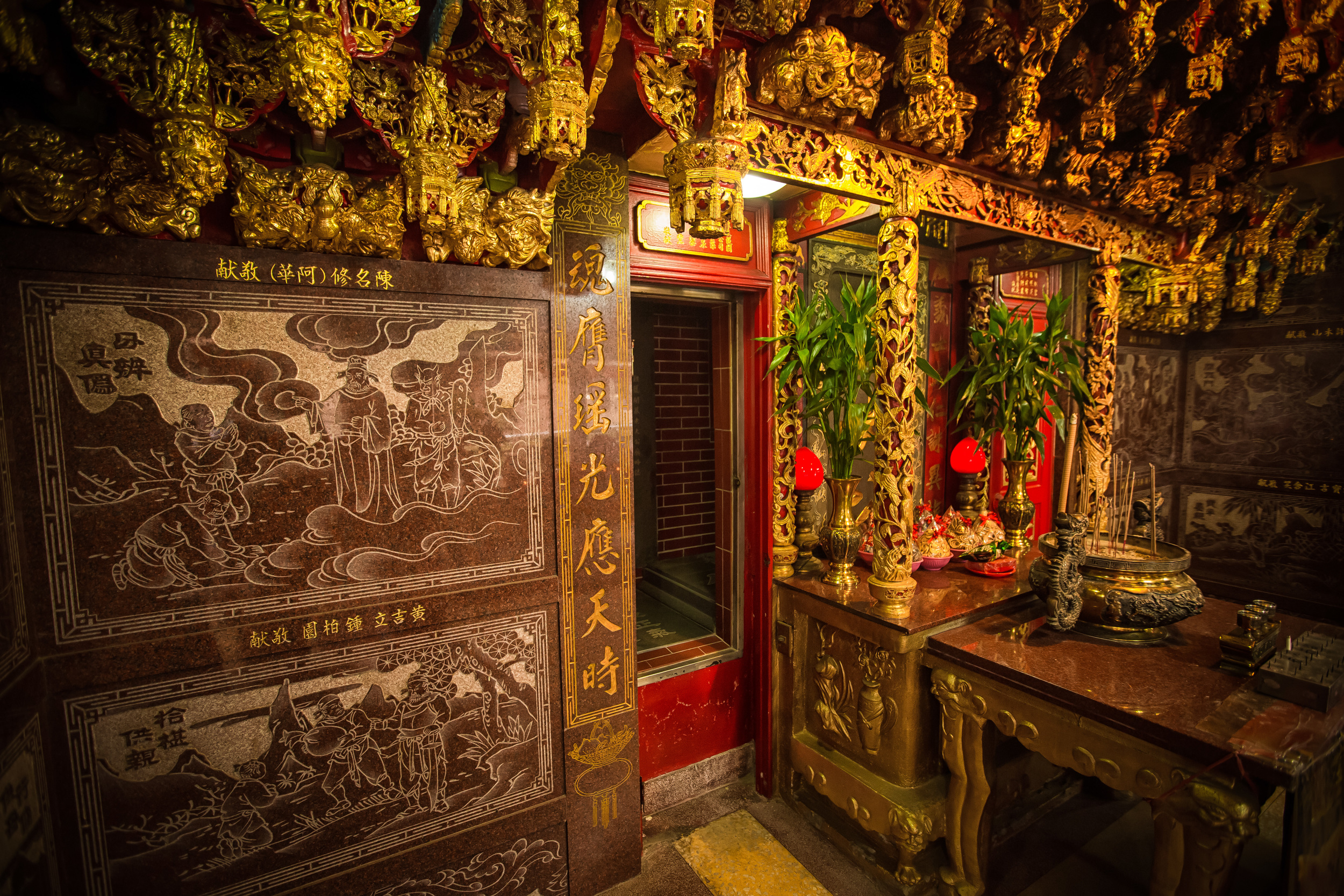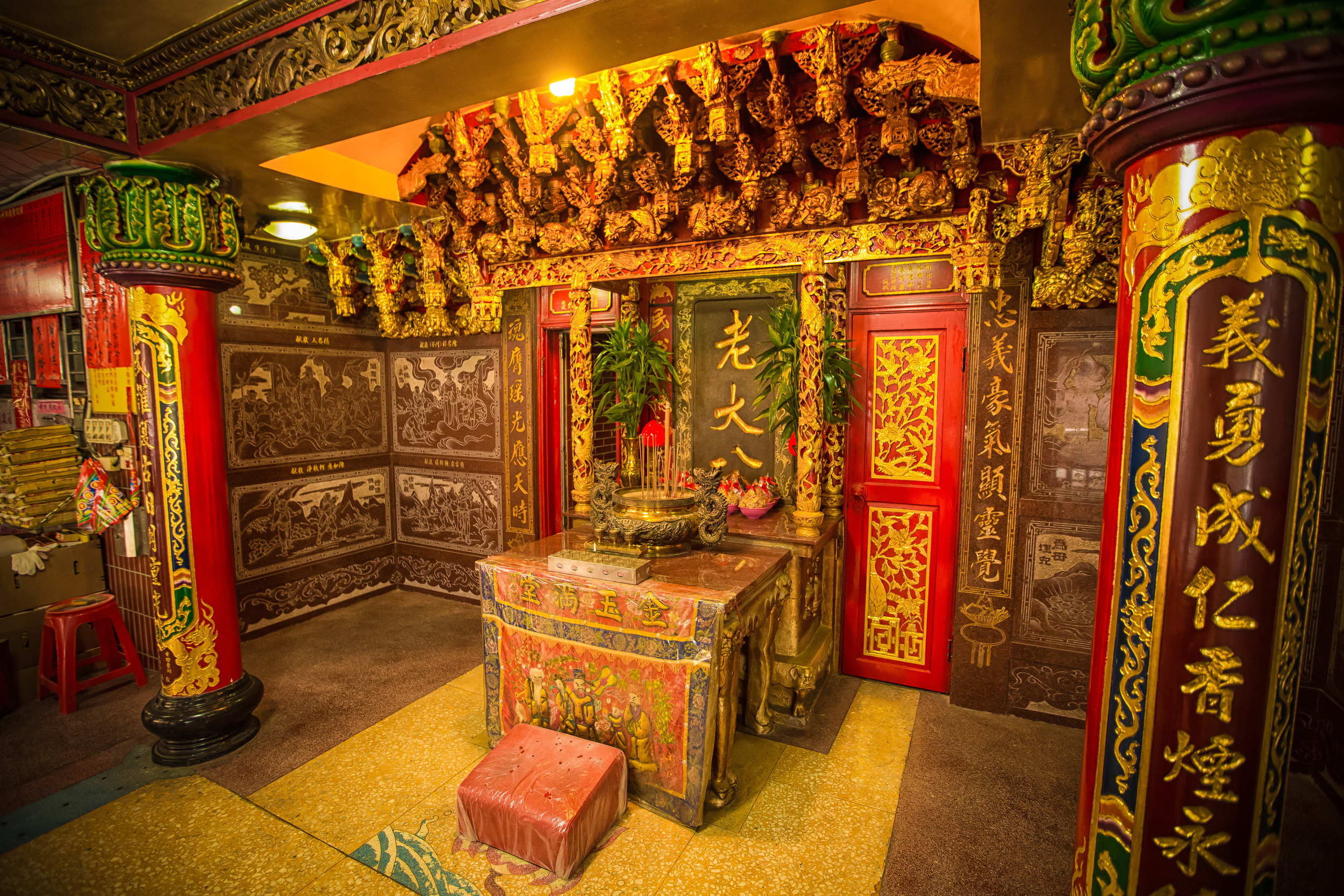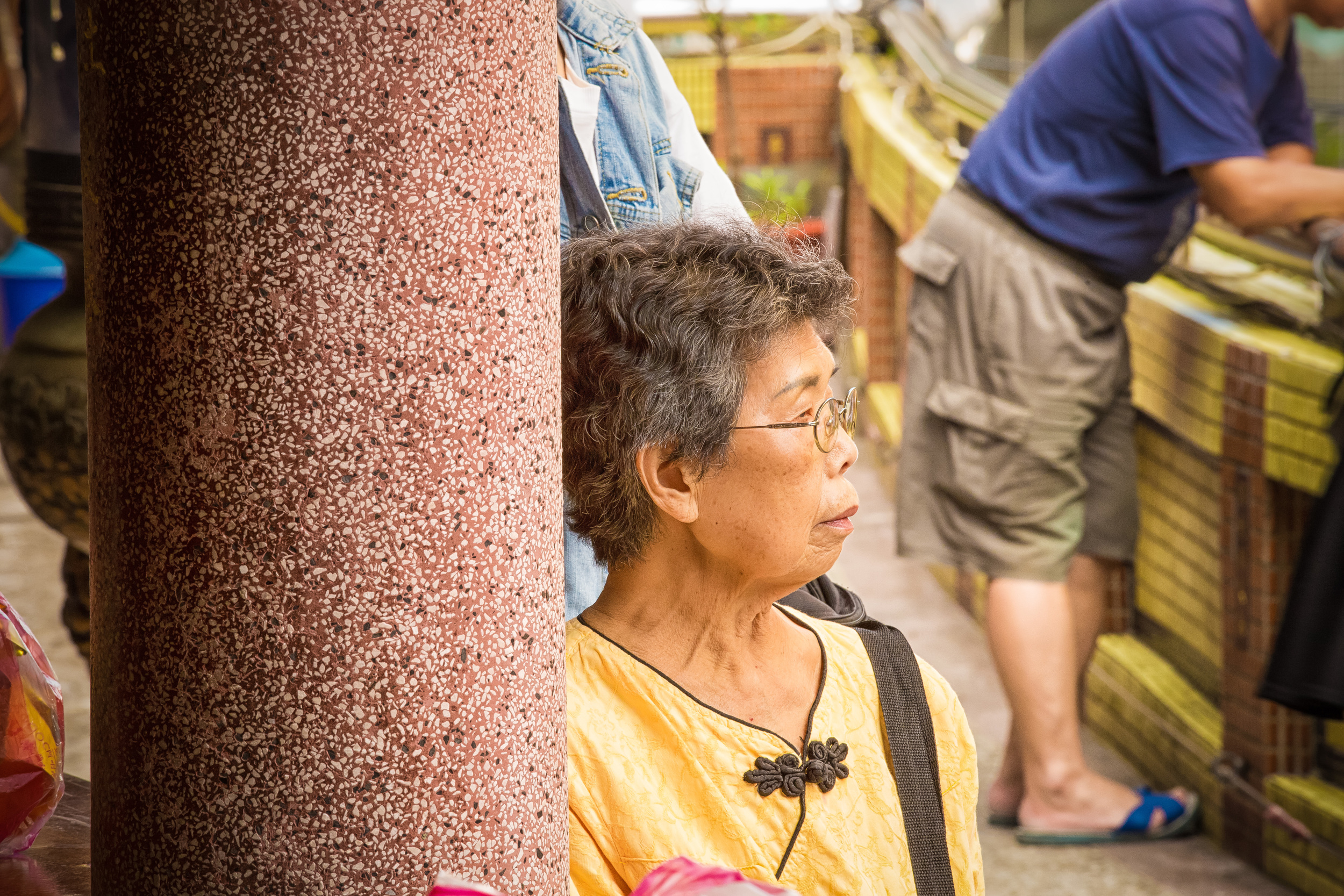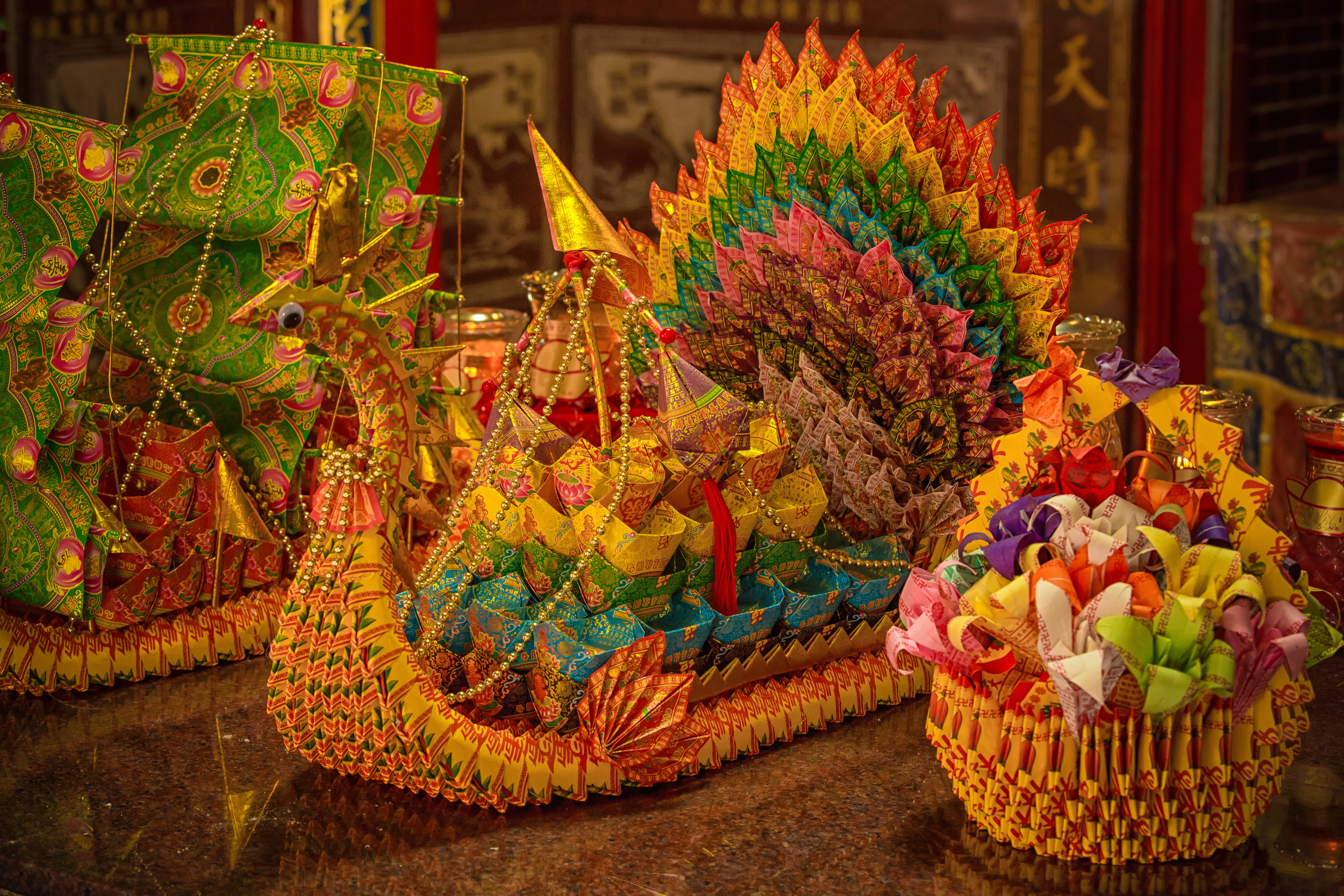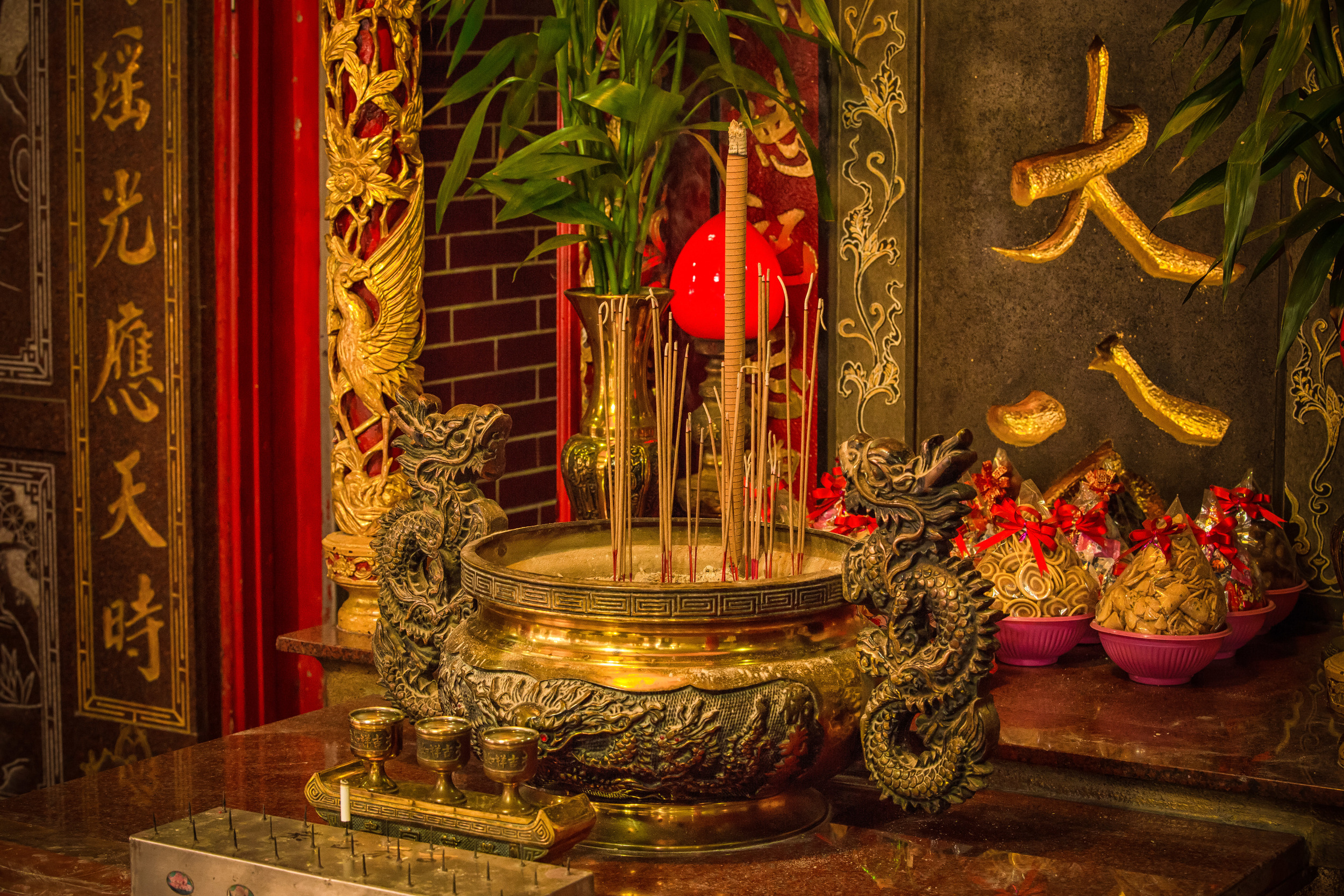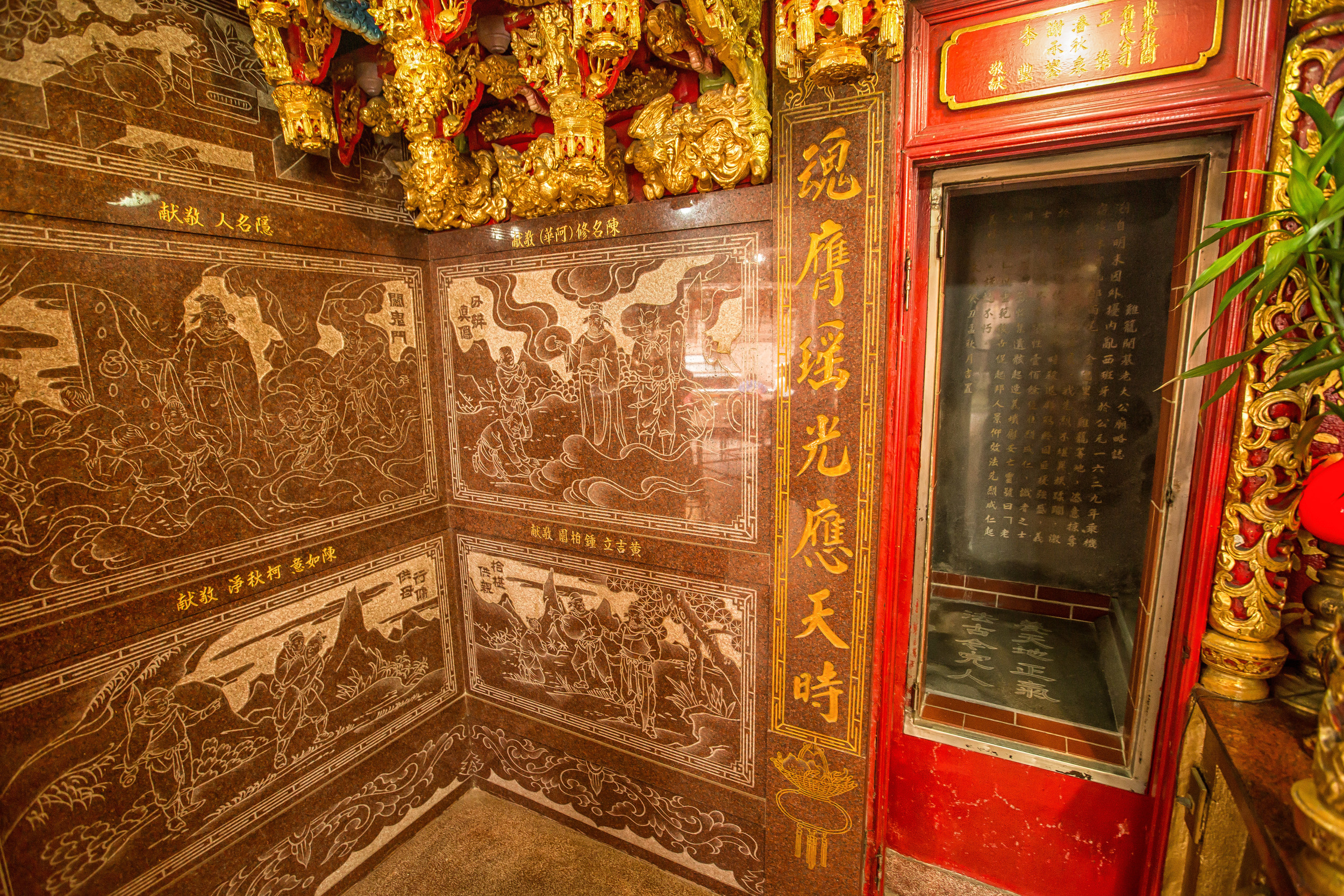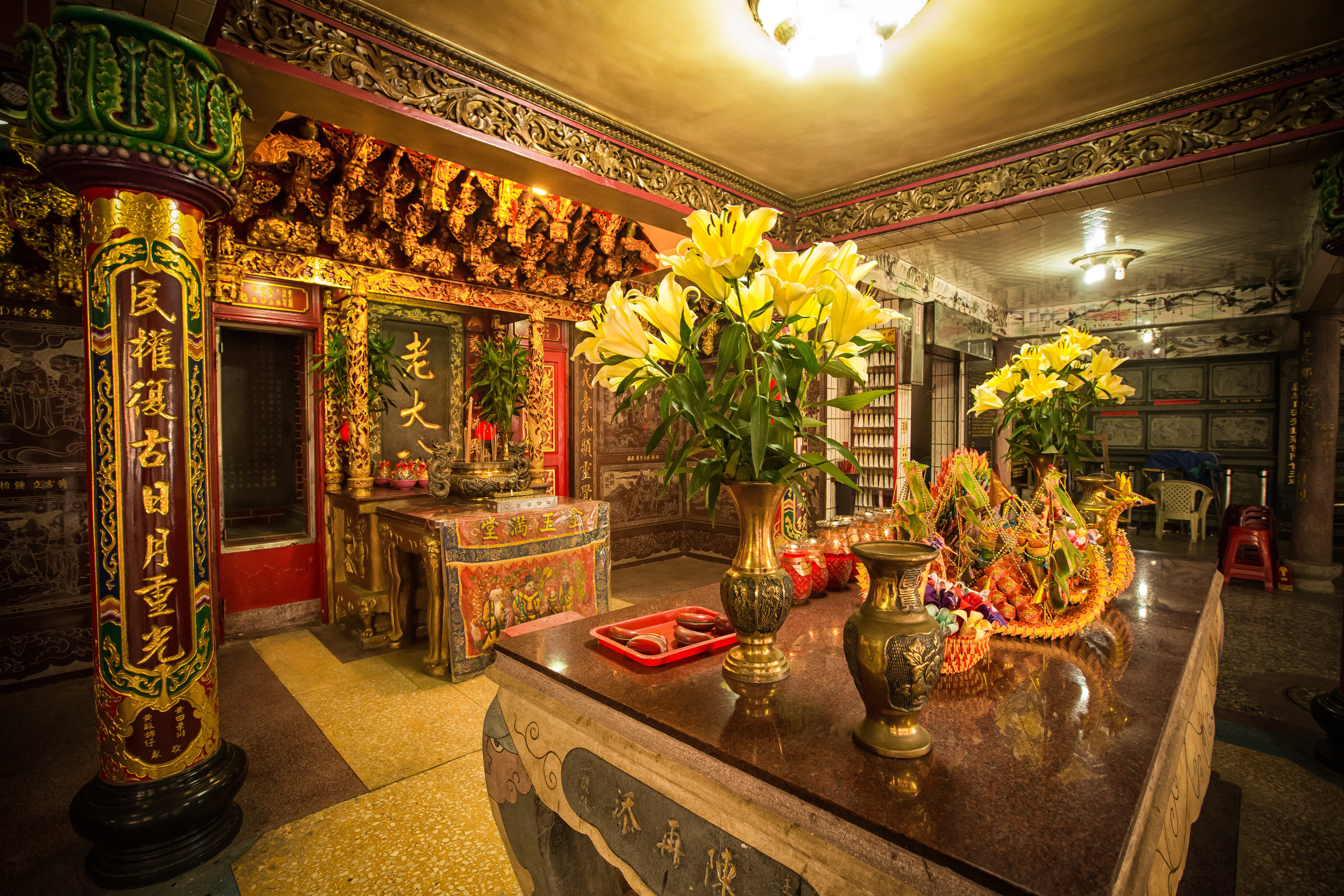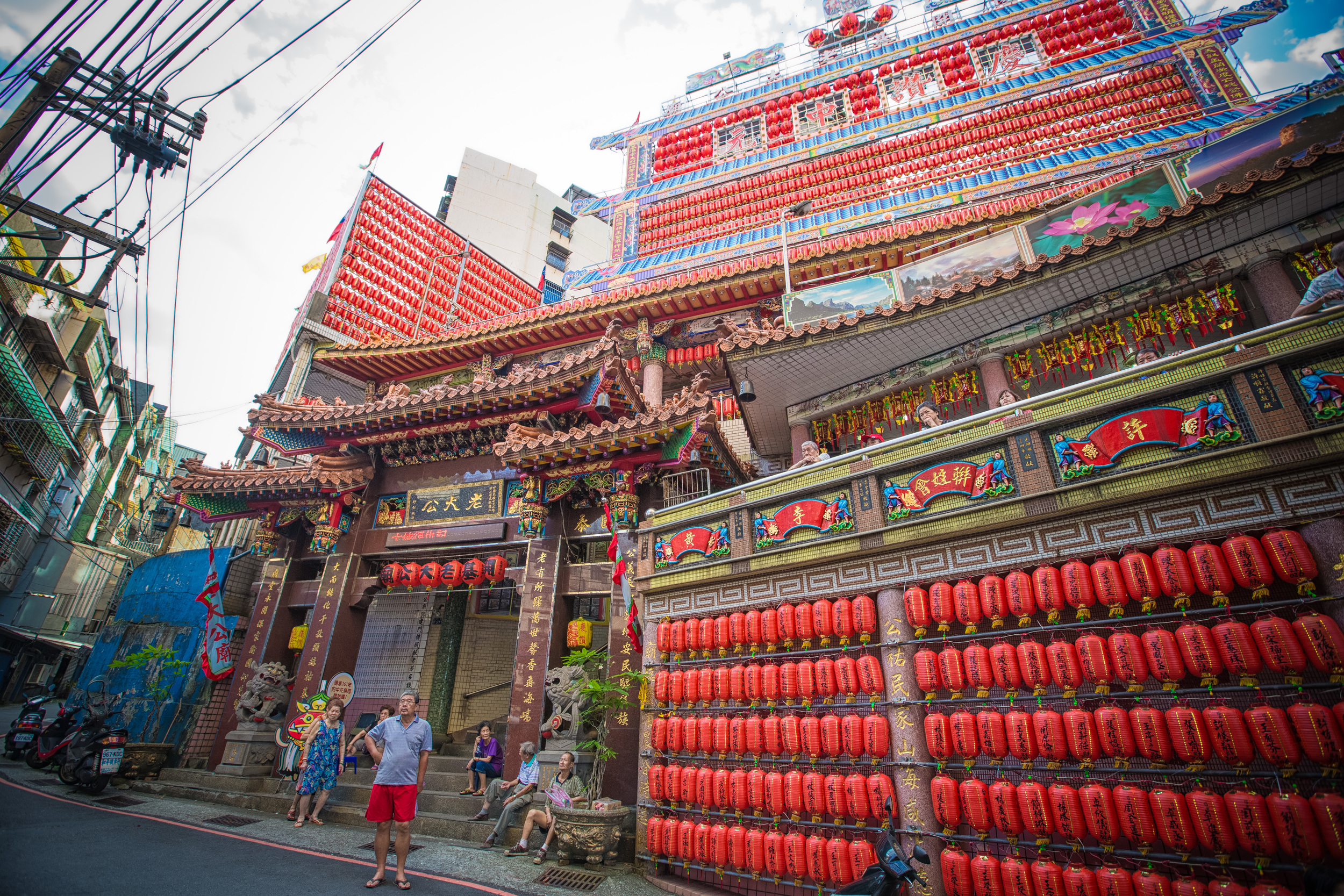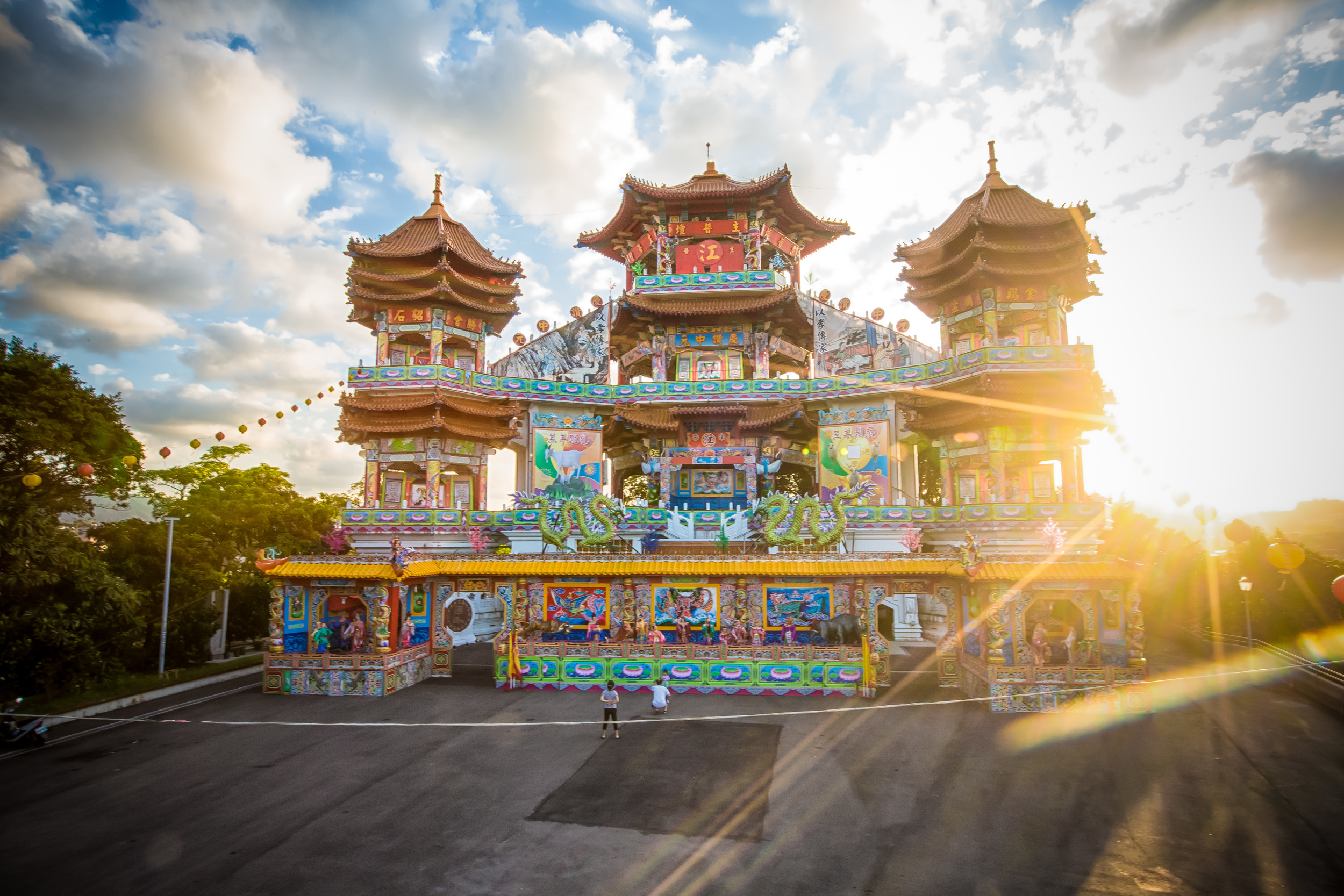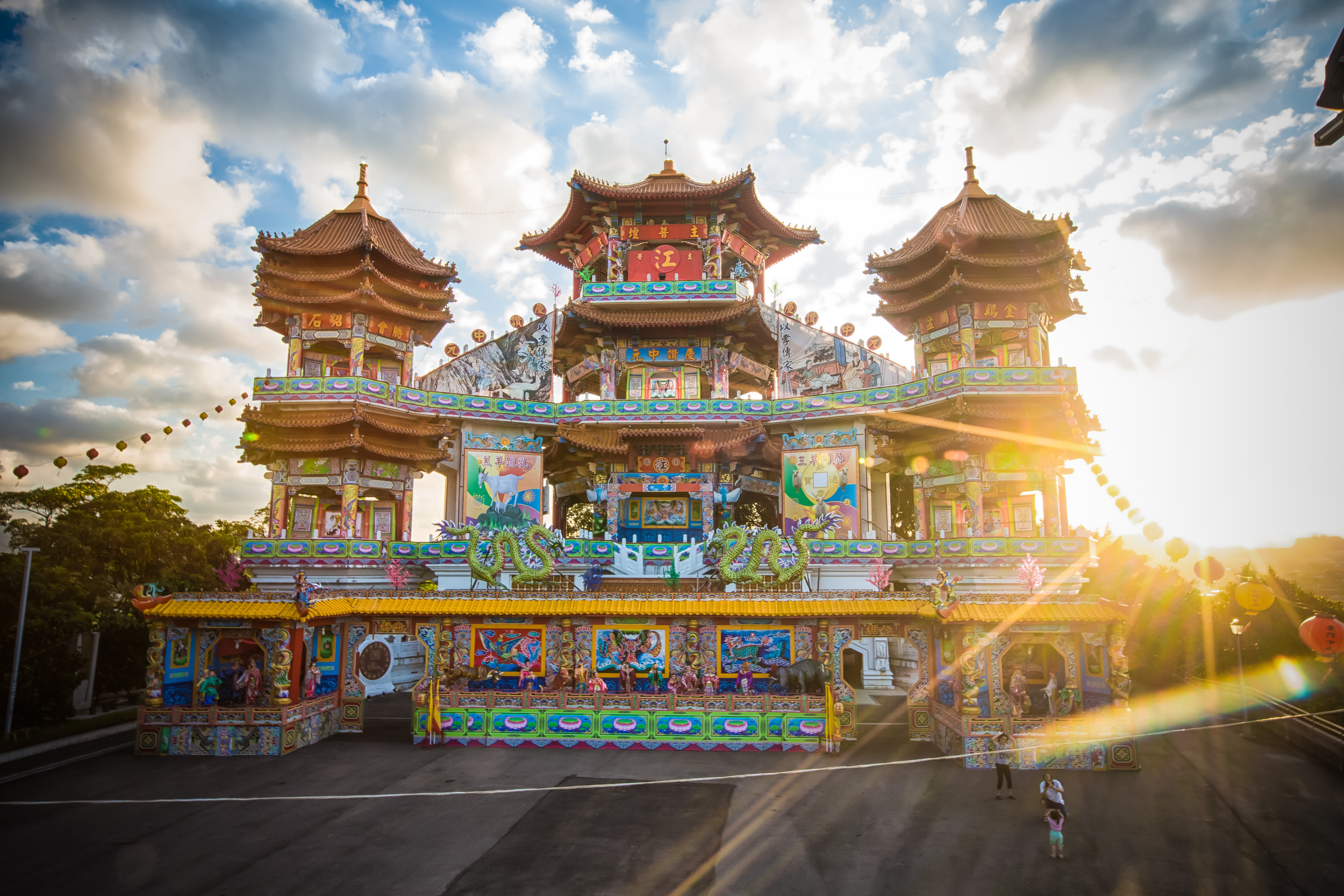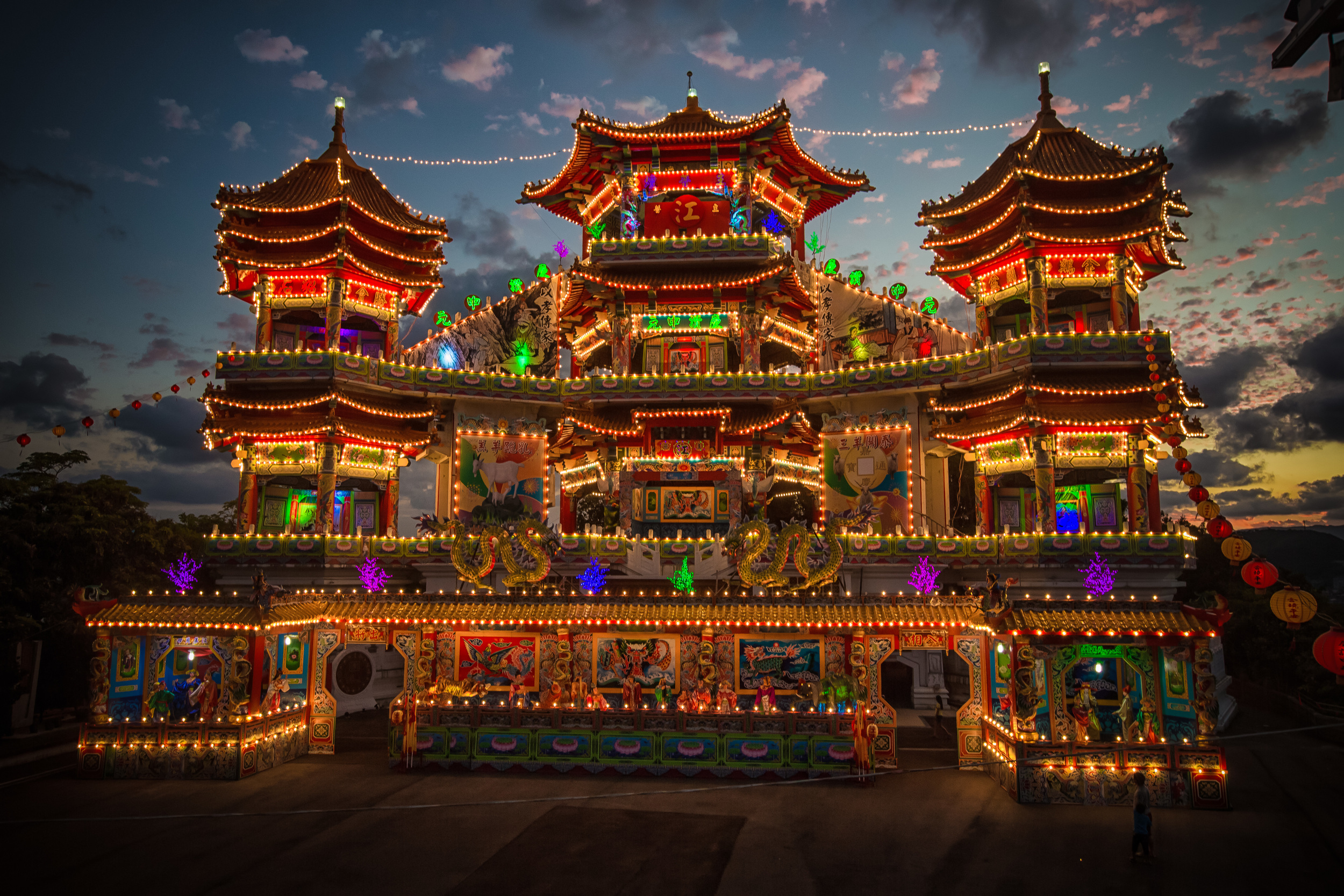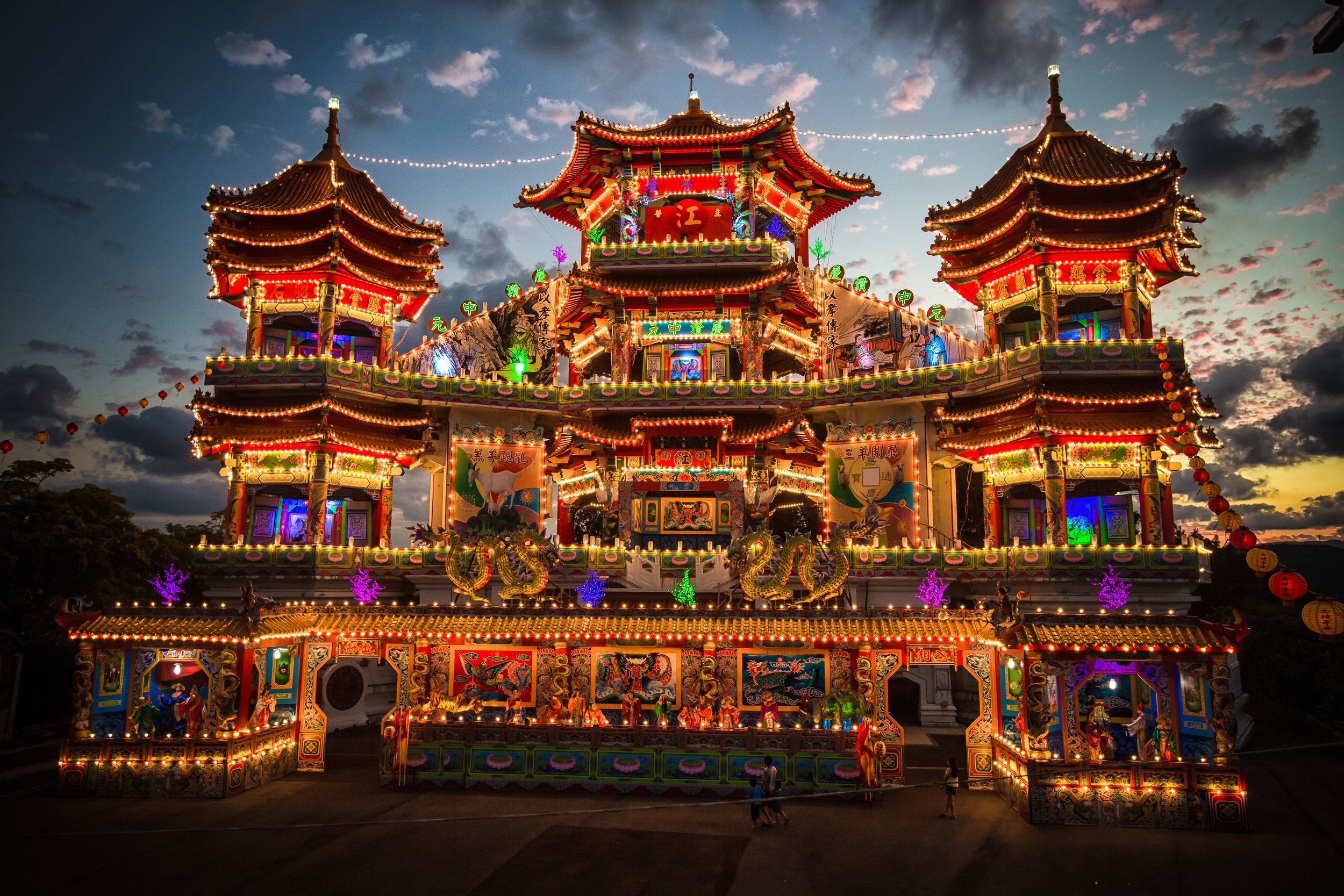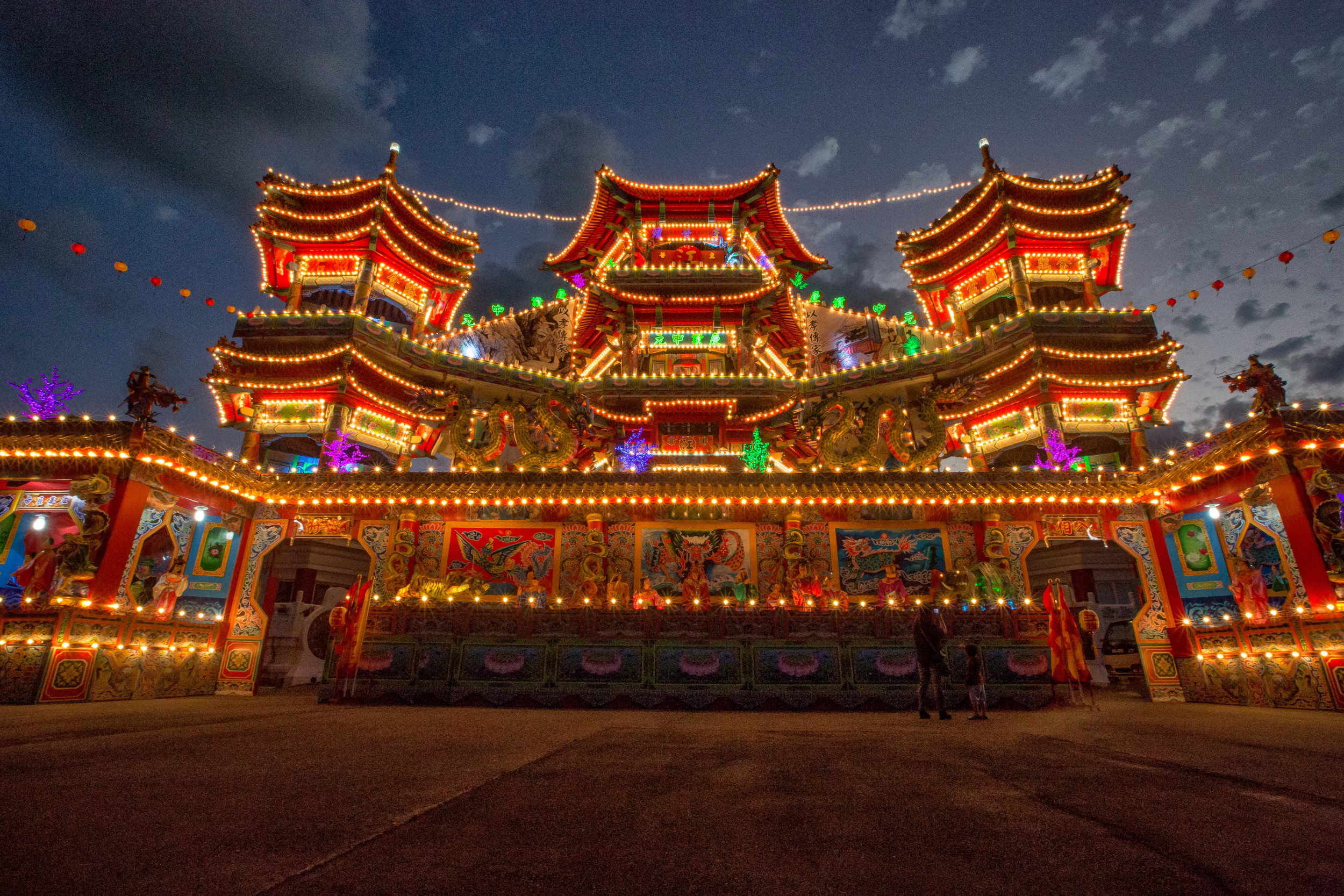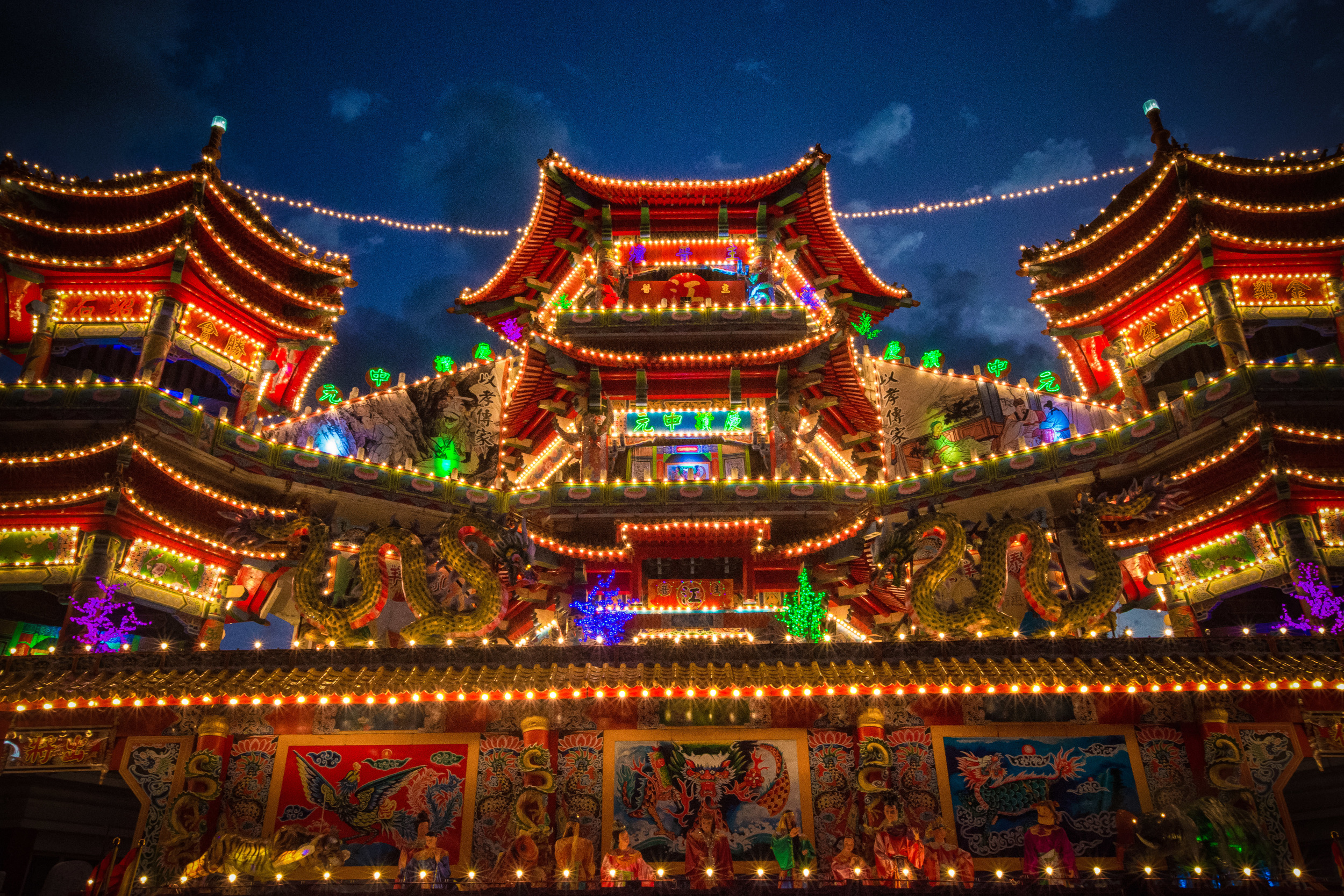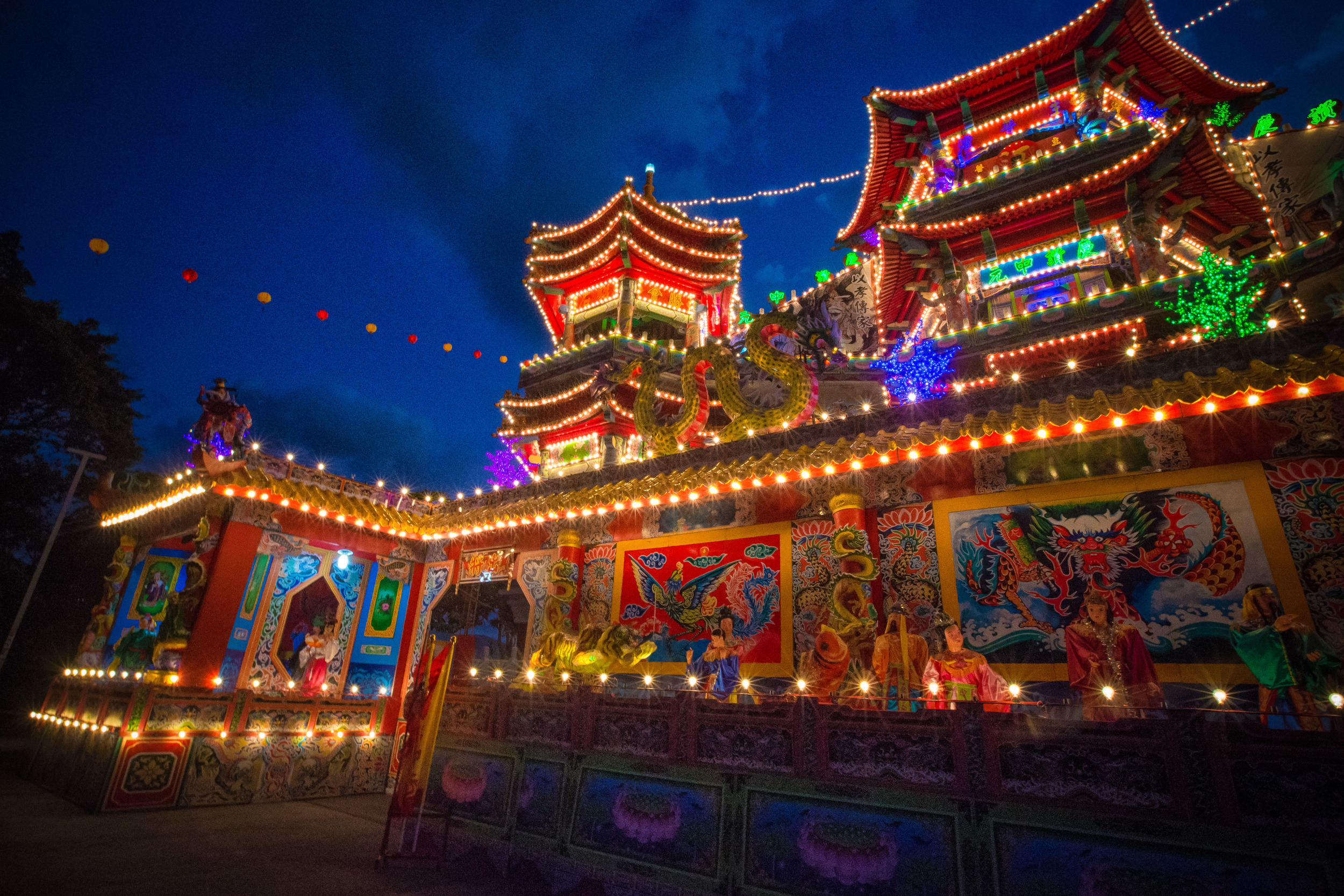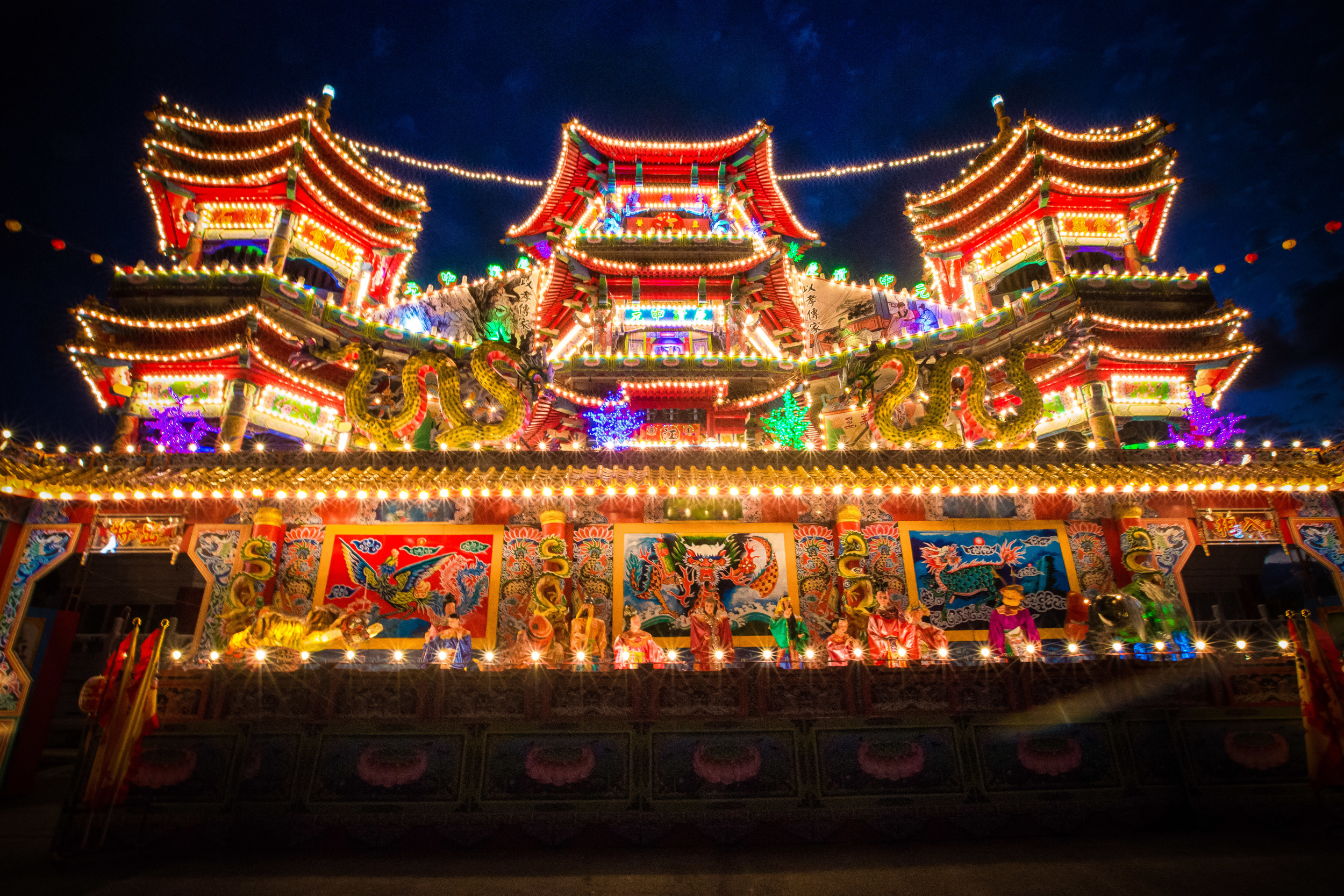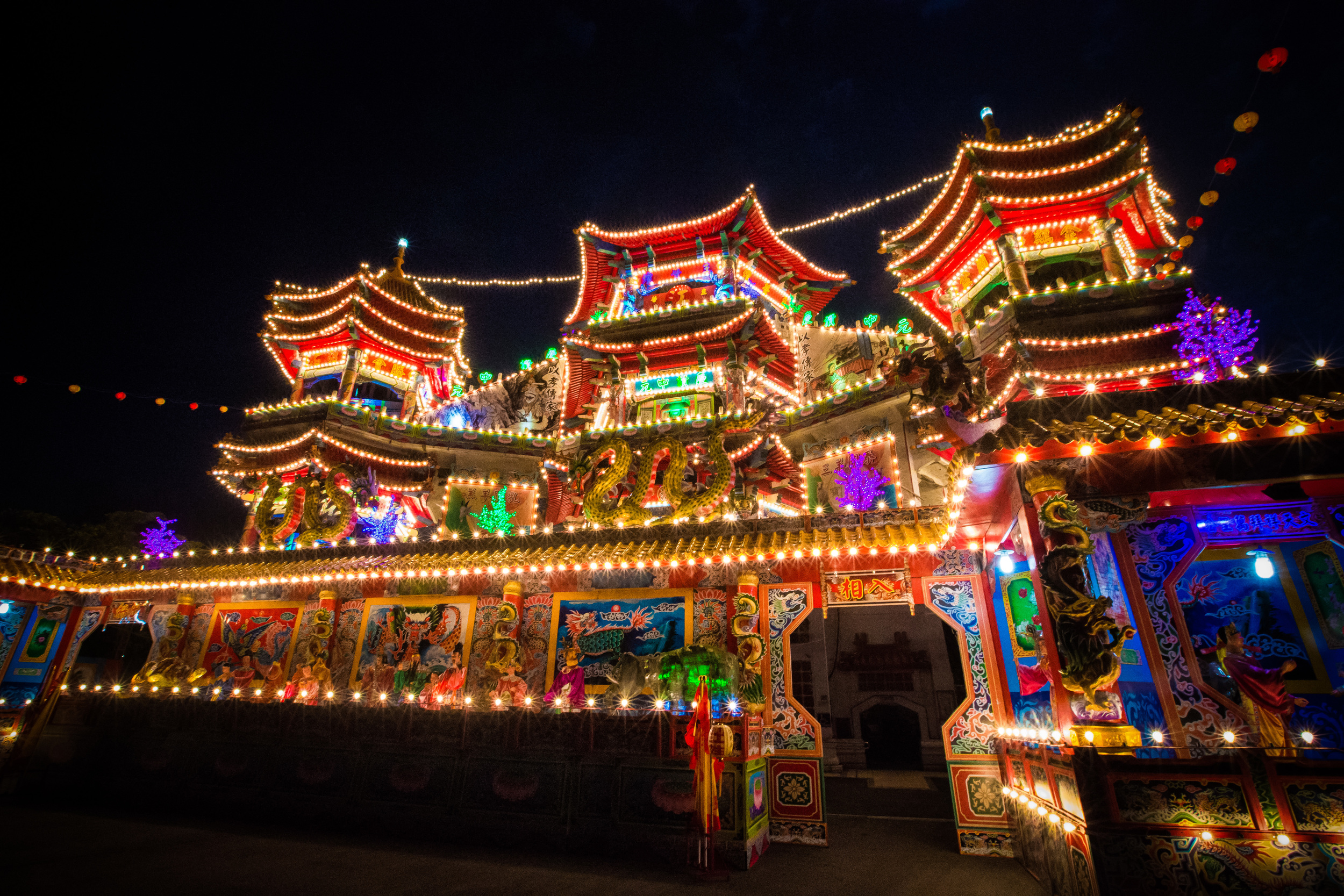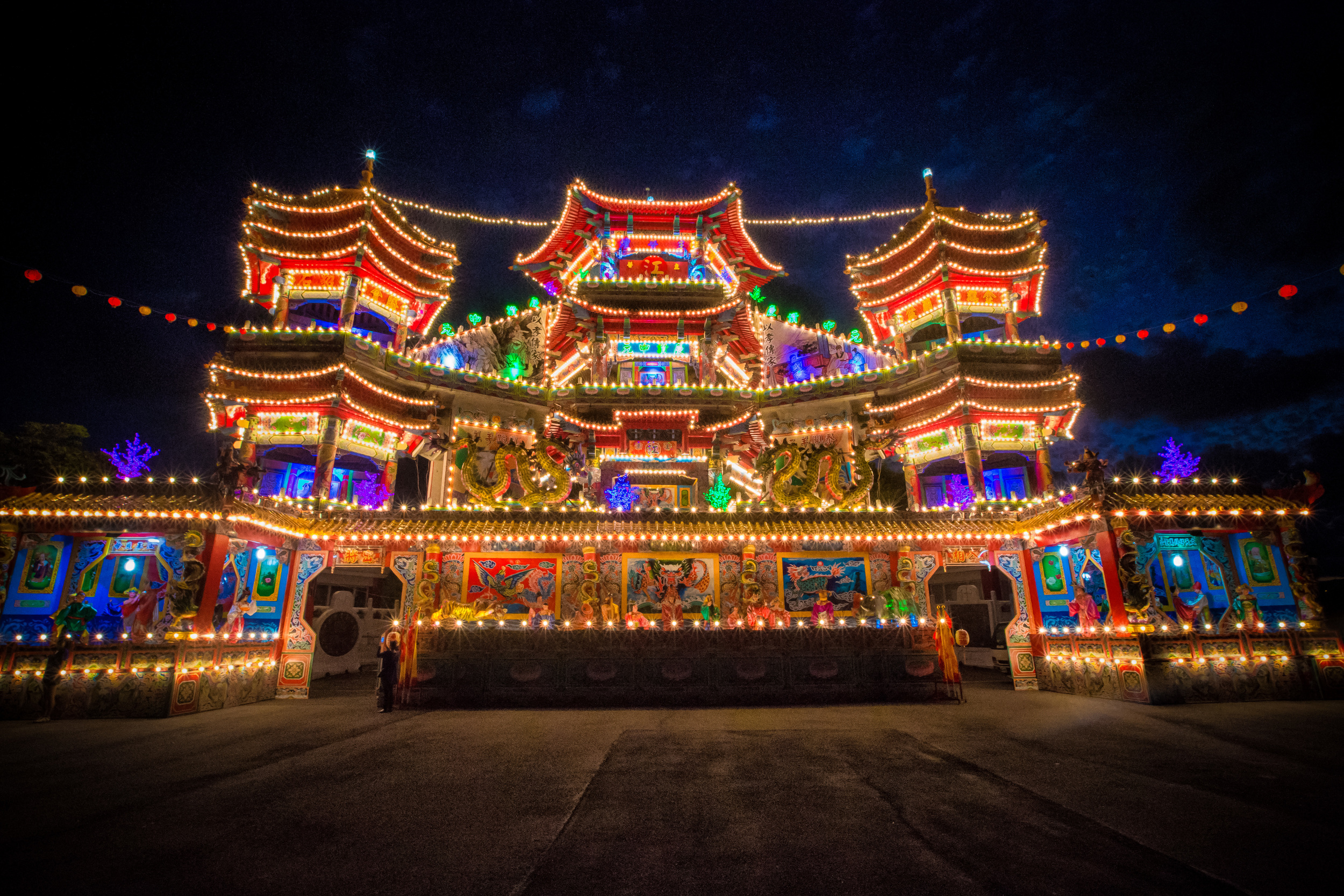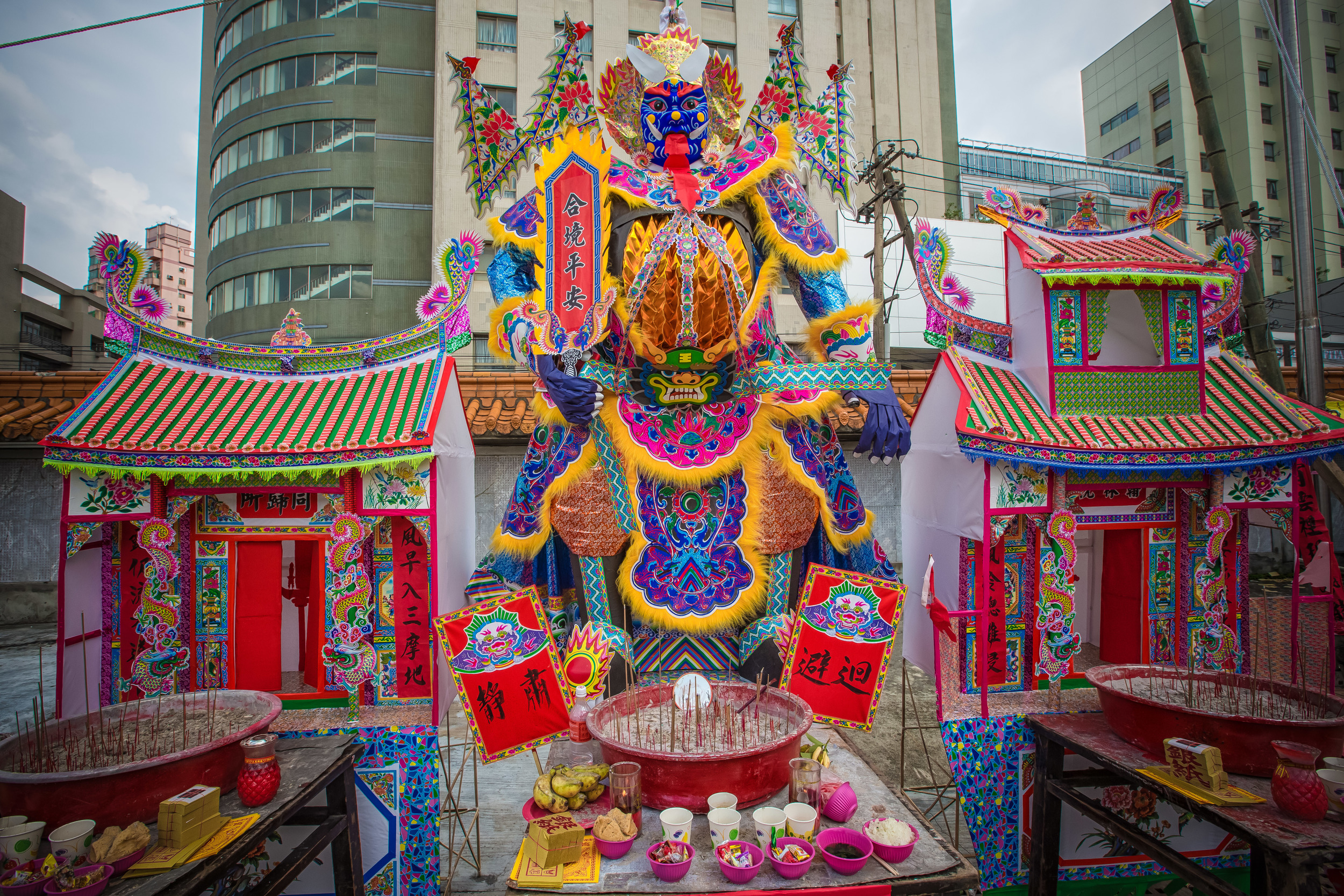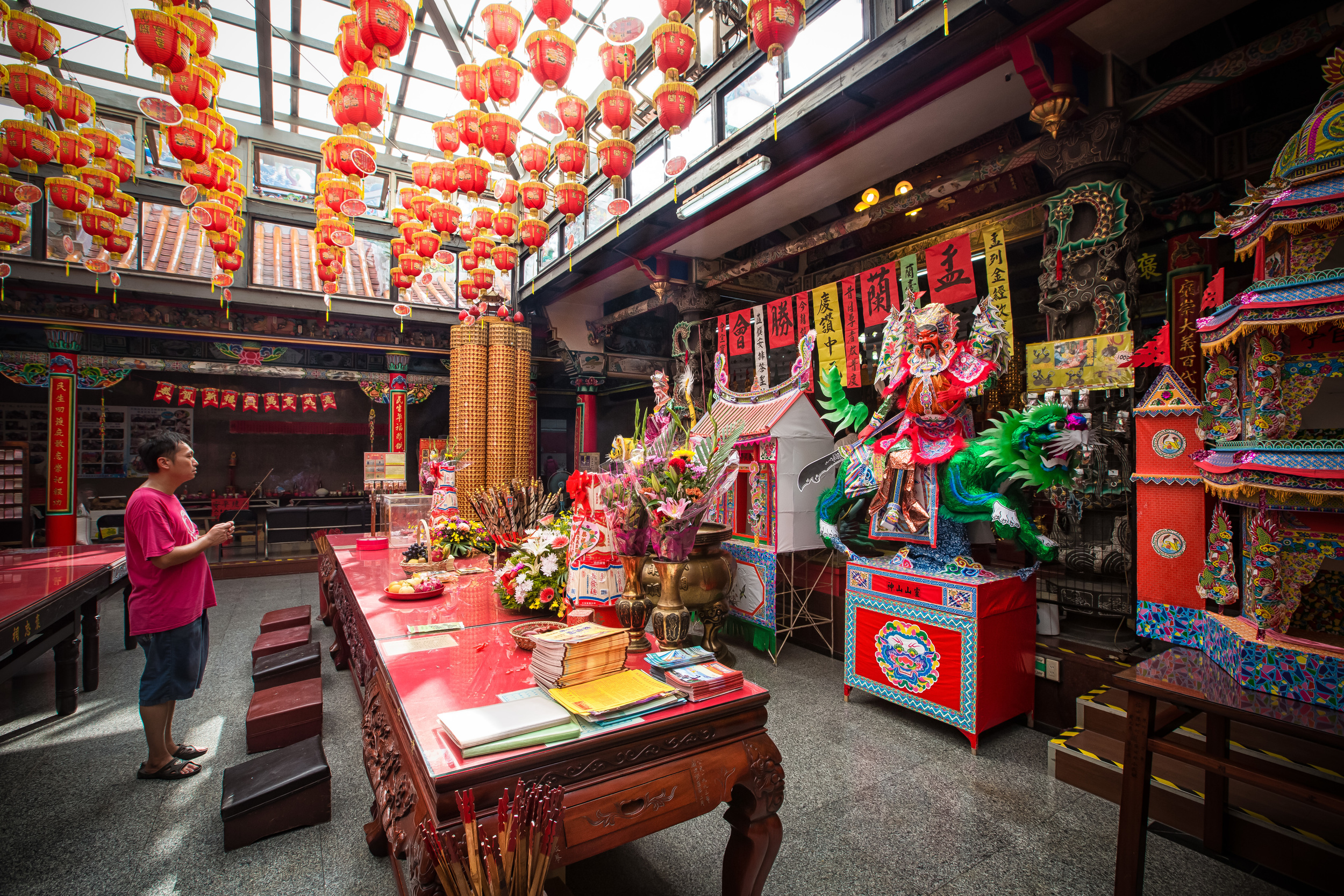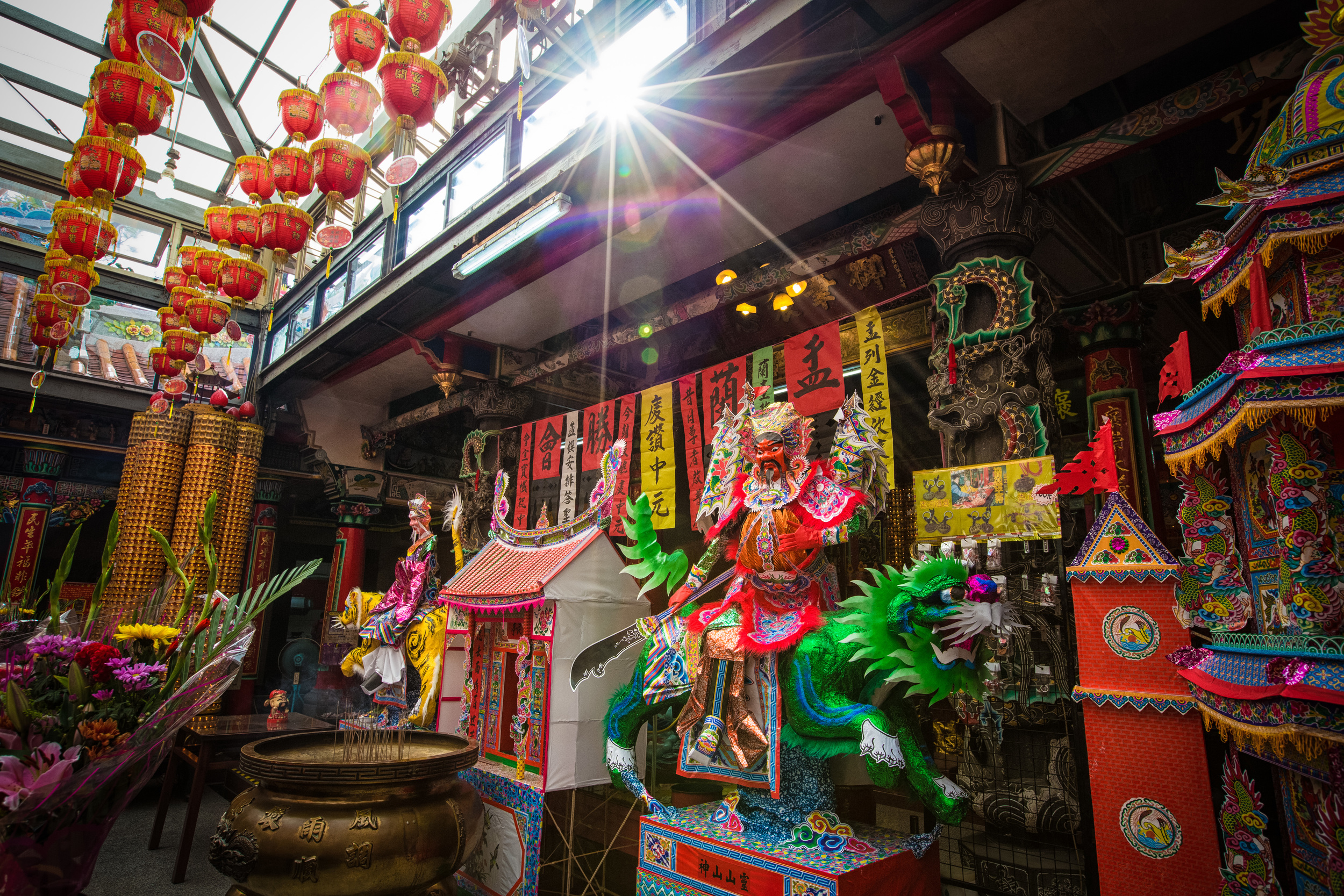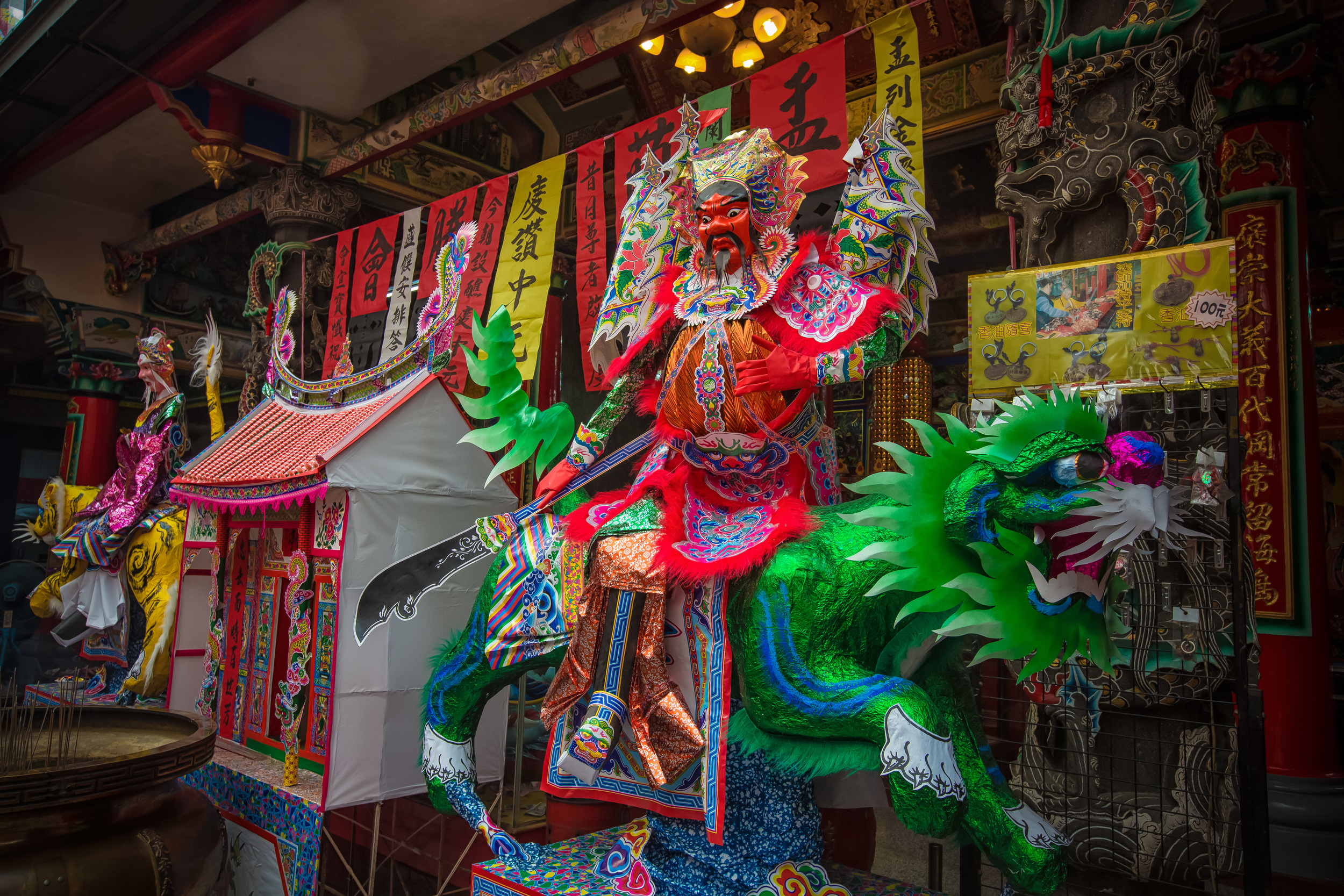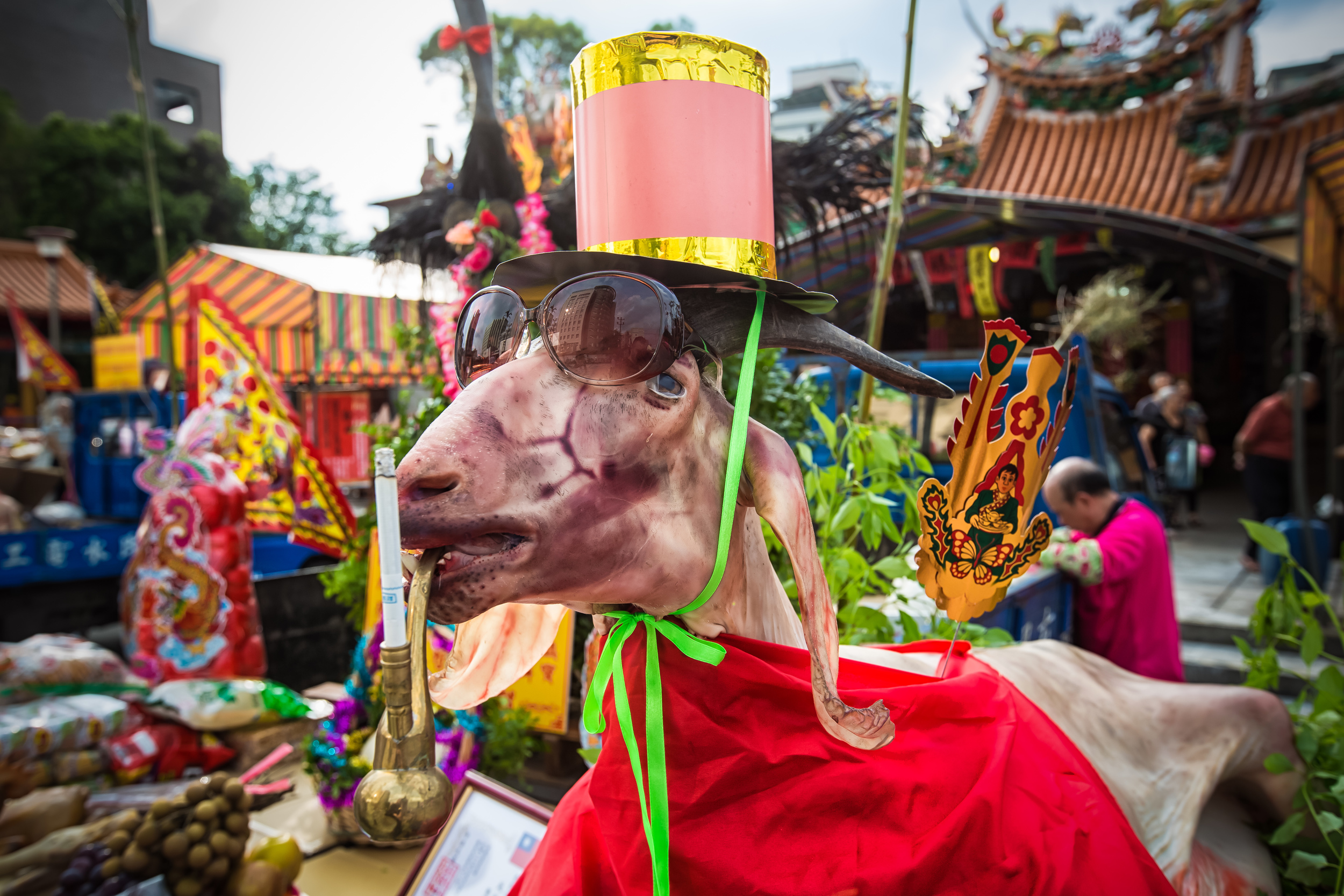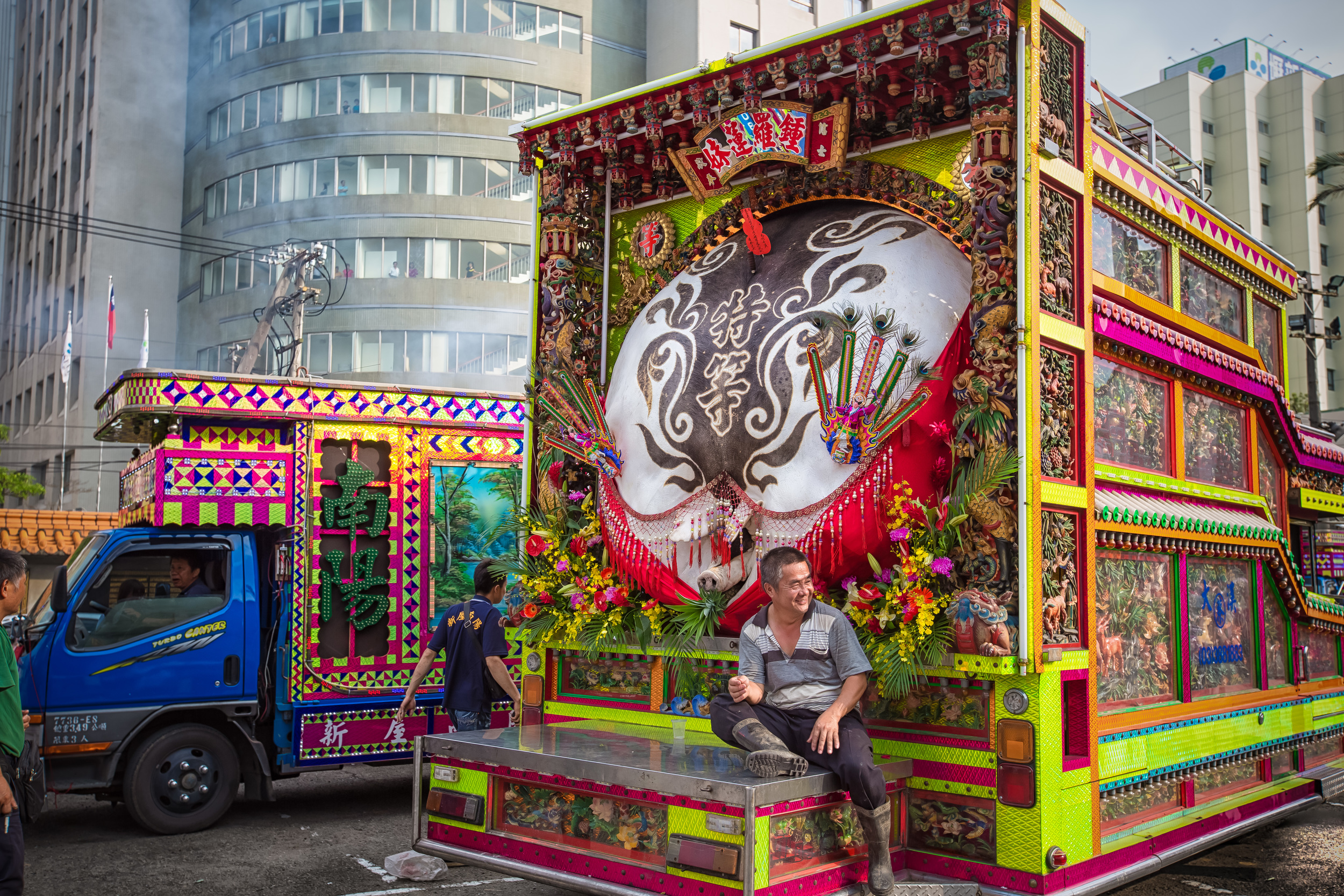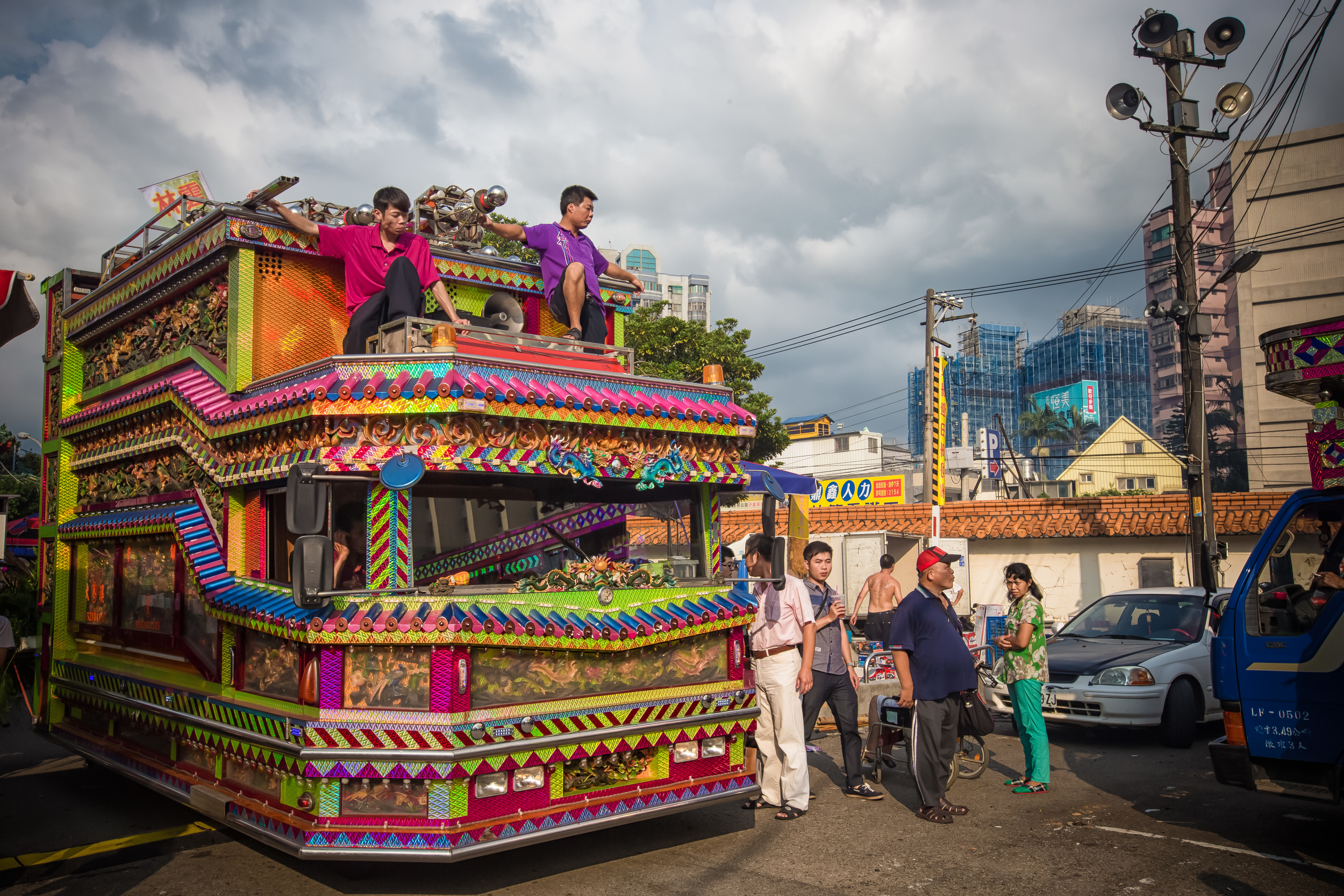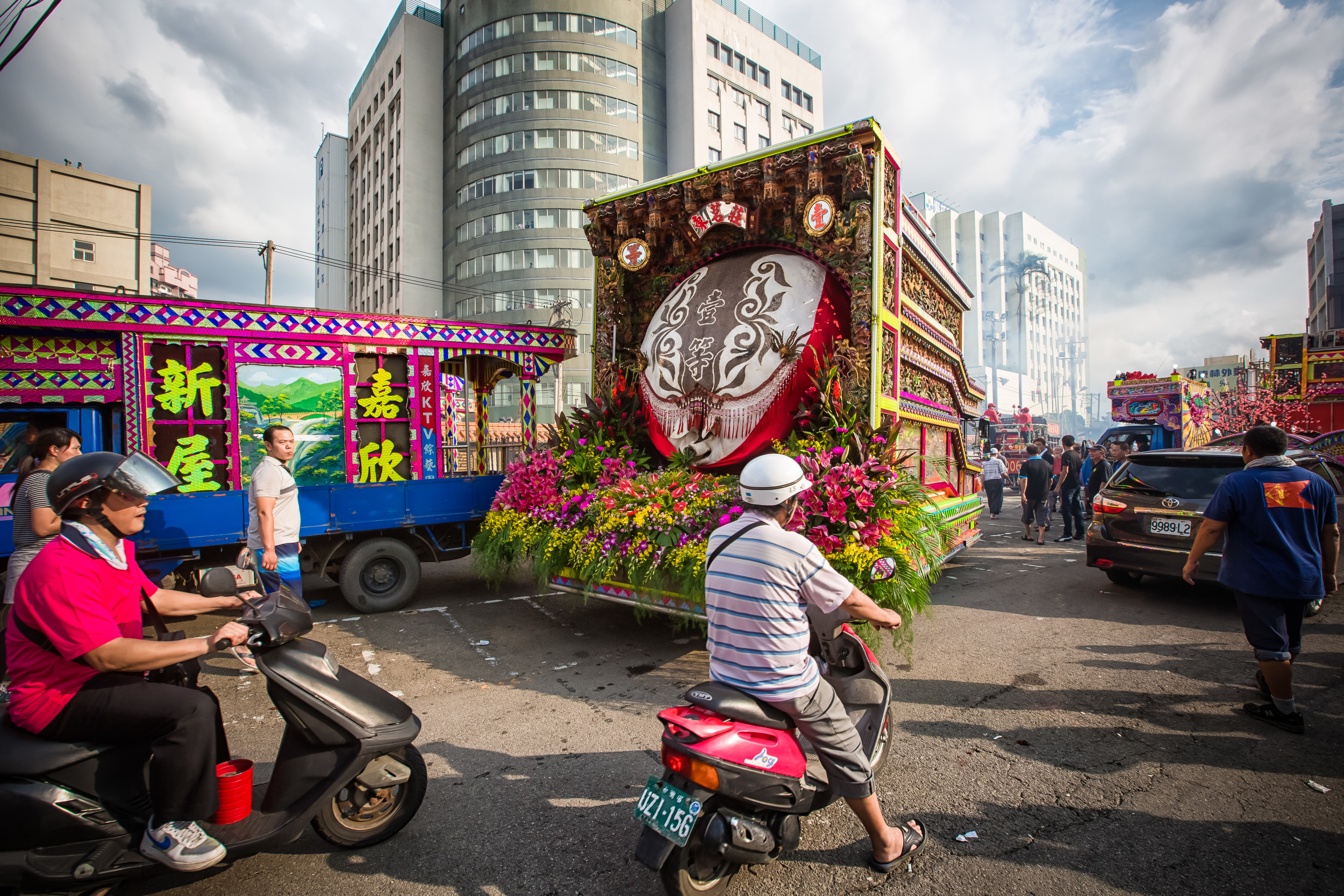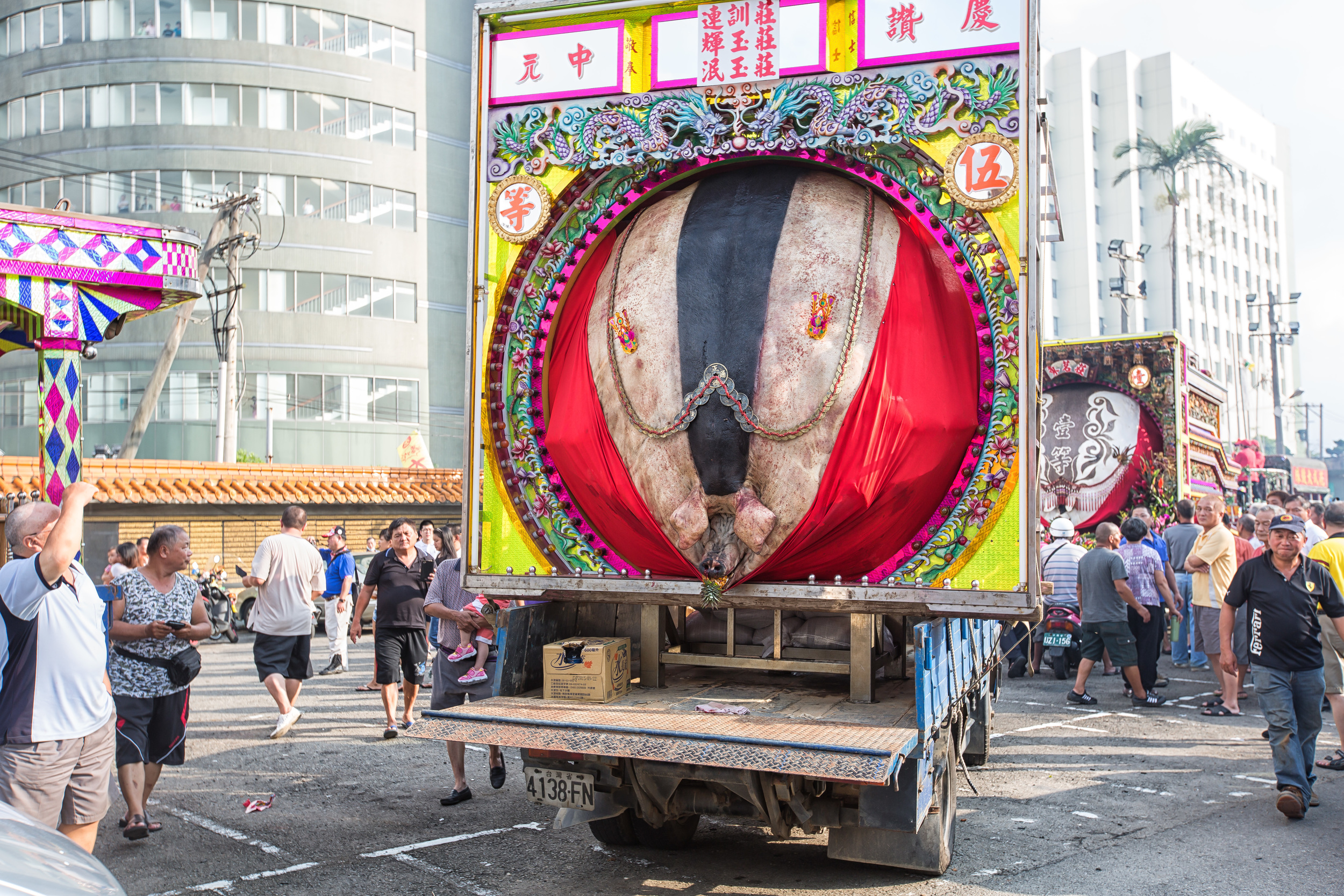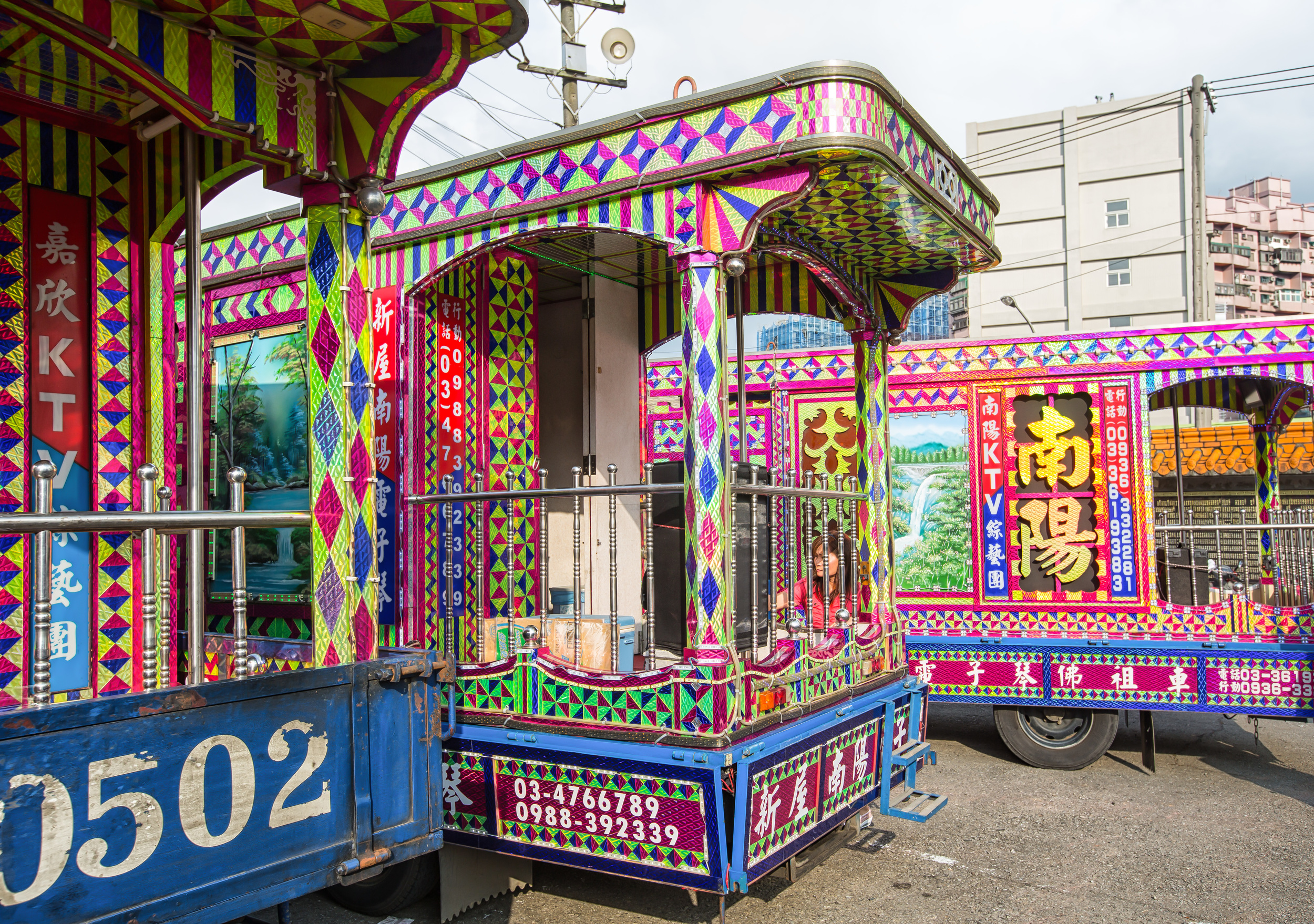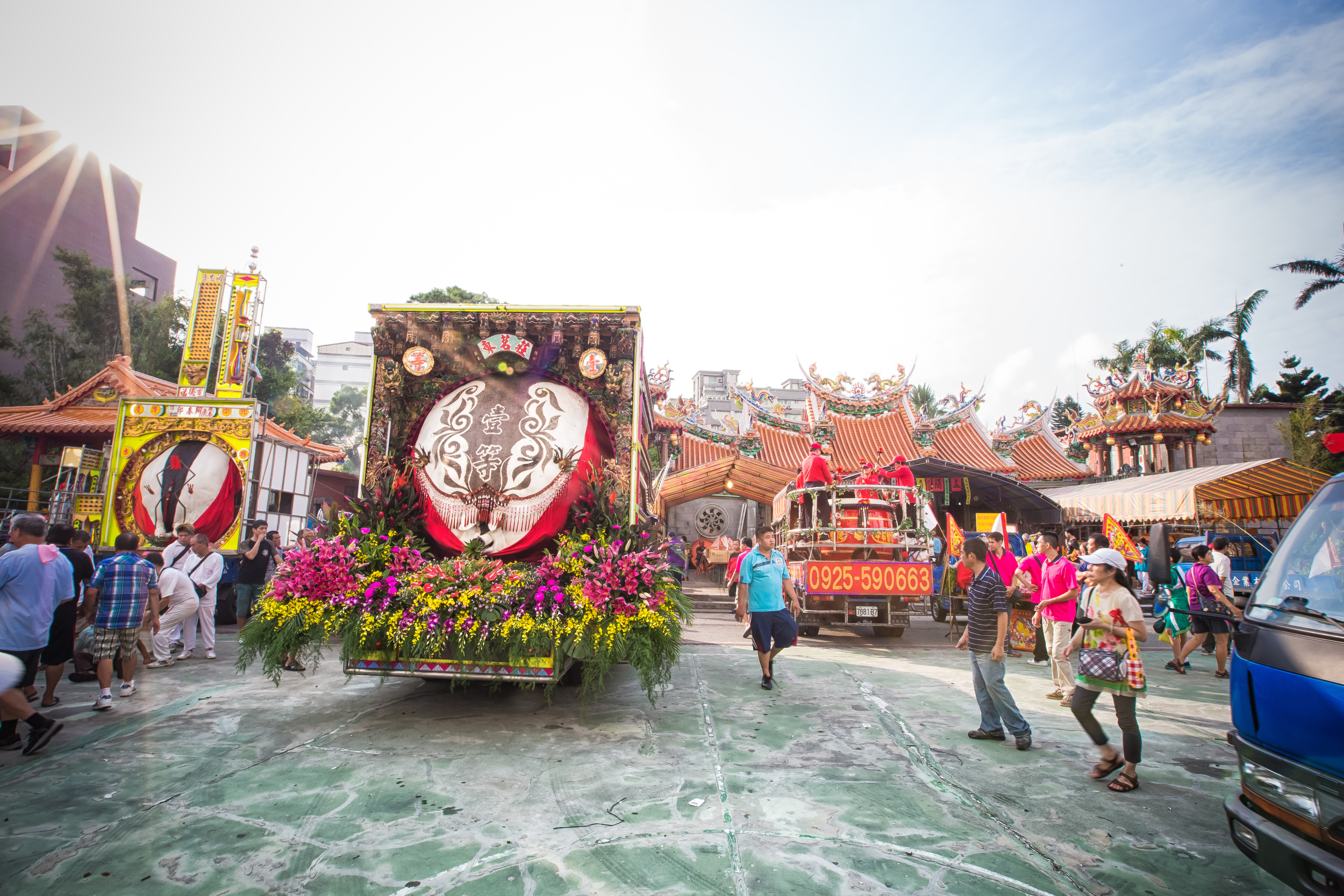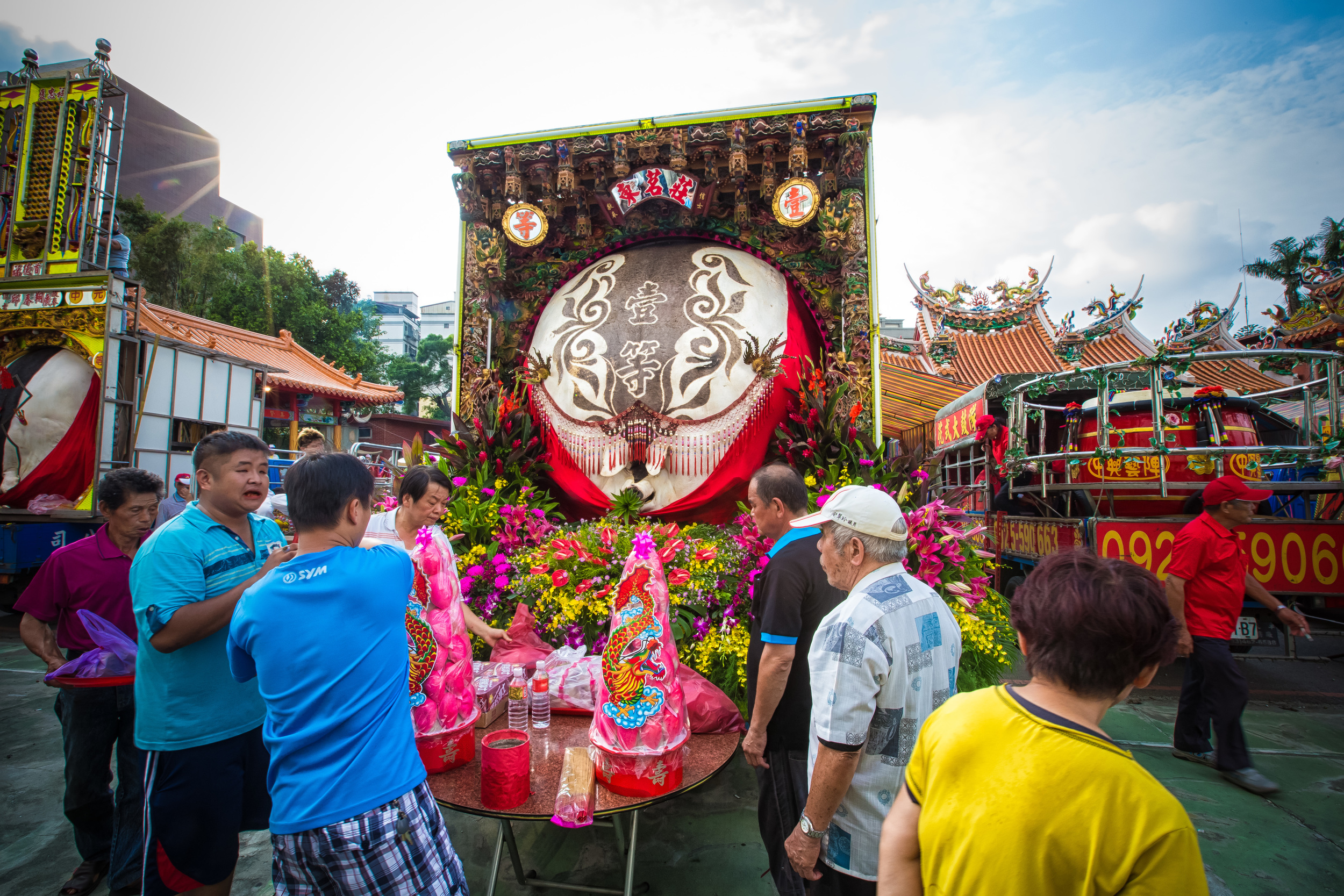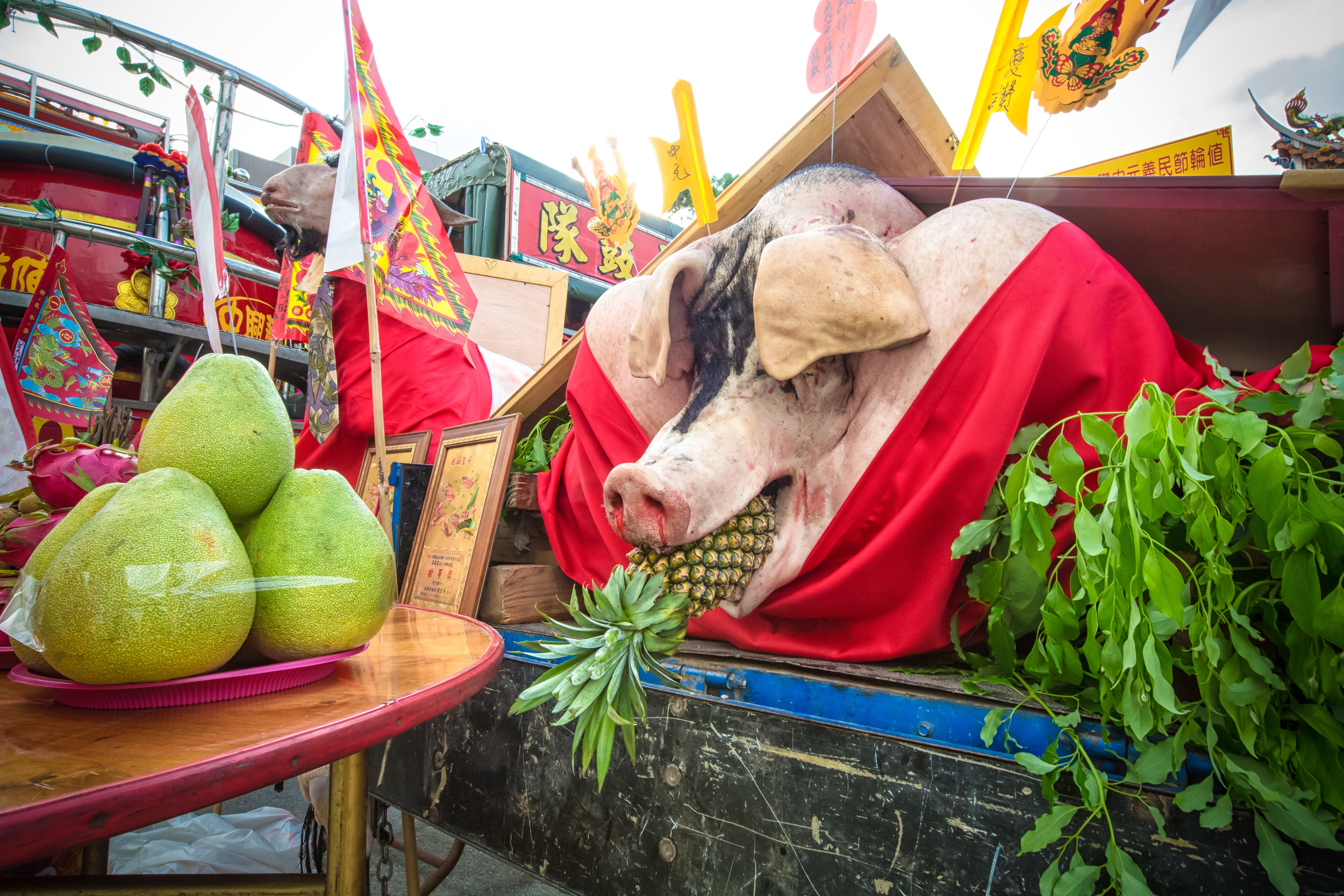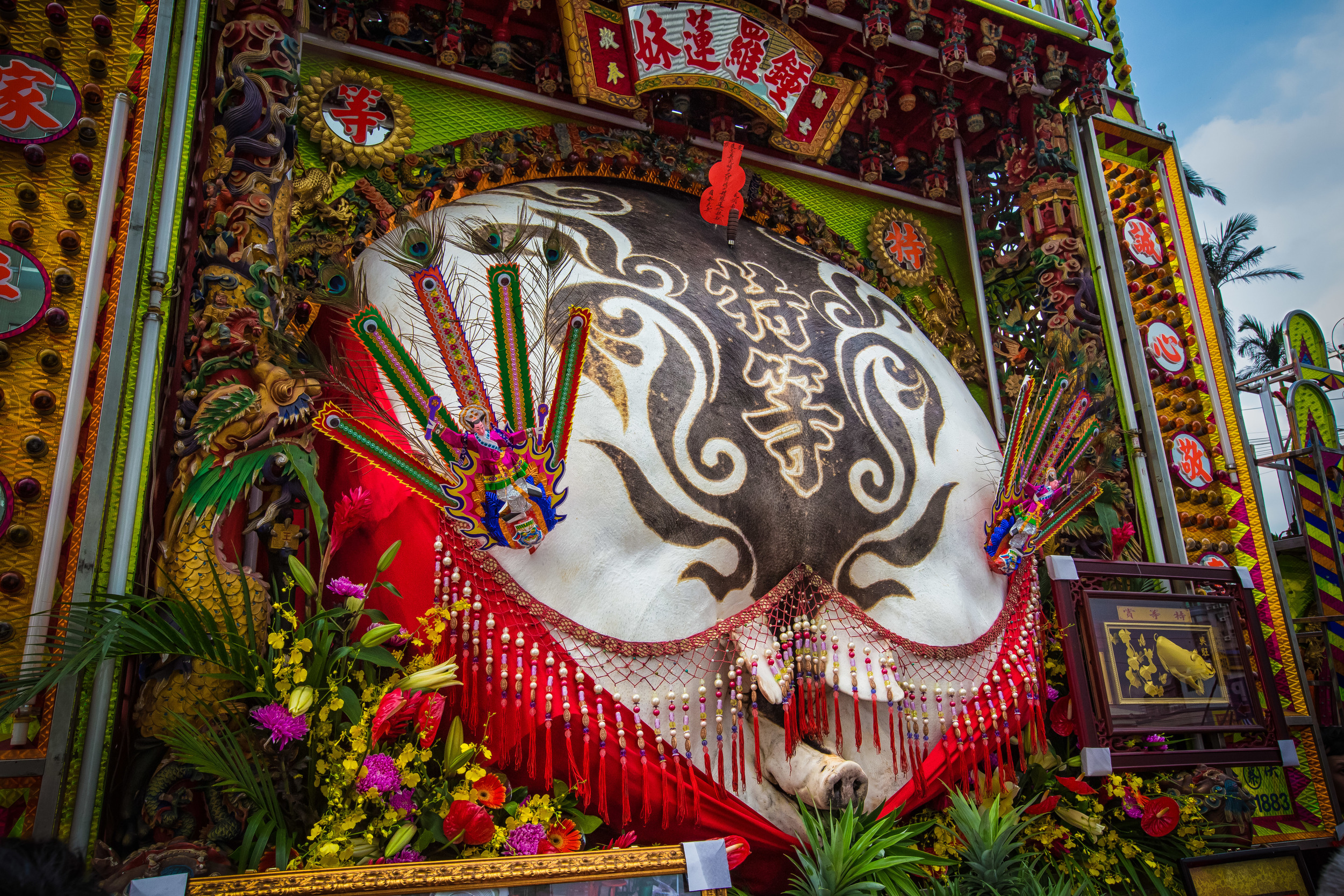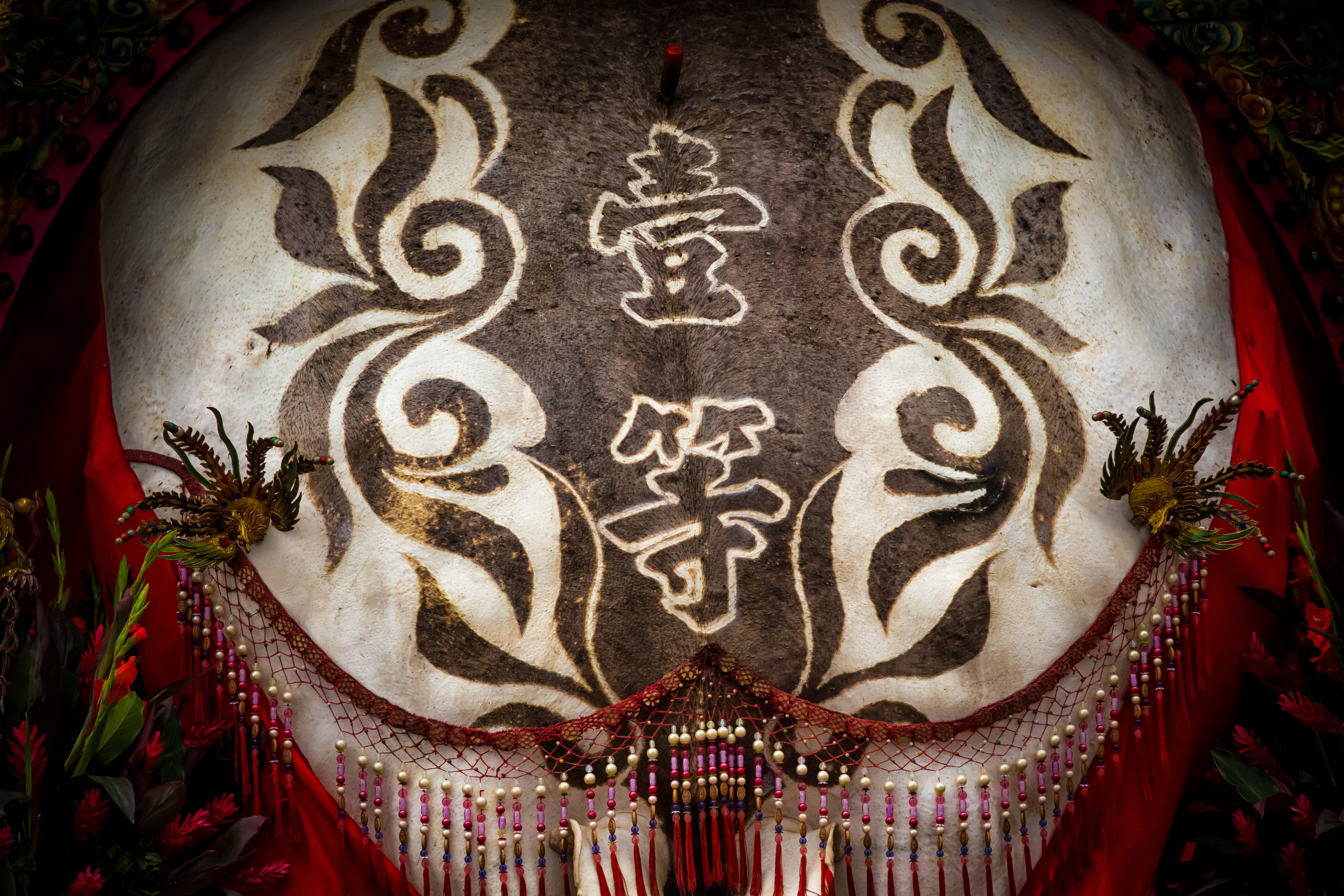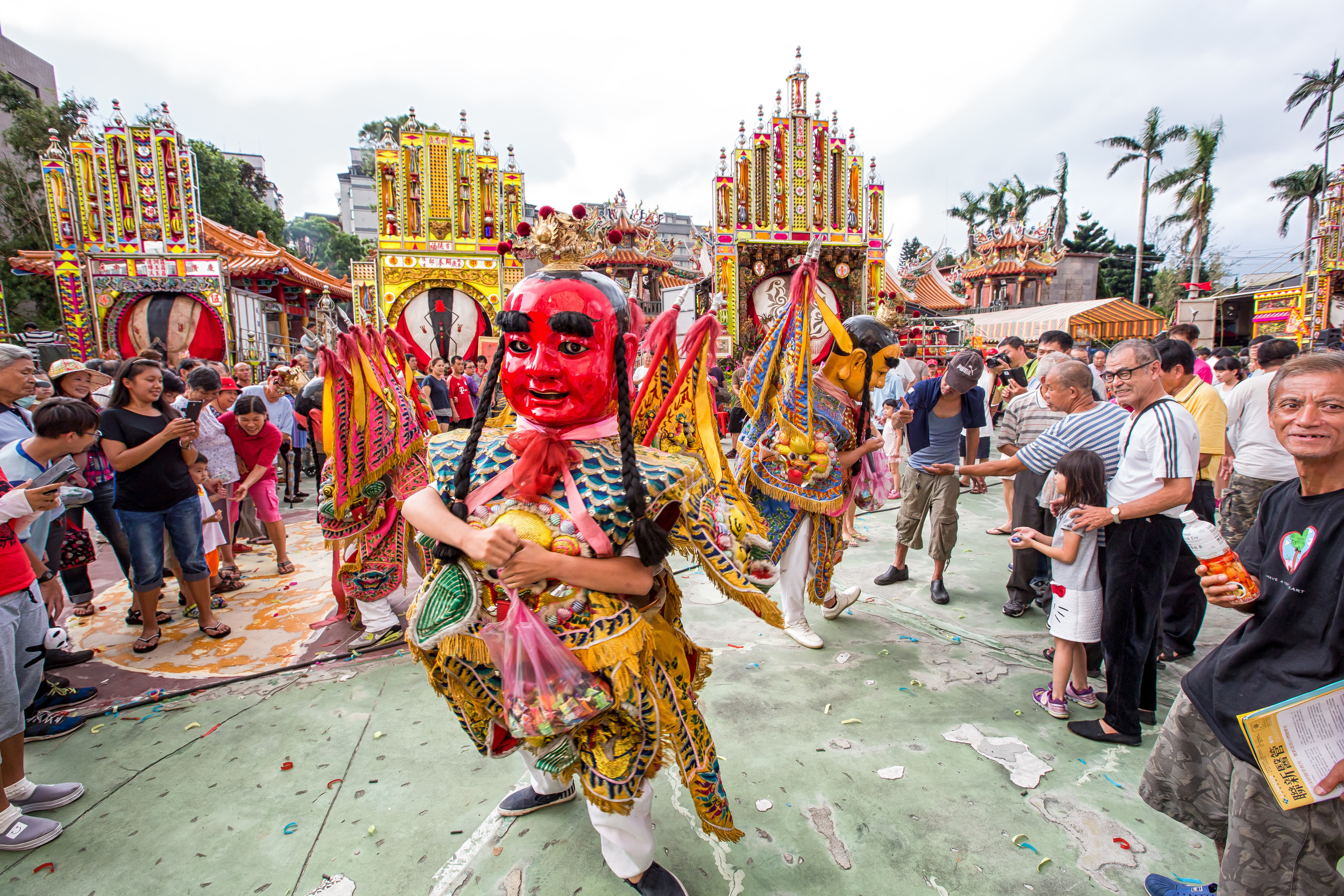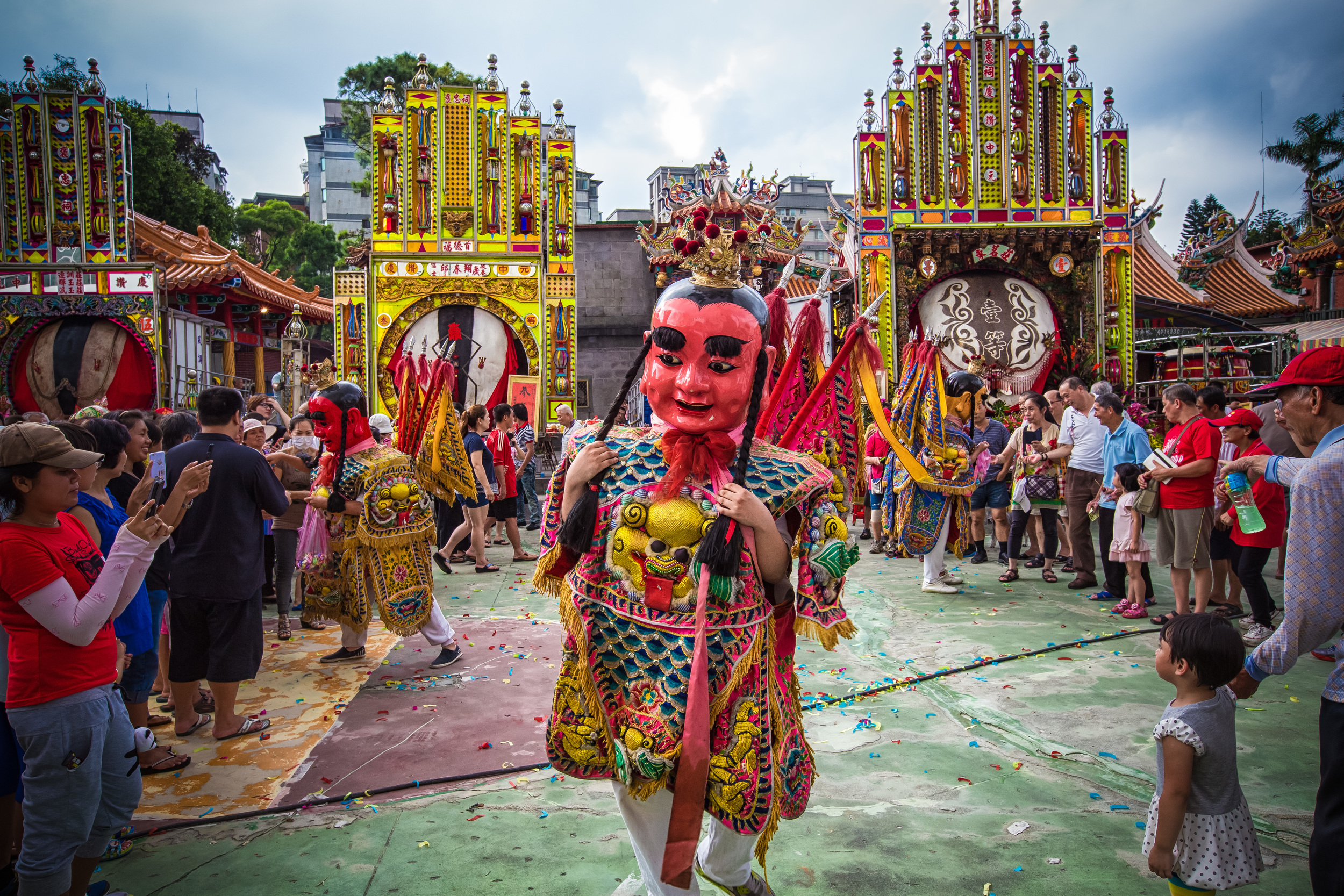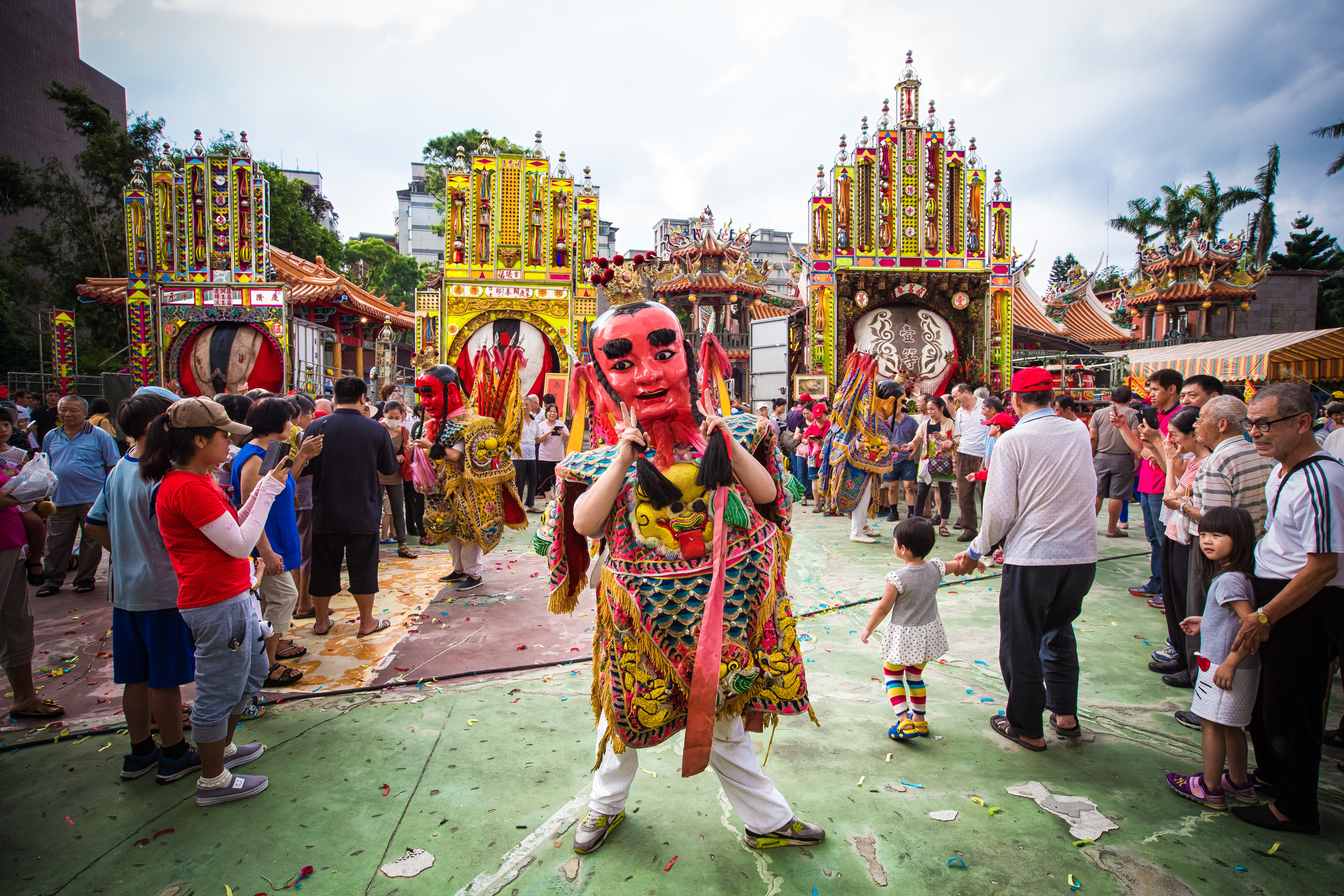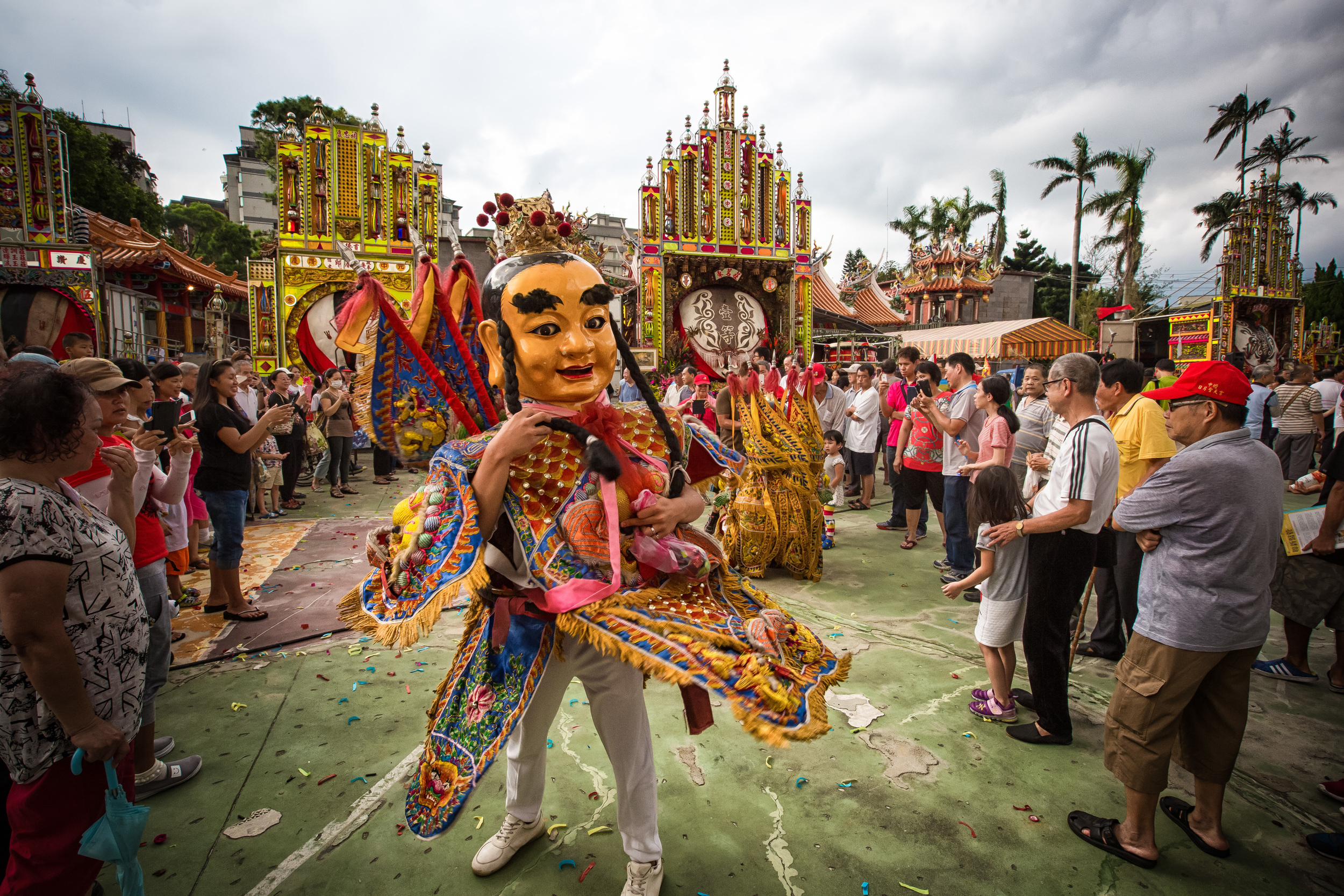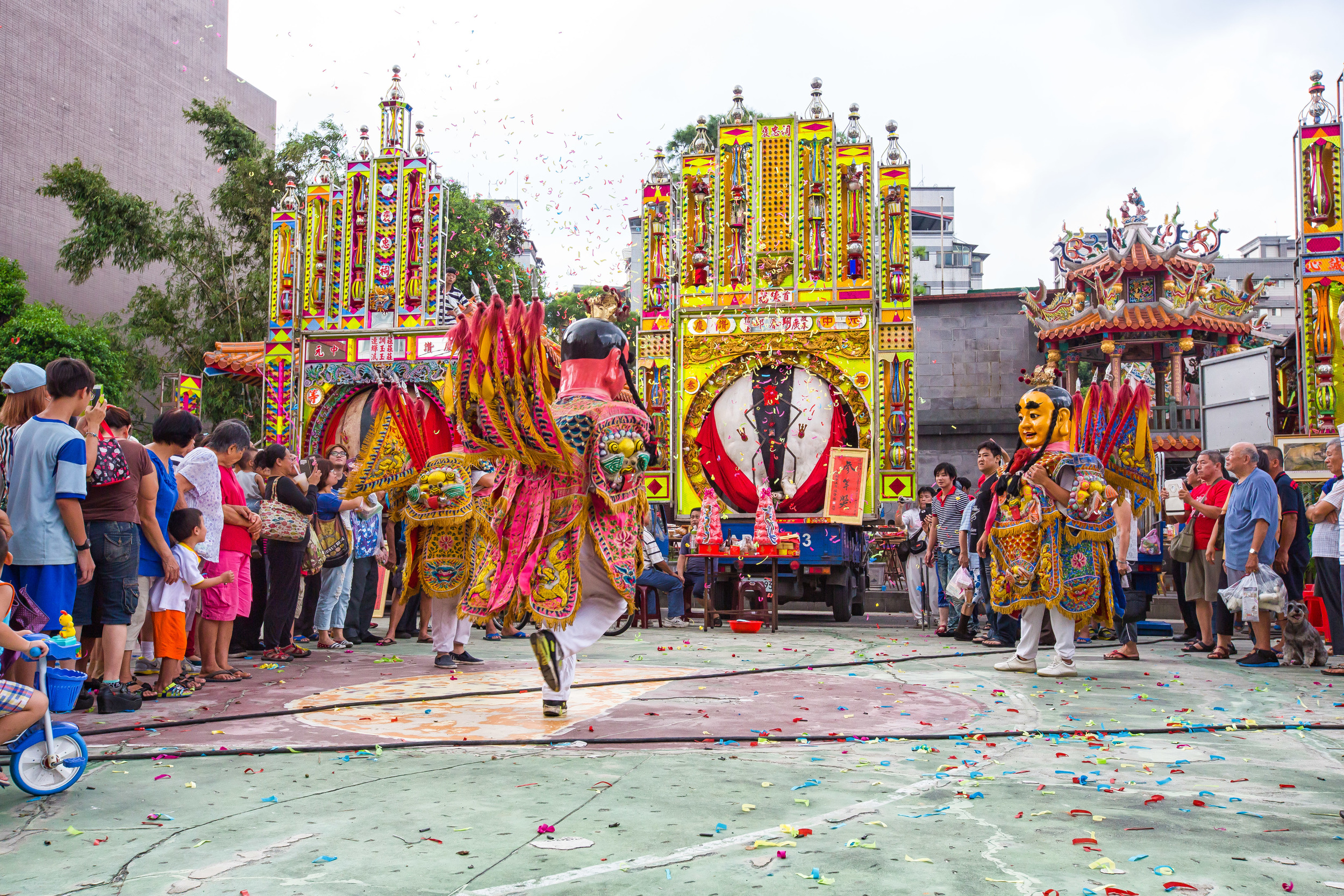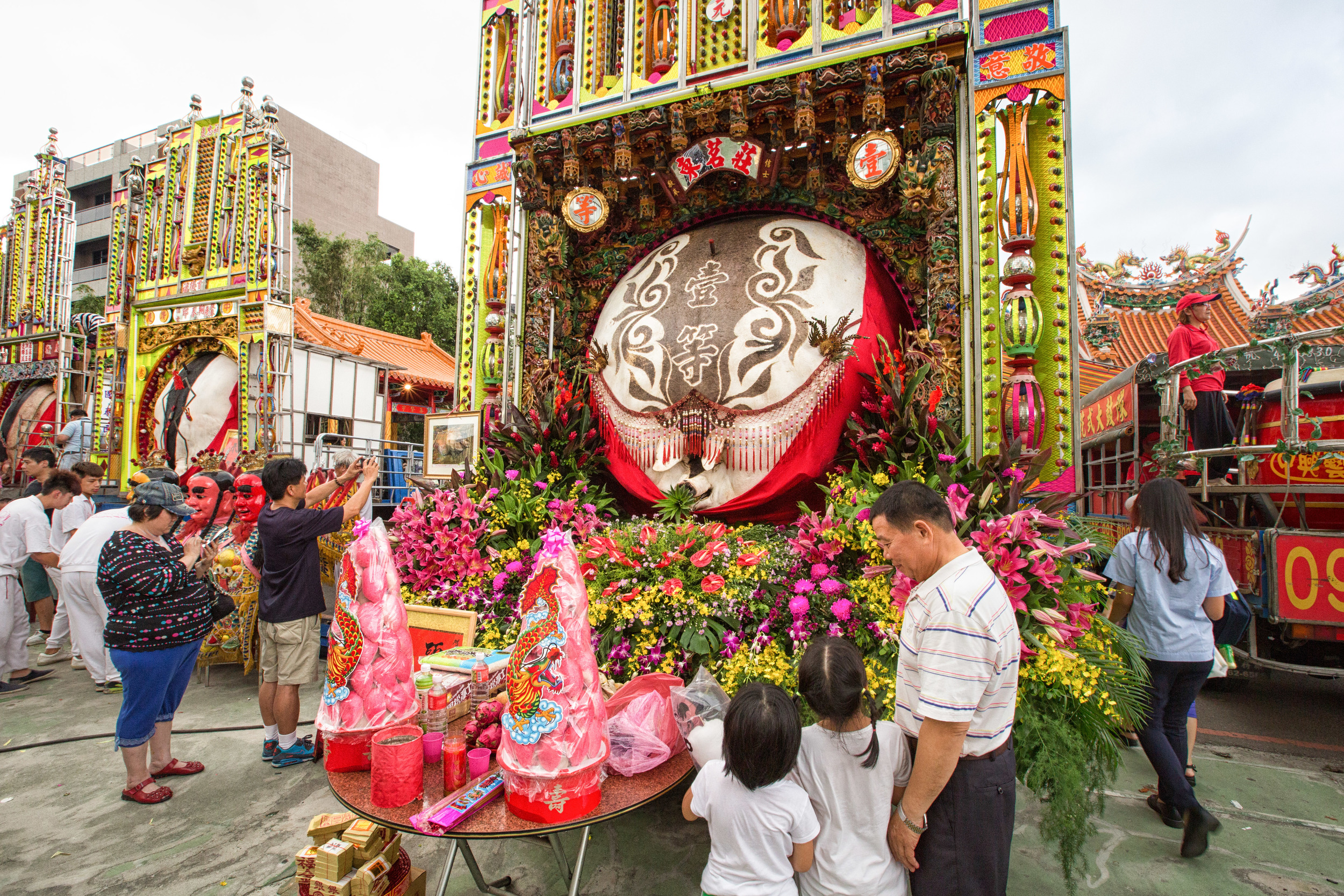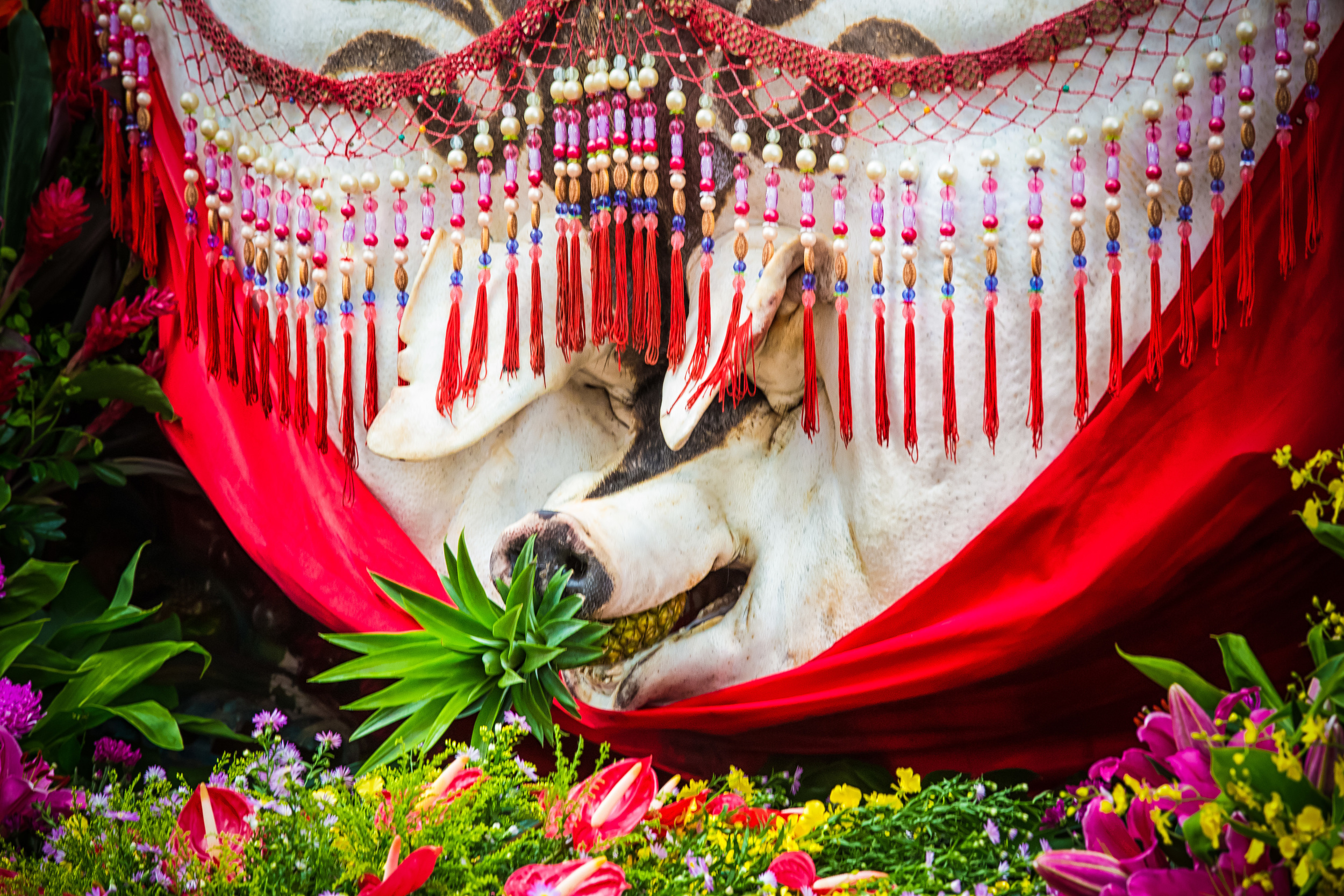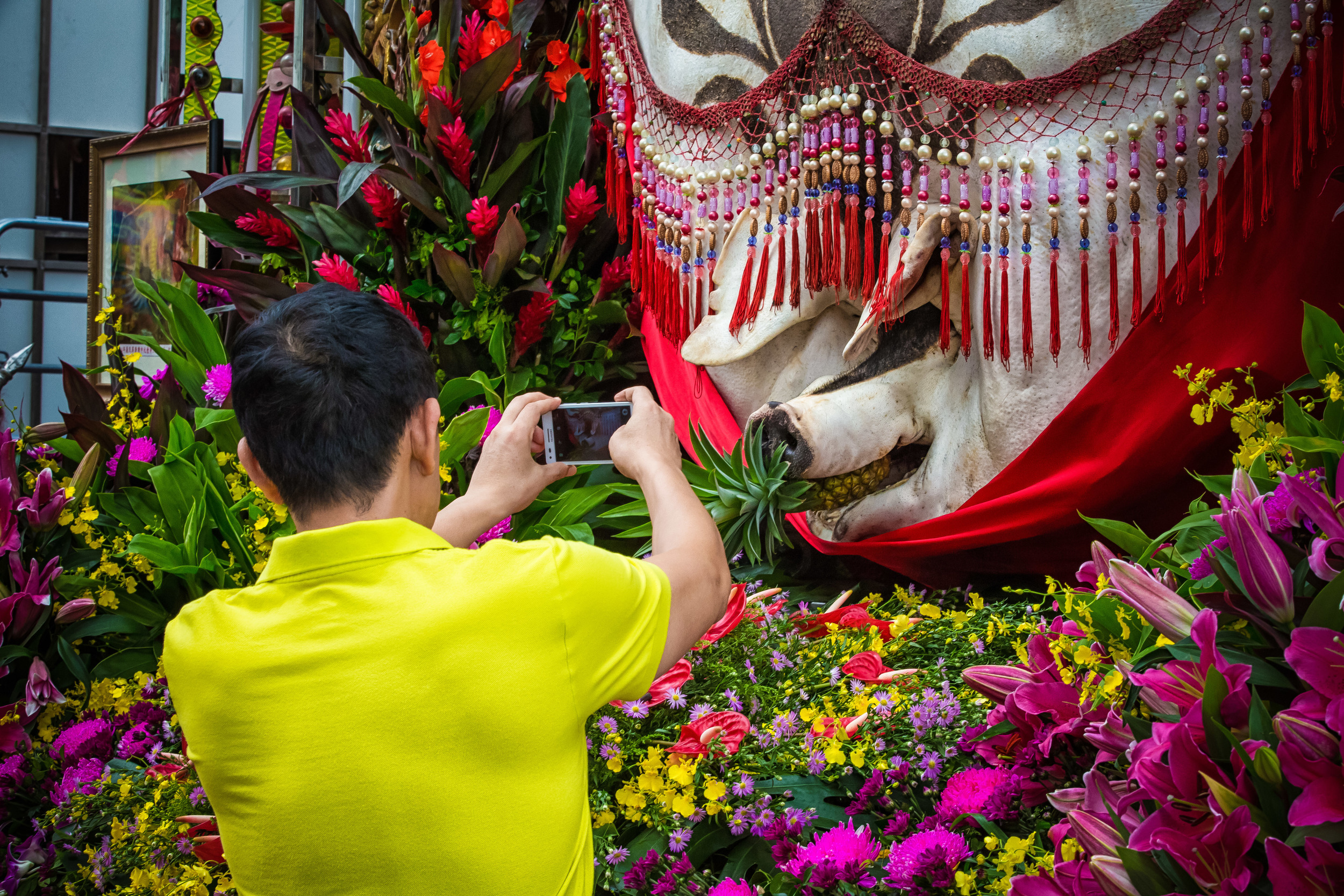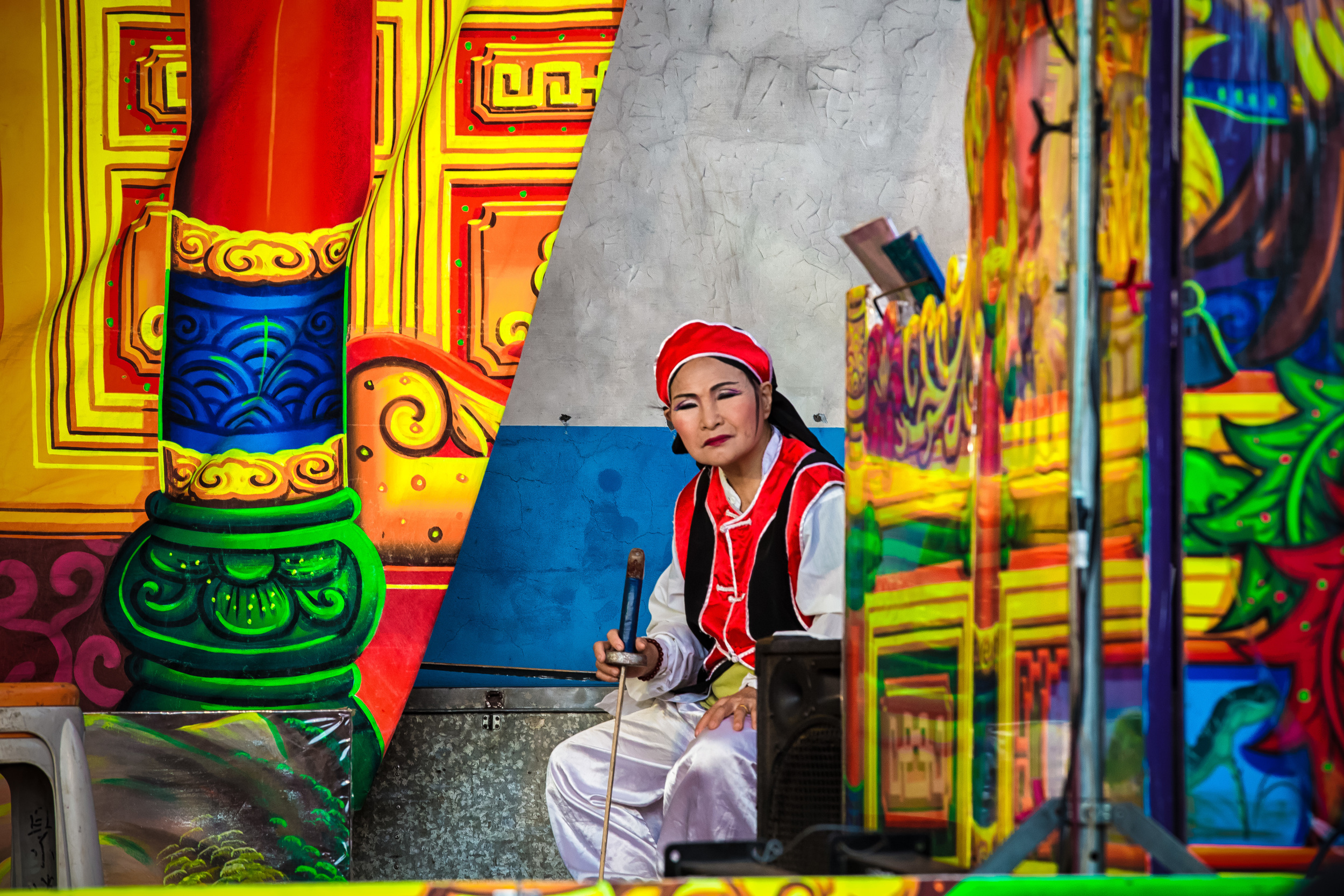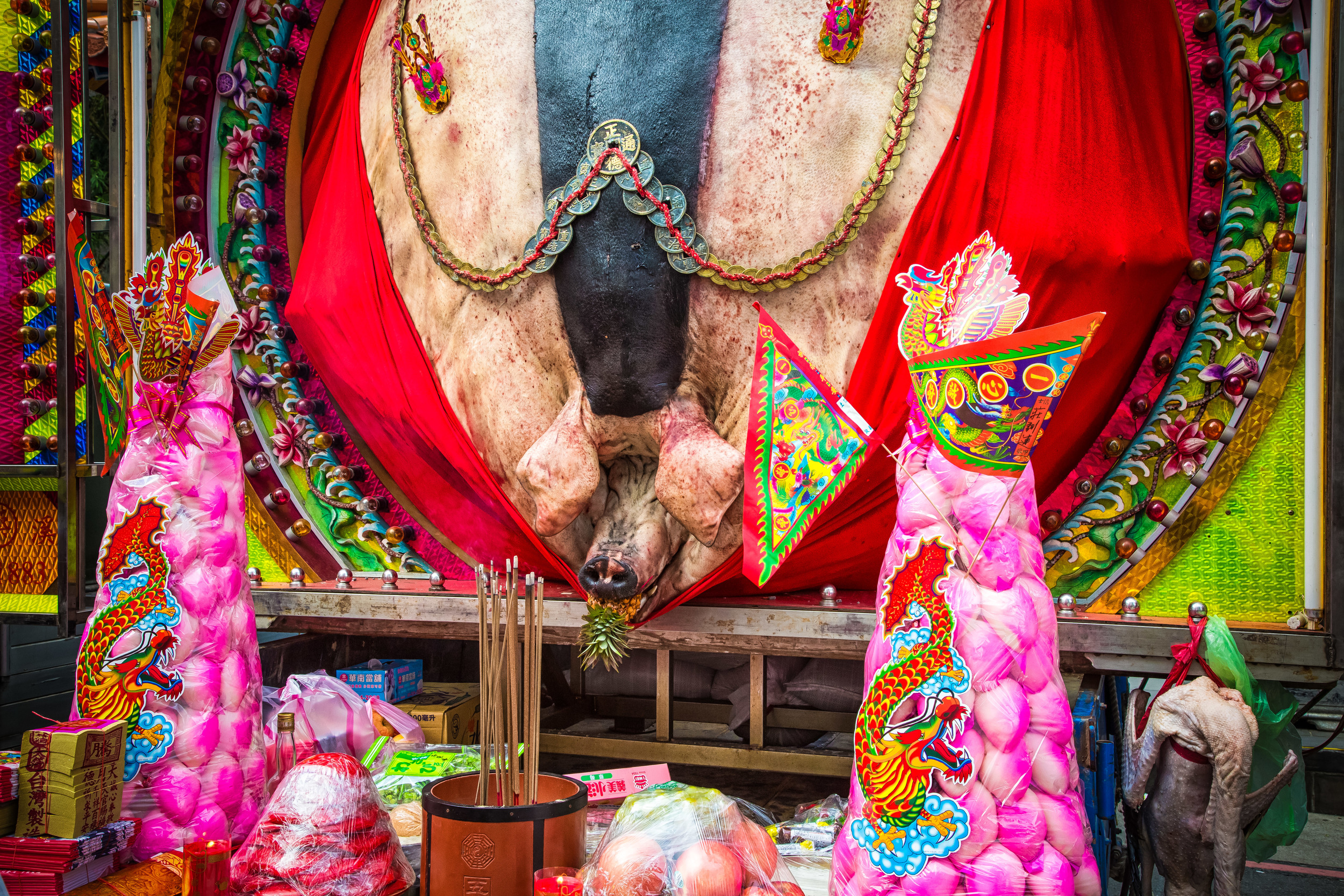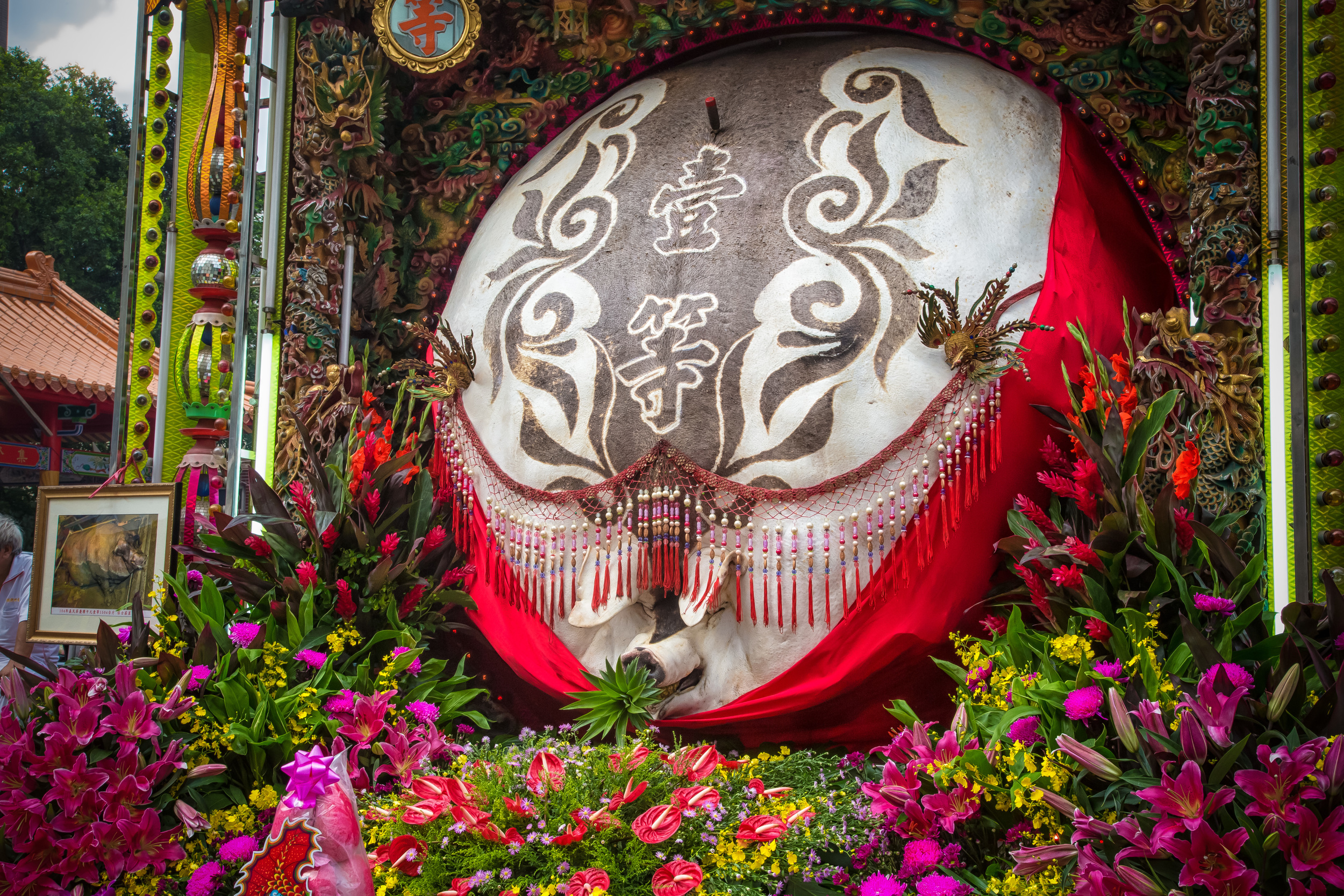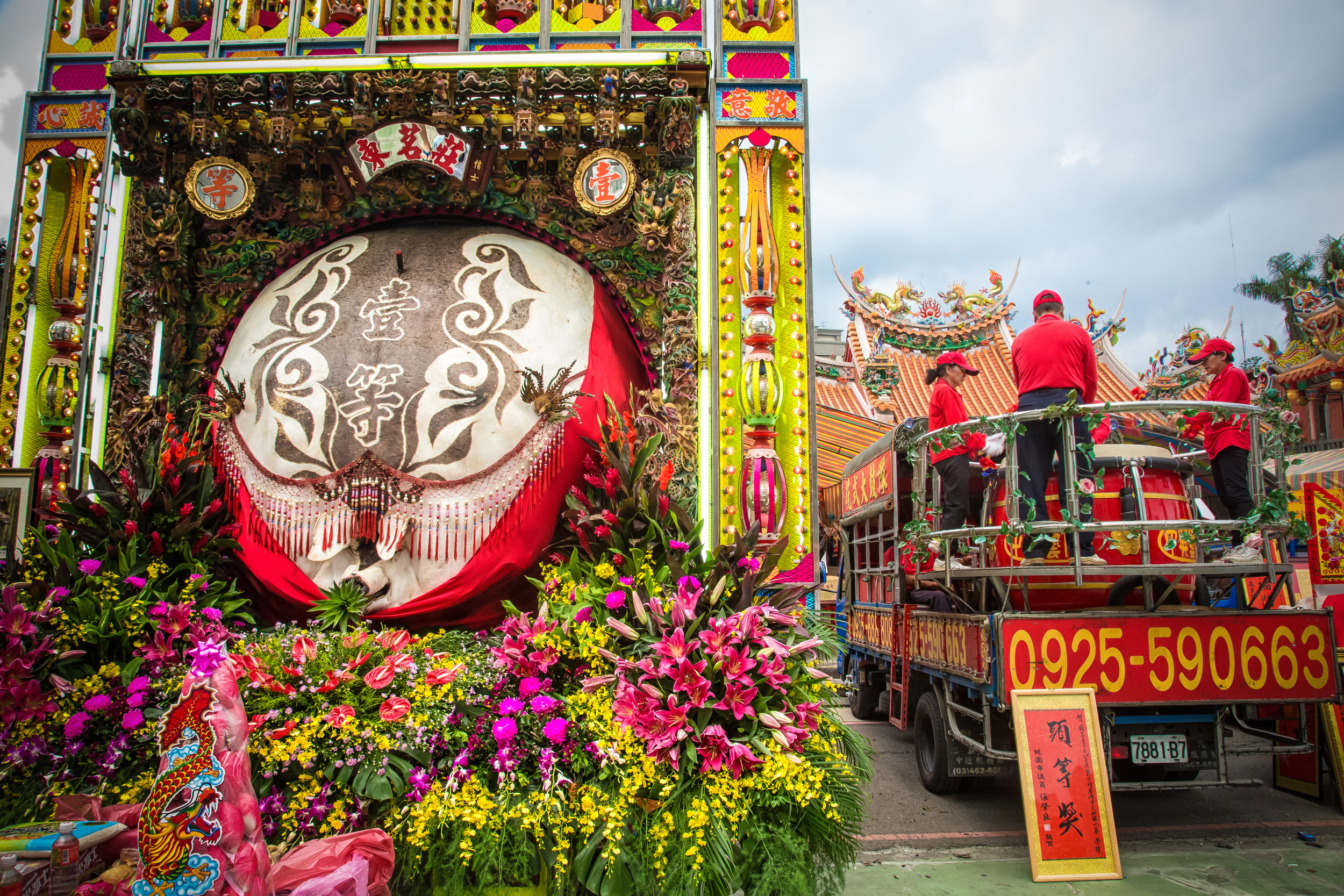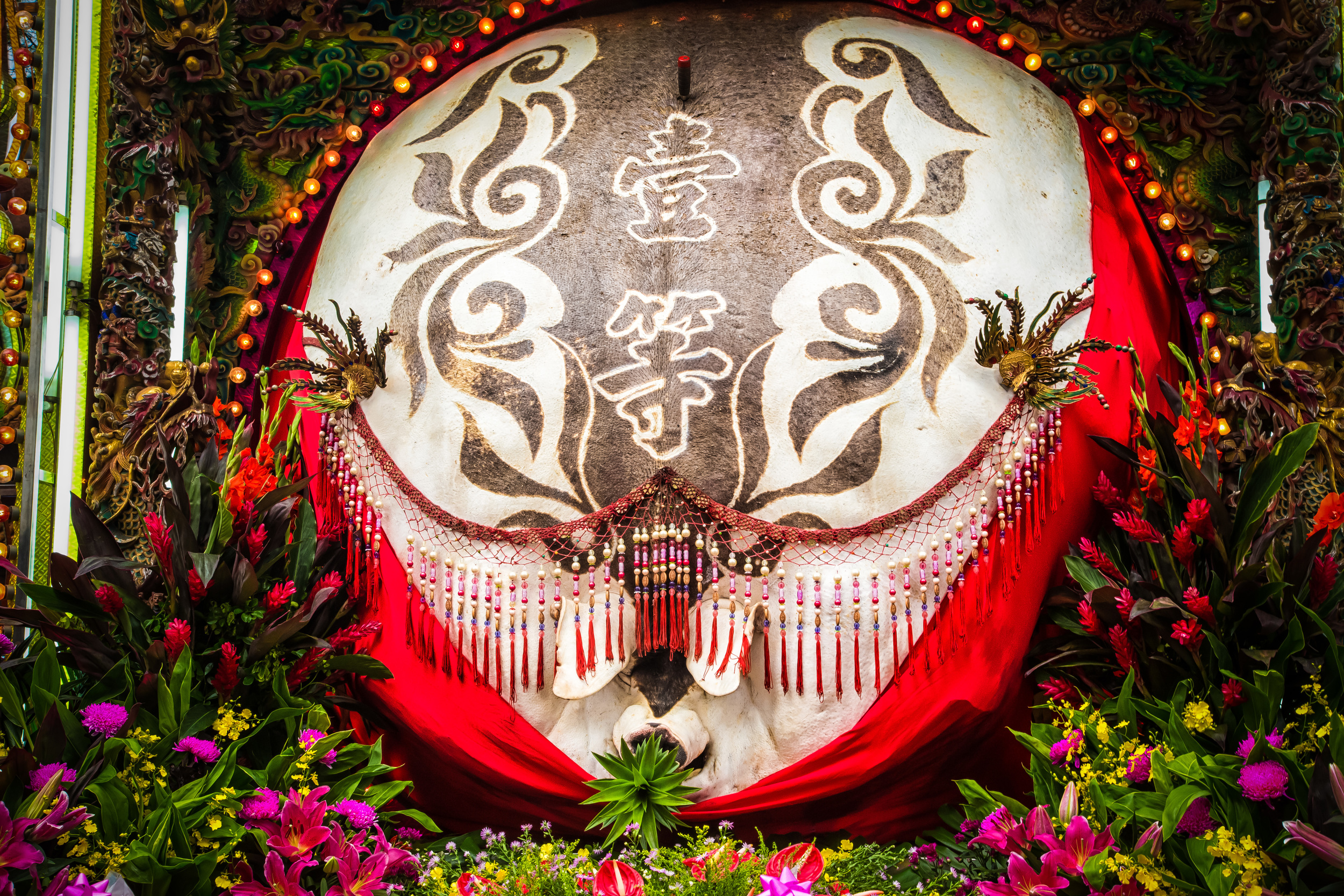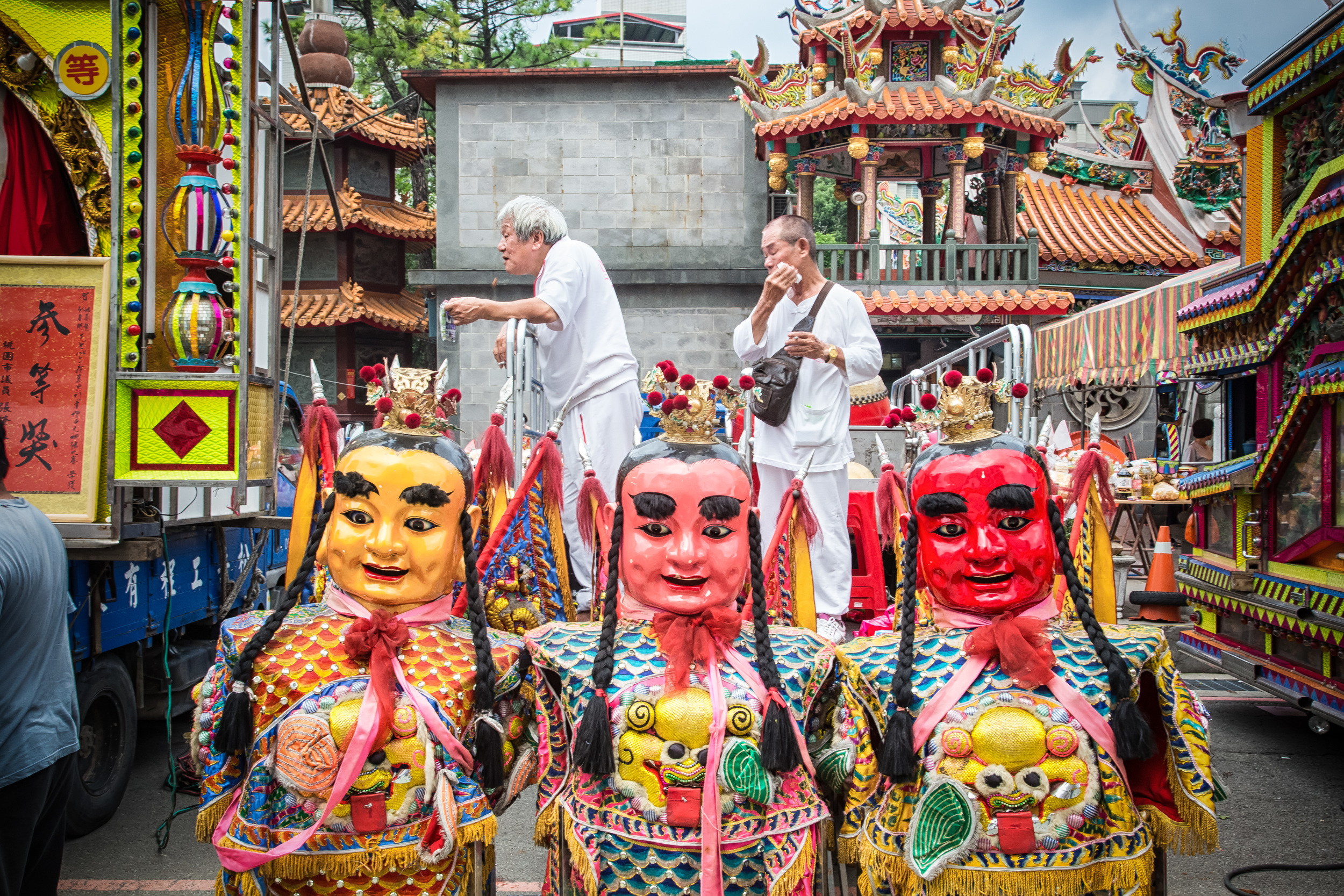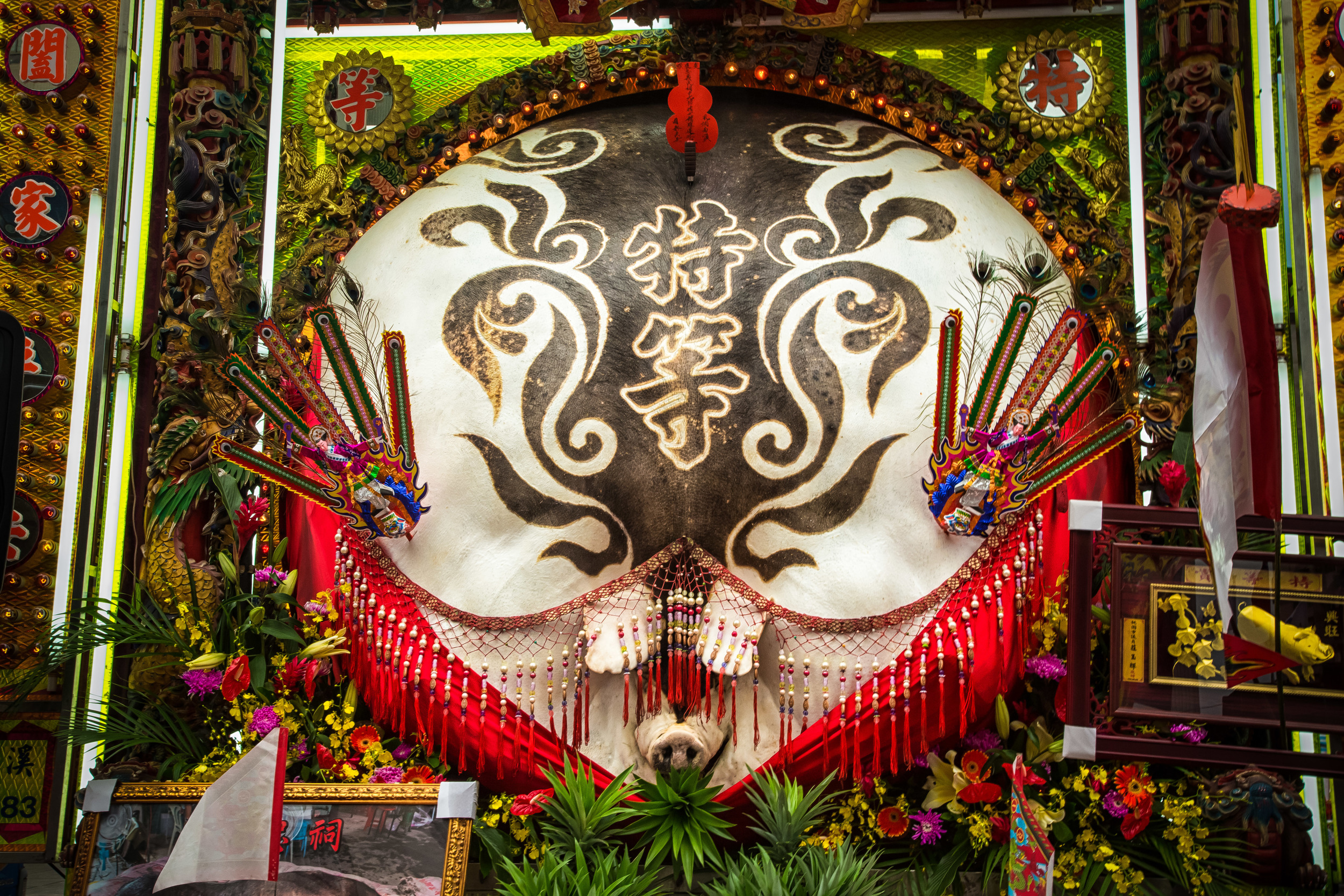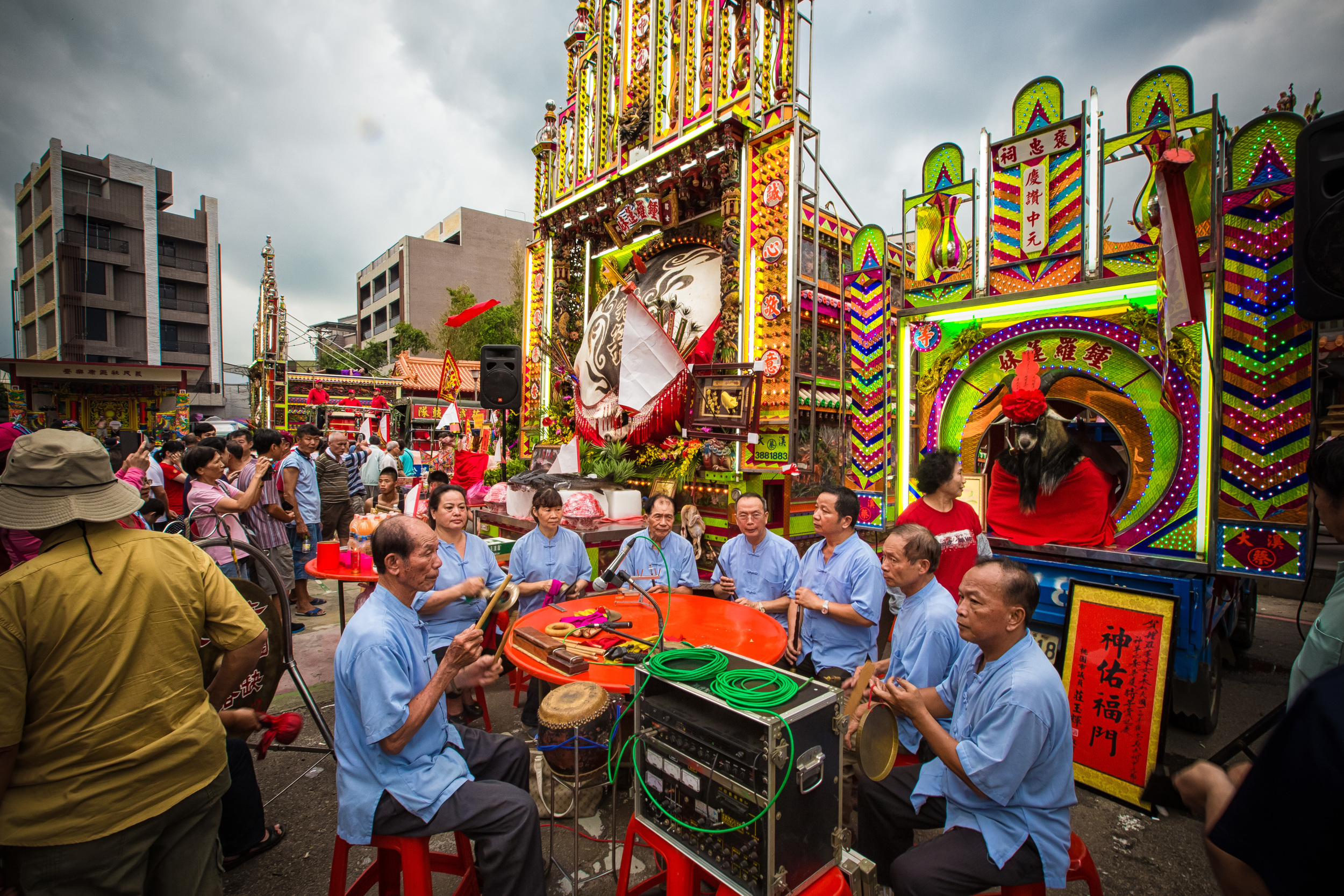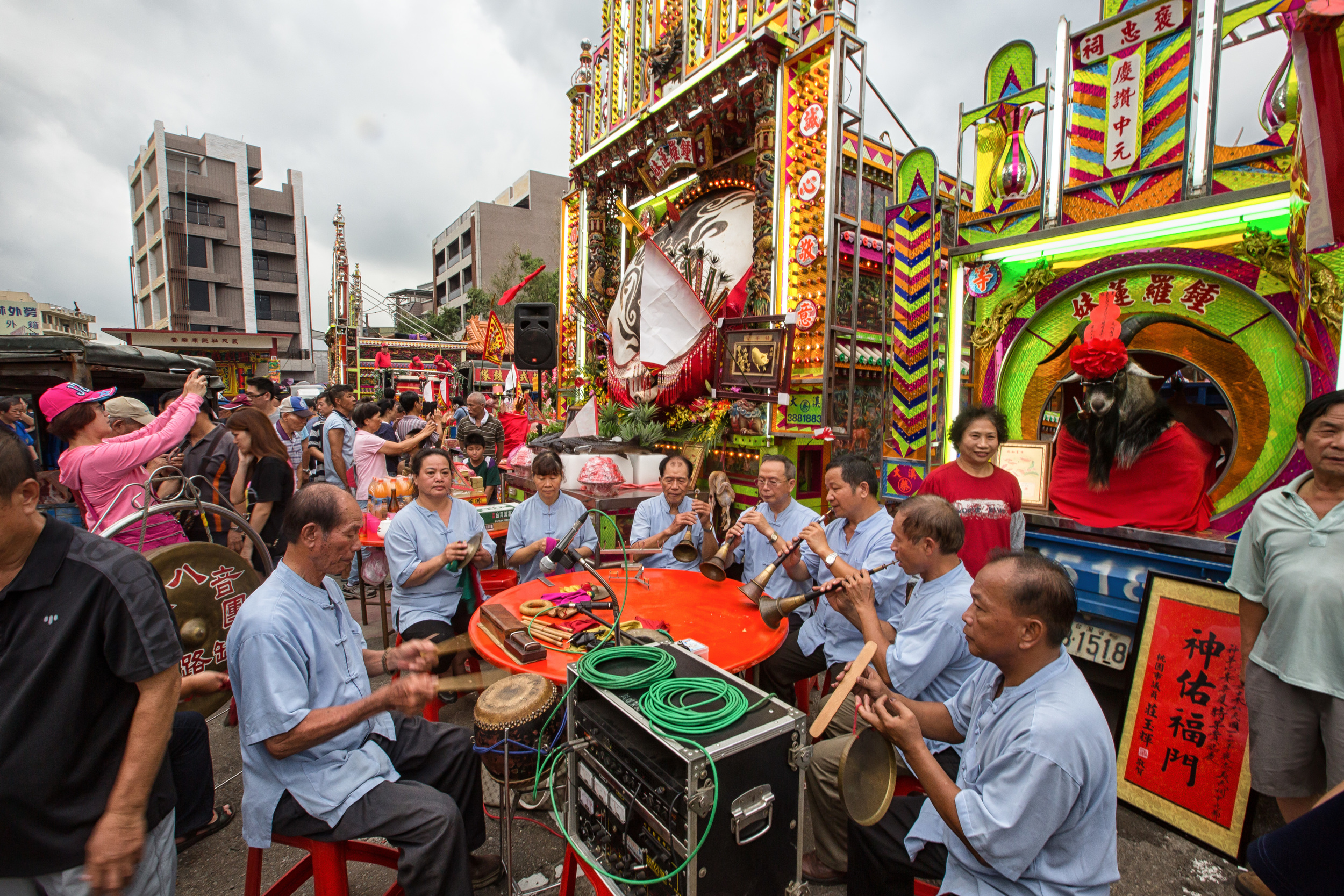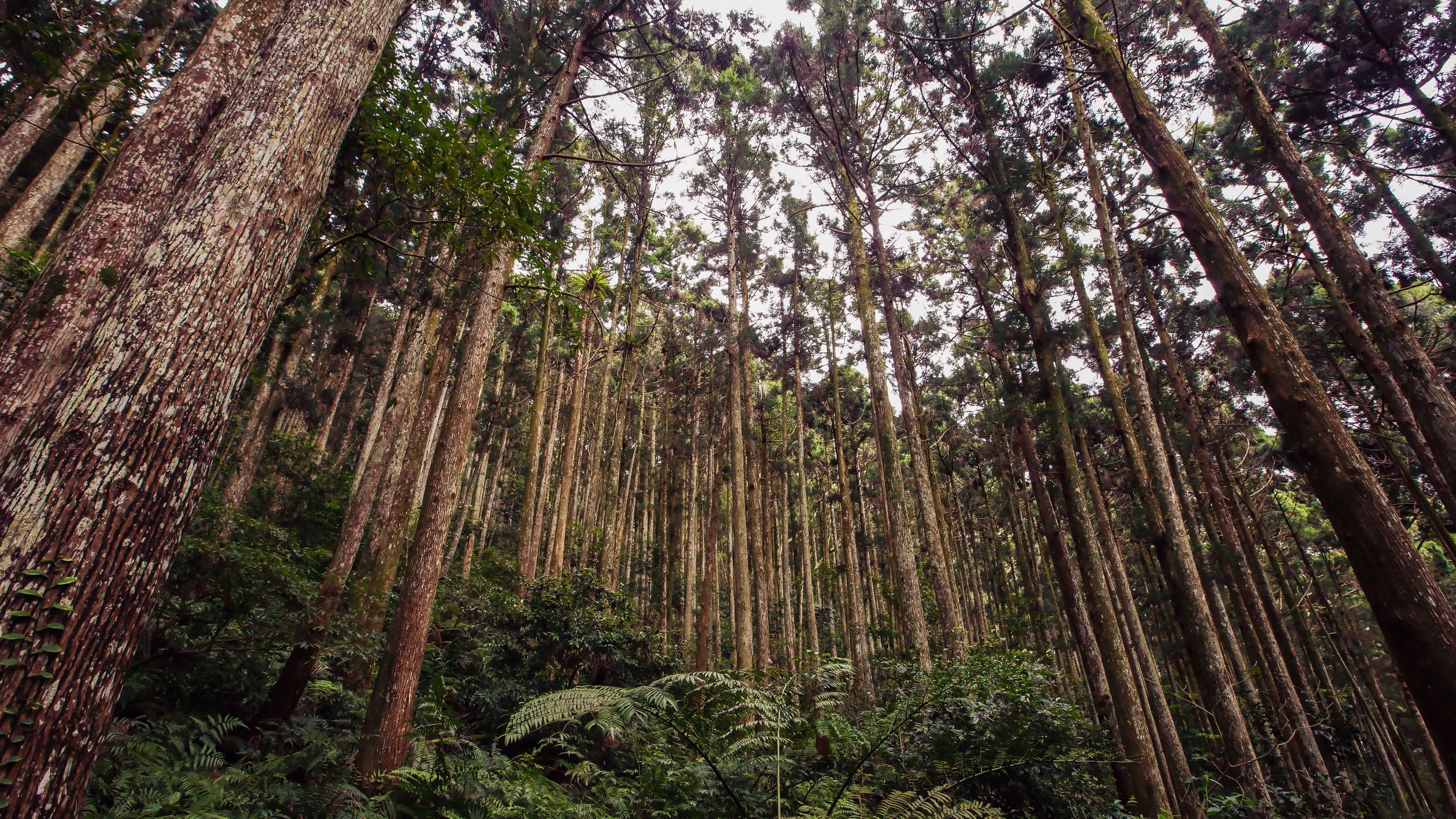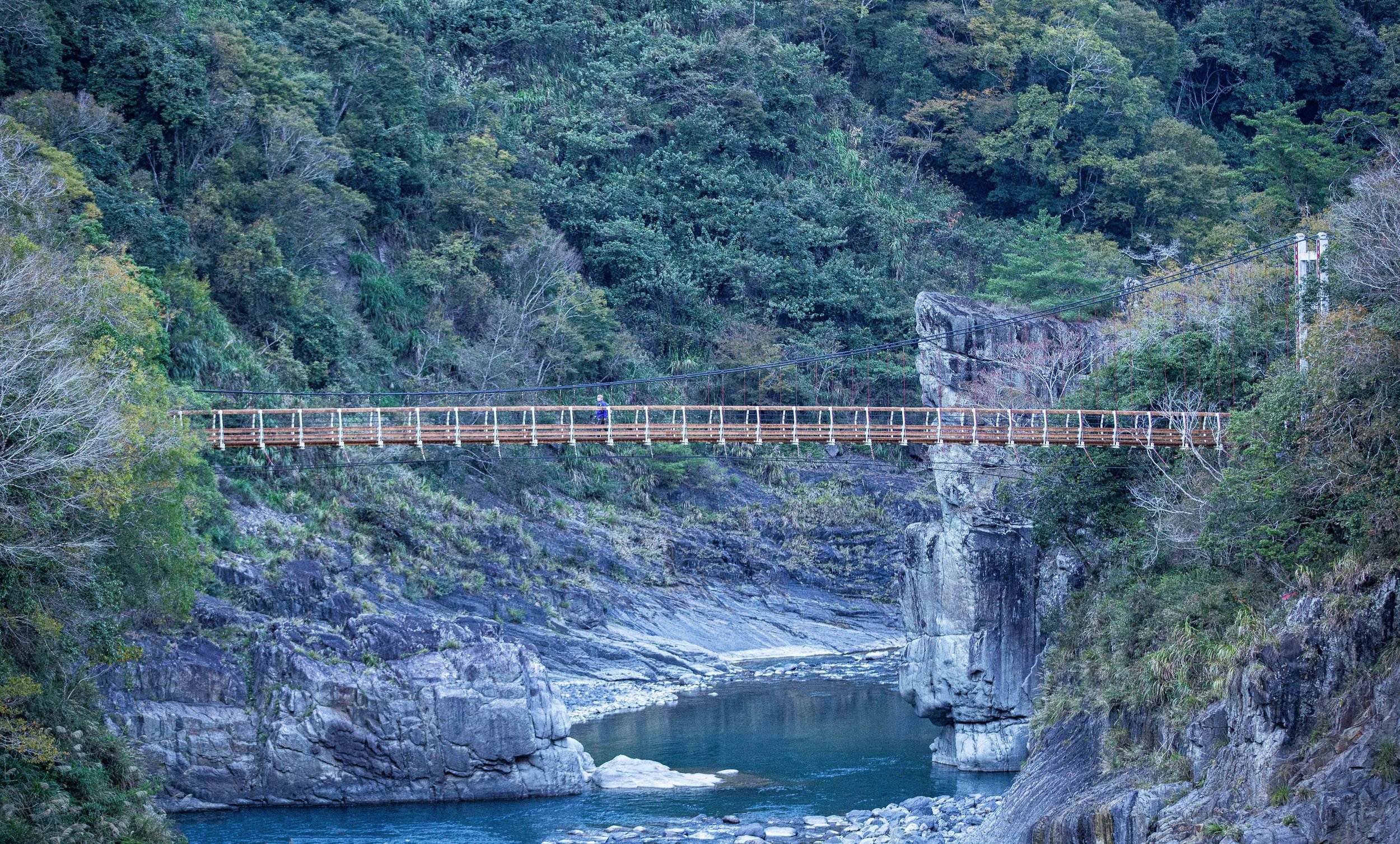Ghost Month wrapped up last weekend and now that it is over we can all breathe a sigh of relief as the ghosts have gone back to the underworld. For the less superstitious among us, we can also breathe sigh of relief, as people won't be burning things as often and you'll be able to enjoy some fresh air!
As I mentioned in my previous post about the Sacred Pigs, Ghost Month is probably the most confusing time of the year for foreigners in Taiwan. There is so much going on in terms of Taiwanese culture and ancient religious traditions that it seems like everywhere you go there is something cool is happening.
It is easy to be a silent observer when these things happen, but if you try really hard to actually understand the complexities of the tradition surrounding Ghost Month, you might cause yourself a bit of a headache.
I recently celebrated my ten year anniversary of being in Taiwan, and I can honestly admit that even now, as a fluent speaker and having studied Taiwanese culture for years, I still have trouble understanding everything that is happening around me.
I'm not saying that it's impossible to understand, and I'm sure there are people who could better explain all the aspects of Ghost month, but I'm sure they probably have a doctorate in Taiwanese anthropology.
A few day before Ghost Month ended, I headed to see the 'Doorway to Hell' in Keelung to get a last glimpse of the open door before the Ghosts would be ushered back to hell or wherever it is that they're supposed to go.
The doorway to hell, or the Ghost Door (鬼門) is housed in a temple in Keelung city. The temple which is named Lao Da Gong Temple (老大公廟) is quite a large one, but also quite a bit out of the ordinary as far as temples go. When Ghost Month rolls around, the outside of the temple is decorated with well-over a thousand lanterns and make the temple look really cool.
The inside of the temple is actually not as ornate as most typical Taoist temples are throughout the country and it actually seems to be somewhat plain-looking as far as that goes. My guess though is because the temple houses the doorway to hell and because so many people in Taiwan are superstitious that they don't often visit. The temple tends to be its busiest during ghost month where it attracts most visitors who come to make offerings to the spirits of those who passed away without the opportunity of being honored by their family, known better as the ‘angry ghosts’.
The Gates of Hell happen to just be a small hole in the wall to the left of the main shrine of the temple. It is just a narrow door with a lot of calligraphy inscribed both around the door and on the inside. On the day that the gate opens, hundreds, if not thousands of people will come to the temple and the news media will park their cameras in front to offer a live feed to the nation of the gates opening.
I attended the ceremony a few years ago (check the shots on my flickr here) and I have to say that despite all the fanfare, it was actually a little boring considering nothing actually happened when the gate opened. Although, I'm sure really sure what I expected to happen.
After shooting at the temple, I made my way back over to the downtown core of Keelung and walked up the mountain next to the harbour where you will find the popular Zhongzheng park (中正公園.)
On top of the mountain there is a temple/alter (主普壇) dedicated primarily to Ghost Month which means that the temple is more or less a museum for eleven months of the year. The temple has been used for almost 200 years during Ghost Month celebrations and attracts most visitors during late August and July.
Despite visiting a few days before the end of Ghost Month, the temple was still lit up and preparations had already started for the celebration that would take place on the weekend. If I had shown up on the actual last day of Ghost Month, the front of the temple would have long lines of tables set up with offerings for the ghosts and people would show up en masse to honour their ancestors.
This year, I decided that instead of getting in the thick of things with thousands of people, that I would visit a few days earlier to get the shots I wanted. I enjoyed the day in Keelung, which was strangely a sunny day (it rains around 300 days a year there) and enjoyed the lack of people crowding up my shots! I did miss the atmosphere of the celebration however. Unfortunately I wasn't able to attend this year as I had other things to do.
With Ghost Month finished, Moon Festival (中秋節) will soon arrive and it will be time for more cultural activities, barbecues, moon cakes, eating pomelo and a week or so later Double Ten Day, the National birthday of the Republic of China (Taiwan) will be taking place. It's going to be busy over the next few weeks and I'll have quite a bit to shoot!
If you're in Taiwan, I hope you're enjoying the Fall weather and since Moon Festival and Double Ten Day are coming, that you will enjoy your time off and enjoy some of the celebrations!
If you have any questions, comments or criticisms, be sure to comment below.
Gallery / Flickr (High Res Shots)
